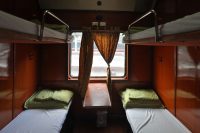 Welcome to the second instalment of the latest Brian’s Travel Spot, the occasional series in which I catalogue my travels by means other than the coffee shops I visit. This trip began just over a week ago, when I flew to Vietnam, a new destination for both me and the Coffee Spot. Since then I’ve been in Ho Chi Minh City (Saigon as was), first exploring the city (through the lens of its speciality coffee shops), then attending a week-long meeting for my day job.
Welcome to the second instalment of the latest Brian’s Travel Spot, the occasional series in which I catalogue my travels by means other than the coffee shops I visit. This trip began just over a week ago, when I flew to Vietnam, a new destination for both me and the Coffee Spot. Since then I’ve been in Ho Chi Minh City (Saigon as was), first exploring the city (through the lens of its speciality coffee shops), then attending a week-long meeting for my day job.
Ideally, I’d write things up as I go, letting you know what I made of the city, with regular updates documenting my various adventures/experiences. However, the last year has taught me that combining travel, work, keeping the Coffee Spot regularly updated and writing Travel Spots in real time just doesn’t work. Something had to give and, sadly, it’s the real-time Travel Spots.
Instead, I’ve put together a Travel Spot Page to deal with the whole trip, while the remaining posts in the series cover my epic 36-hour train journey from Ho Chi Minh City to Hanoi ending with my flight back to the UK.
This post covers the first part of my journey, taking the sleeper from Ho Chi Minh City to Danang, while subsequent instalments deal with my time in Hội An and Huế, the final leg of the journey to Hanoi and my flight back to the UK from Hanoi via Ho Chi Minh City, the first time I flew in business class!
Since it’s fairly long, this post is split into the following sections:
- The train itself (the TN2, a sleeper from Ho Chi Minh City to Hanoi)
- Leaving Ho Chi Minh City
- Sleeping on the train
- Arrival into Danang
However, it all starts with some thoughts about planing the journey and why I decided to catch the train. You can read about this after the gallery, which is a view of Ho Chi Minh City seen through its coffee shops.
Regular readers will know that I have prior experience with long distance train travel. Indeed, the Travel Spot was created in order to cover my trip across the USA from Portland, Maine, to Portland, Oregon, which I took almost exactly two years ago. In comparison to that trip, which involved three nights on the train, this one, involving a mere 36 hours on board, is a minnow. However, by any other standard, it’s still pretty epic.
Vietnam is not exactly blessed with an extensive or comprehensive train network. However, if the trains go where you want to go and you’re in no hurry, then, much as it does in America, the train is a pretty effective method of getting around. Vietnam’s main train line connects the commercial and business hub of Ho Chi Minh City in the south with the capital, Hanoi, in the north. The country’s busiest line, it has five departures a day. When compared to, for example, Chicago to Portland (part of my trans-USA trip) where there’s one departure a day, it seems a frequent service. In contrast, though, there are at least 10 trains an hour between Tokyo and Osaka, the Coffee Spot’s previous overseas destination. As ever, it’s all a matter of perspective.
Rather than doing the whole trip in one go, I split the journey roughly in the middle with stops at Hội An and Huế. This involved catching an overnight train from Ho Chi Minh City to Danang (the station closest to Hội An), making the shorter (2½ hour) train ride from Danang to Huế along the most scenic part of the line, then rounding things off with another sleeper from Hué to Hanoi.
Incidentally, this meant that I was pretty much following in the footsteps of Bex of Double Skinny Macchiato, only she cheated (was more sensible; delete as appropriate) and flew most of the way, only catching the train between Huế and Danang (she went to Huế first, then Hội An).
For me, the main advantage of the train is that you get to see something of the country along the way. I also find it much less stressful than flying, although in this instance, flying would have been an awful lot quicker. The train is also comparatively cheap: my ticket from Ho Chi Minh City to Danang (the first leg of my trip) was around 700,000 Vietnamese Dong (including booking fees), or just under £25. Bearing in mind that this included my bed for the night, you can see what excellent value it is.
I booked all my tickets several weeks in advance, using Baolau (as recommended by The Man in Seat 61) This was a straightforward experience and even included an interactive seat map which allowed me to select my seat. The tickets arrived by e-mail: all I had to do was print them out and show the right one to the attendant when I boarded.
Talking of which, you can see what happened when I caught to the train to Danang after the gallery.
The first leg of my journey, from Ho Chi Minh City to Danang, was also the longest, a total of 18½ hours. My choice of train was largely dictated by work (my meeting finished at lunchtime), but this turned out rather well, since the only sensible train I could catch was the 14:40 departure from Ho Chi Minh City, arriving in Danang at 09.10 the following morning.
A word about Vietnamese trains. They’re not the most modern in the world, but they get the job done. Each train has a mix of sleeper and standard carriages, with the precise details depending on the specific train. For more details, see the excellent The Man in Seat 61 website.
I travelled on Train TN2 in the most expensive class, a four-berth sleeping compartment which I ended up sharing with three teenage Vietnamese, two girls and a boy. Our carriage was near the back of the train, consisting of seven compartments, each with a sliding door which can be locked from the inside. These open onto a long, connecting corridor along the right-hand side of the train with a toilet at one end. There’s also a sink down here (with a kettle) next to a small room for the attendant (one per carriage).
The compartment is fairly sparsely equipped: there are four fixed bunks, two on each side. There’s adequate storage space for your luggage beneath the two lower bunks, while if you’re in one of the upper bunks, you can use the large space over the top of the door (although you have to get it up there in the first place). A single table, more of a projecting slab, sticks out between the two lower bunks, taking up maybe a third of the width of the compartment. When it comes to sitting, you’re stuck with perching two-by-two (or three-by-one in our case) on the lower bunks or squatting, cross-legged, on the upper bunks.
I was rather pleased with my choice of a lower bunk. Compared to many sleeper trains I’ve been on, the upper bunks have plenty of headroom but getting up and down is a real challenge. There are no ladders, just a footrest maybe a metre off the floor and a handle maybe two metres up, with the bunk itself about 1½ metres up. Getting up and down involved a rather acrobatic procedure which the teenagers managed with an athletic grace. I shudder to think what a struggle I would have had getting up, while getting down would have been even worse!
Having a lower bunk also gave me de facto squatters’ rights to a seat by the table/window, vital for getting this Travel Spot written. It also improves the view no end: while you can sit on the upper bunks, don’t expect to see much from up there! That said, sitting on the bunk for any length of time was uncomfortable. The bunk itself is quite hard (more on this later) and while you can use the pillow as a back rest and lean against the compartment wall, you’re then a long way from the table/window. I ended up writing this Travel Spot alternating between sitting up at the table and leaning back against the wall, laptop on my lap.
A few more practical pointers. The carriages are air-conditioned, with the effectiveness of the air-conditioning correlated to the outside temperature (which makes sense). Hence it worked far better during the evening and at night, to the extent that it was cool enough for me to put a jacket on at times! It’s also worth noting that the corridor is air conditioned, just not as well, so it’s a little hotter/more humid out there. A thermometer at the end of the corridor read about 26°C for the duration of the journey.
Talking of corridors, the air-conditioning worked better with the door to the corridor closed. Unfortunately, the door’s a solid lump of wood with no window, which means you can only see out of one side of the train when it’s closed. If, like me, you’re trying to sight see, you’ll want the door open, so be prepared to have to compromise.
Talking of solid things, the train is pretty well constructed, but takes no prisoners. Don’t expect much in the way of rounded corners or padding. There are plenty of sharp edges and protruding bolts to snag the unwary, plus, if you’re tall, beware of the bracket holding up the table! There are a couple of power sockets underneath the table (not nearly enough for four people and all their devices) but nothing helpful like a reading light. Once the sun goes down it’s either all the lights on or all the lights off. There’s also no Wifi, although I wasn’t expecting there to be.
That’s enough critiquing the carriage. What about the journey itself? You can see how I got on after the gallery. If you want to follow along, then ShareMap has an interactive route map.
The first task was to catch the train and, when there’s only one departure every few hours, this isn’t too onerous a job! I just walked into the station, across to the platform and got on the train. More good news is that we left on time, although if you’ve only got five departures a day, that really shouldn’t be too difficult either.
The first part of the journey, through Ho Chi Minh City, was painfully slow. I’d already come to the conclusion, during my wanderings around the city, that the surrounding terrain is completely flat and that the Vietnamese don’t really do bridges. As a result, the tracks run along between rows of houses and across multiple roads, each equipped with a level crossing, all of them, it appeared, manned by someone in a neat uniform.
Slowly the city fell away, although for probably about an hour, we were travelling through an urban environment, with buildings and industry very close to the tracks. After that, the city gave way to countryside, but the views weren’t up to much. Again, being essentially flat, there was no elevation, and frequently all that could be seen was a line of trees or a field next to the train. However, the speed finally began to pick up from a crawl to what I’d describe as a steady trundle, a far cry from the Shinkansen I’d taken in Japan just two months earlier! It was hard to judge just how fast we were going, but I’d be amazed if we ever got above 80 km/h.
There were also frequent stops, either at stations (as well as plenty more stations that we went through without stopping) or to let other trains pass. As far as I could tell, the line is mostly single track, so to let the southbound trains go by, we had to pull in at one of the many passing points, where the line suddenly branched out, usually on my side of the train. Sometimes we’d be the one passing a stationary train, but more often than not, it felt like our train was the one doing all the waiting! Mostly these were other passenger services, but I did see one freight train go by.
After about three hours, things started to open out and, for the first time since I’d arrived in Vietnam, I saw hills. The landscape was very mixed as we headed roughly east towards the coast, sometimes with views out across open fields to the hills in the distance and other times with towns and villages close by the tracks. What surprised me was how familiar the landscape seemed. I’m not sure what I had been expecting, but the trees (although not the occasional stands of palms and banana trees) could have been from anywhere in the British countryside, particularly the regimented rows of an obvious forestry plantation. I was also surprised by the lack of obvious agriculture in much of the countryside, although what I was seeing as large, empty fields could easily have been rice paddies.
About an hour later, there was a lovely, lingering sunset, which came just before we hit the coast, where we turned north for the rest of our journey. With the onset of dusk, the teenagers quickly got ready for bed and, since I was outnumbered, I decided to call it a night as well, particularly as they wanted to switch the lights off.
You can see how I slept after the gallery.
I can’t honestly say I’ve had a good night’s sleep on any sleeper train: there’s always noise and motion, so I always sleep fitfully, a series of interconnected naps more than anything. That said, I sleep better on trains than I do on planes, finding the sounds and motion of the train soothing. On this particular occasion, I had one of my better nights. The bunk, which had been so hard to sit on, was surprisingly comfortable as a bed and, at 6”2’, was just long enough for me. I’d been worried that I might be cold due to the efficiency of the air-conditioning, but as it was, the thin blanket provided was more than enough.
I awoke at five o’clock the following morning in the pre-dawn light, which was pretty magical. Shortly after waking, we stopped to let another train pass, coming to rest next to a series of small fields, dotted with what I took to be tombstones (or they could have been shrines). With a line of hills for a backdrop, it made a nice start to my day.
This particular train had no dining car, but there was on-board catering with at least two trolleys coming past. You can, I believe, also order meals which will be delivered to your seat from the onboard kitchen. However, I lacked the language skills/bravery to try to order anything, making do with food I’d brought ahead of time and taken on the train with me.
Although we were travelling along the coast, the line was a little way back from the sea, following a line of inland hills to the left (west) of the train, which was the view I had. Since the door was shut (to keep the air-conditioning working), I didn’t get to see what was on the other side, but occasional glimpses confirmed that we weren’t right by the coast.
Although the distant, wooded hills were still reminiscent of home and could have many places in Britain, the foreground was anything but. Most of the time, the line was on an elevated causeway, with field after field of rice paddies stretching off into the distance, making a change from the previous day and its lack of agriculture. Even at this early hour, there were people out working in the fields (although in fairness, first thing in the morning is probably the best time to be doing manual labour in this climate!). Also, while there were fields and fields of rice, I saw little livestock. Occasionally we’d pass a handful of buffalo grazing in a field, and once I saw a group of hens, but that was pretty much it.
Although the landscape was almost exclusively rural (we passed one quarry), there was always a house or two by the side of the tracks, with a small village coming along every few minutes. Having said that the landscape might be British, the architecture was definitely not! An example were the frequent groups of colourful graves/tombs, such as the ones I’d seen when I woke up. Sometimes there would be two or three, at other times they would number ten or twenty, but rarely in any organised grouping that I could see.
You can see how the final part of my journey went after the gallery.
About an hour after we got up, my teenager travelling companions got off the train at Quảng Ngãi, having been warned by the attendant, who came along five minutes before the stop to let them know. While we were in the station, we were passed by another freight train, and then we were on our way again.
It’s worth saying a few words about the stations. The bigger ones are well equipped, with cafes and convenience stores, and although we had several long stops along the way, I never felt brave enough to jump out and try to buy something, or even to stretch my legs. Some of the station also had free Wifi: I know this because at some point in the night, my phone logged itself on to one of the Wifi and downloaded some notifications!
Having recently travel on the Japanese Shinkansen, I was struck by the contrast with the manual nature of the Vietnamese railway. As I’ve already noted, every level crossing I saw as manned by uniformed staff (and they were men all, by the way). The passing loops were similarly guarded, with men standing to attention, flags outstretched, giving the train permission to pass. I couldn’t help wondering what they did in the long gaps between the trains.
After Quảng Ngãi, it was another three hours before the train reached Danang and I enjoyed the quiet of the carriage, admiring the scenery as we continued along the line of hills and over several broad rivers (although in fairness to my erstwhile companions, they were very polite and considerate travelling companions).
We arrived at Danang pretty much on time, where I found a car (prearranged with the hotel) waiting to take me to Hội An, although that is another story, which you can read about in the next instalment of this Travel Spot.
If you liked this post, please let me know by clicking the “Like” button. If you have a WordPress account and you don’t mind everyone knowing that you liked this post, you can use the “Like this” button right at the bottom instead. [bawlu_buttons]
Don’t forget that you can share this post with your friends using buttons below.

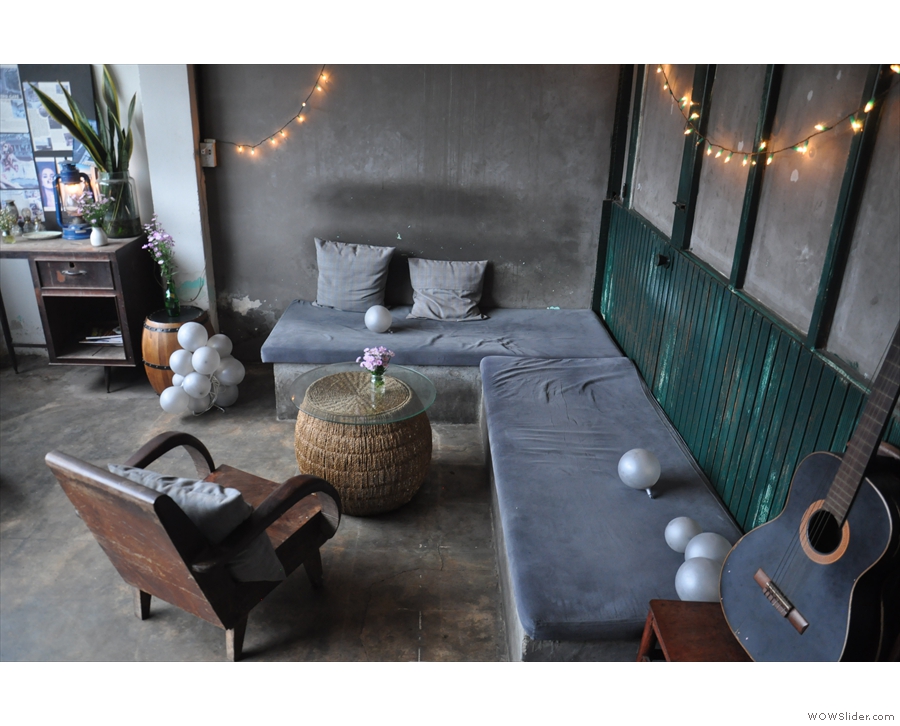

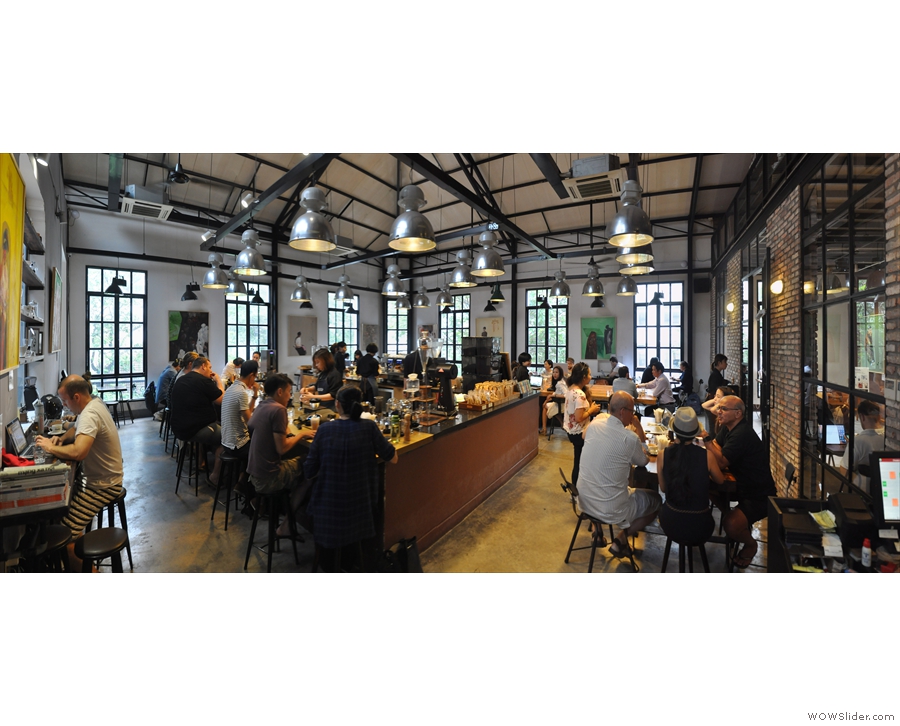
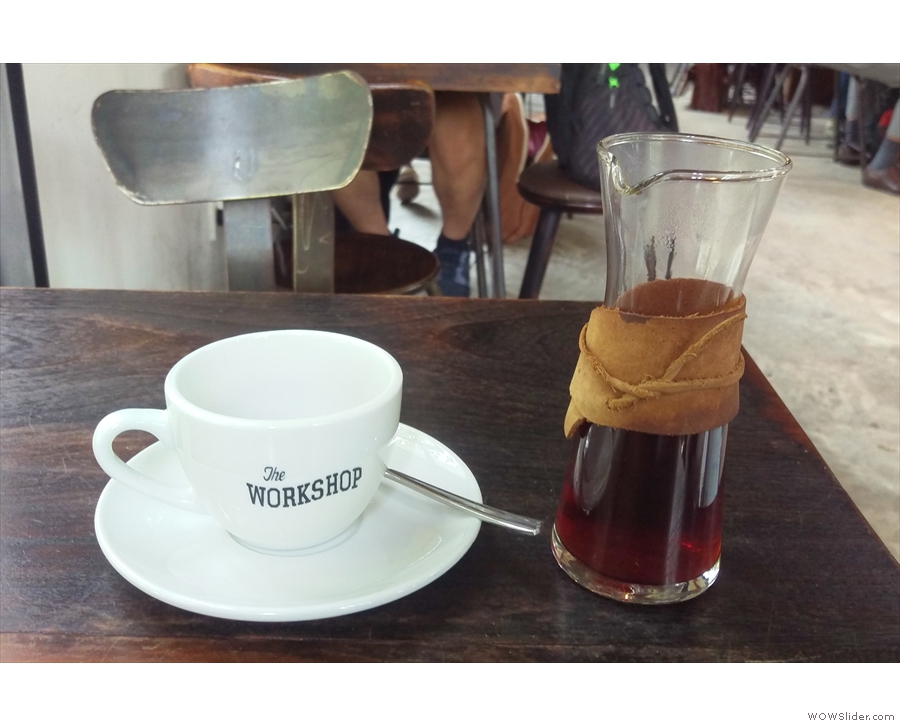
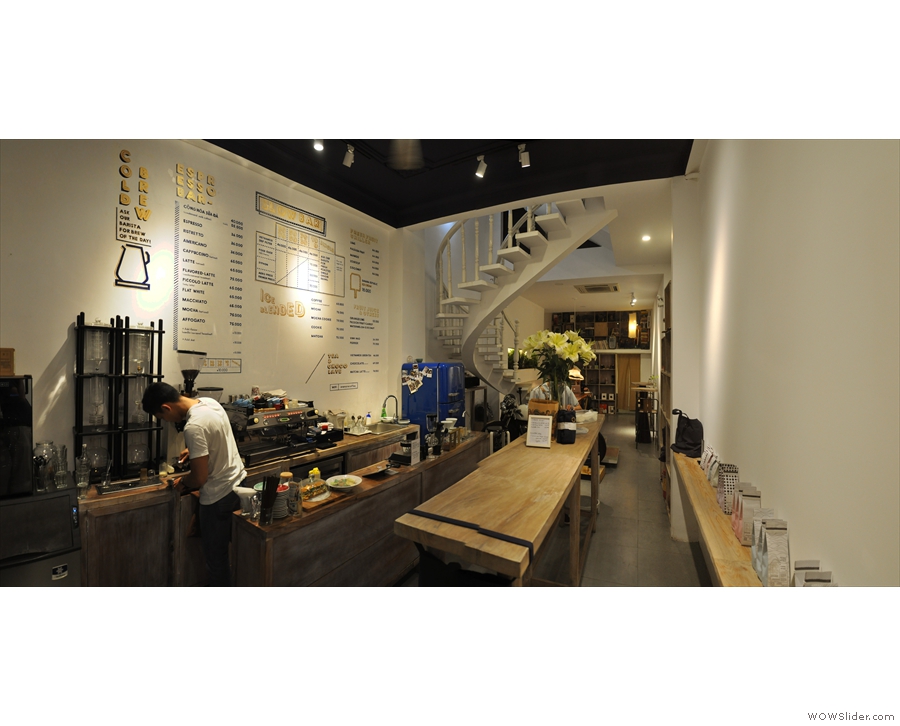

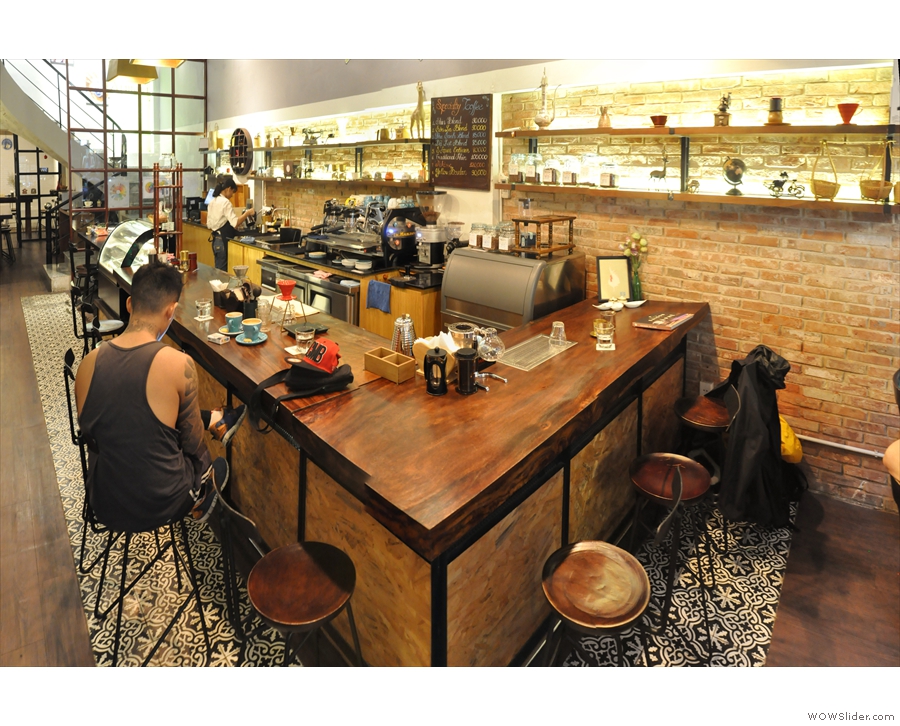

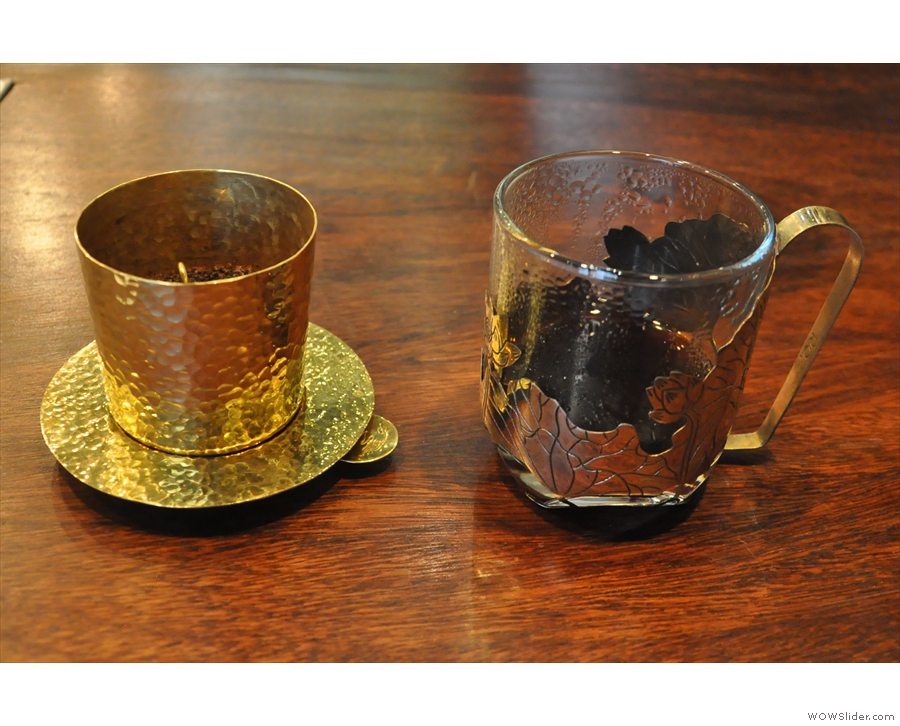
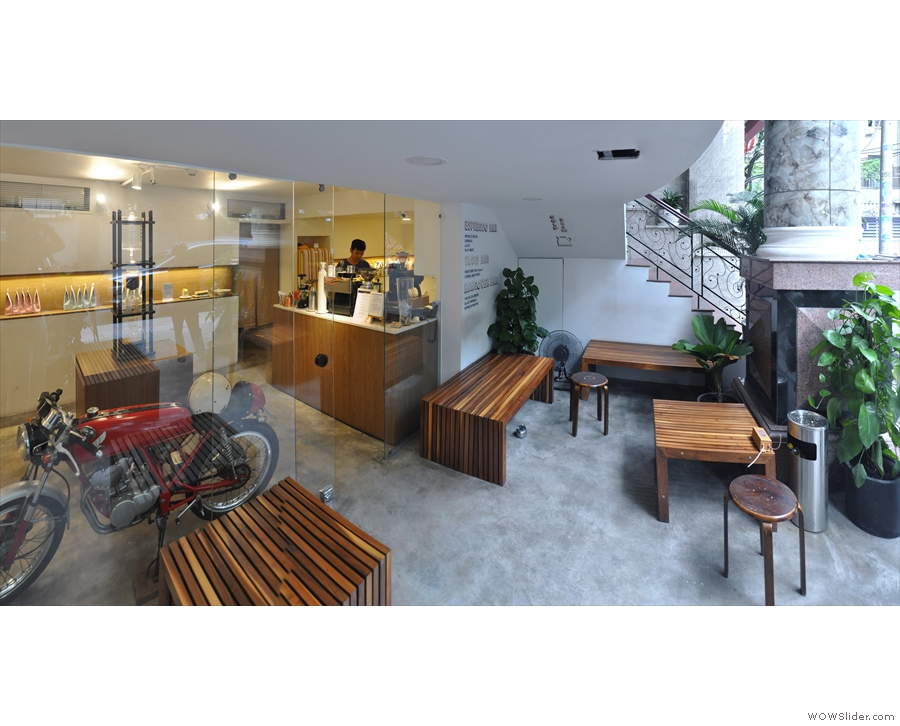

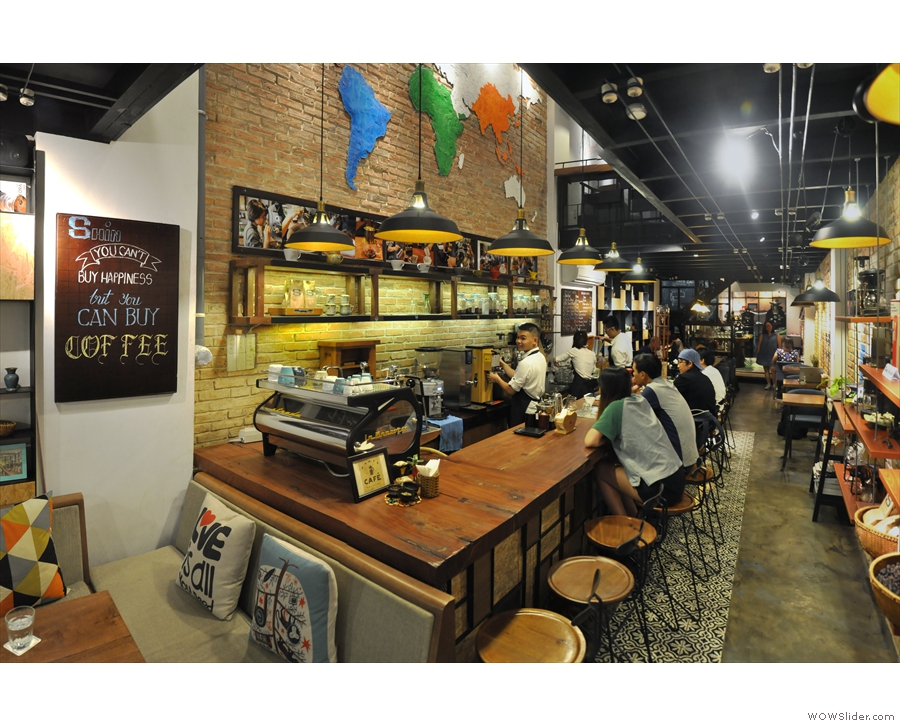
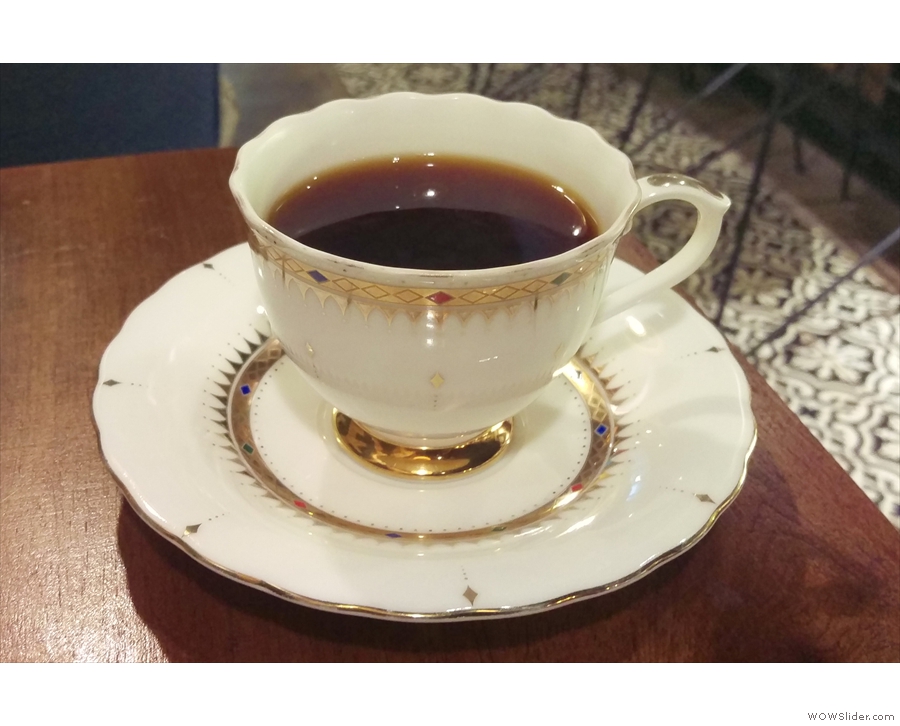
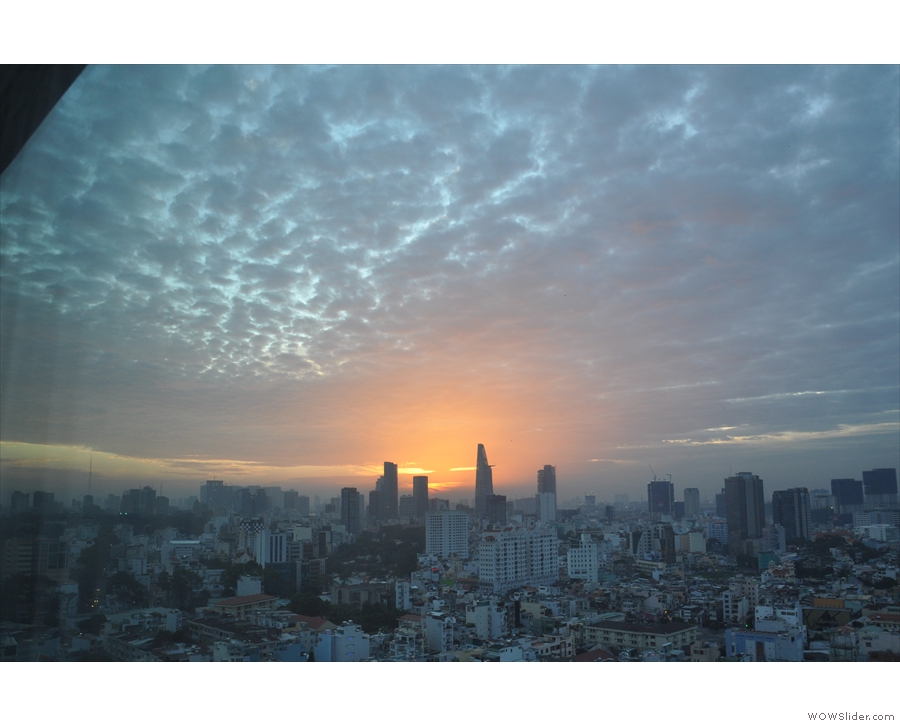
 1
1 2
2 3
3 4
4 5
5 6
6 7
7 8
8 9
9 10
10 11
11 12
12 13
13 14
14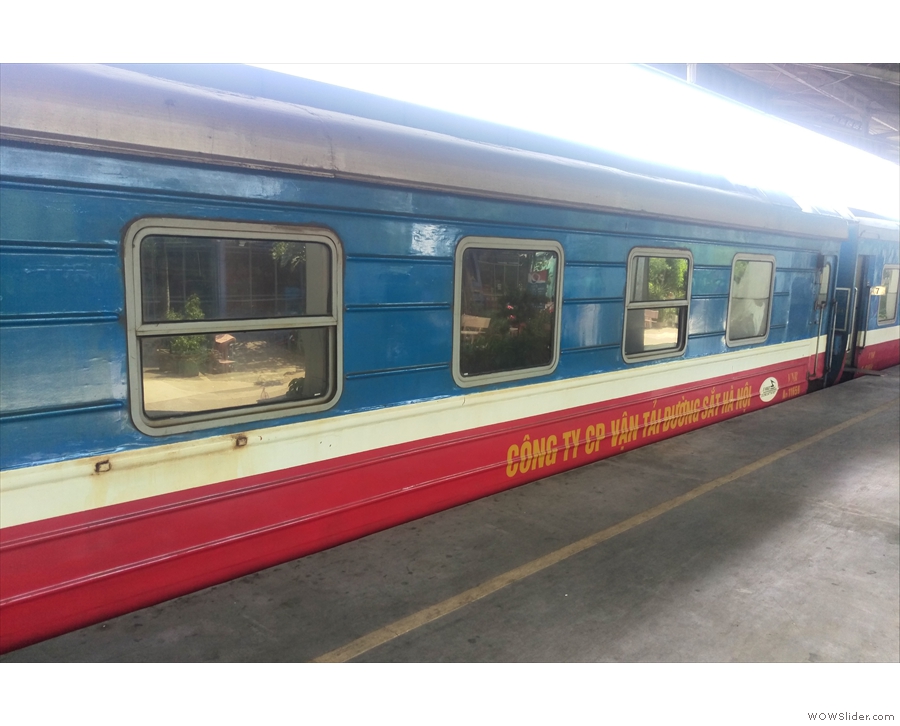
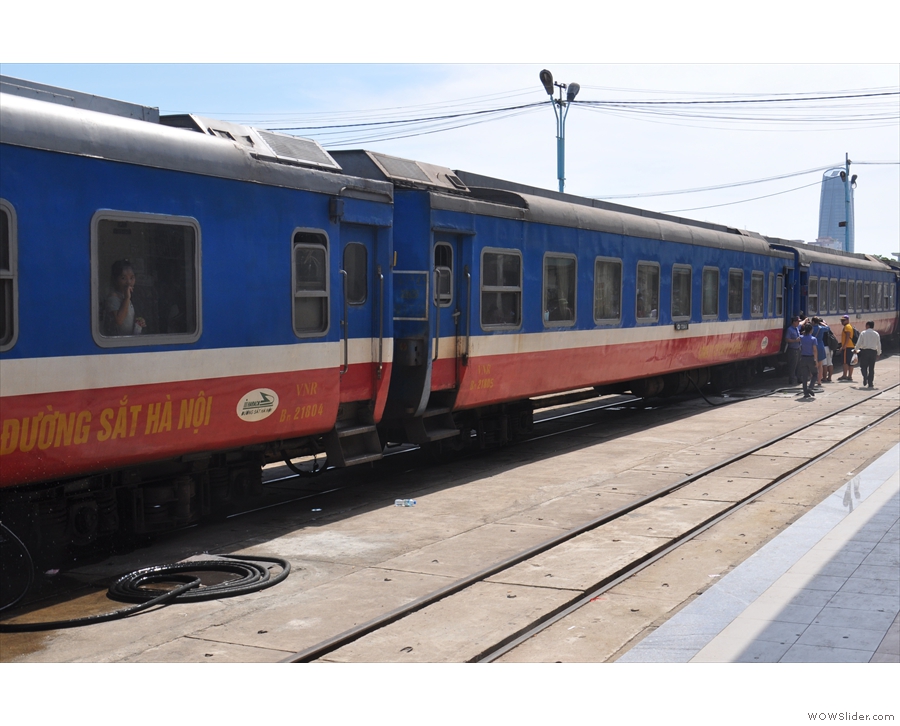
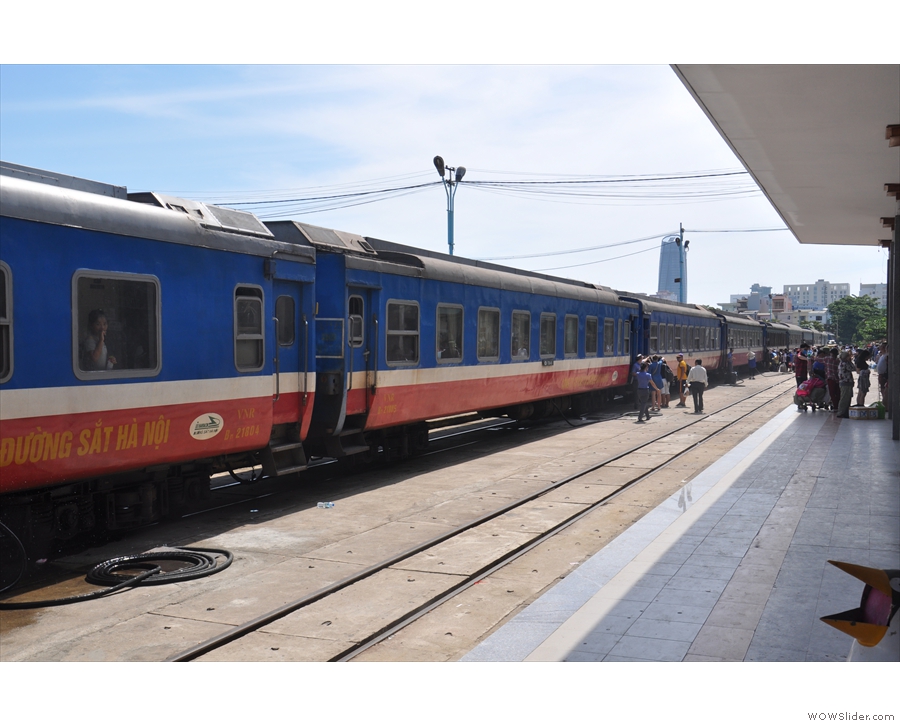
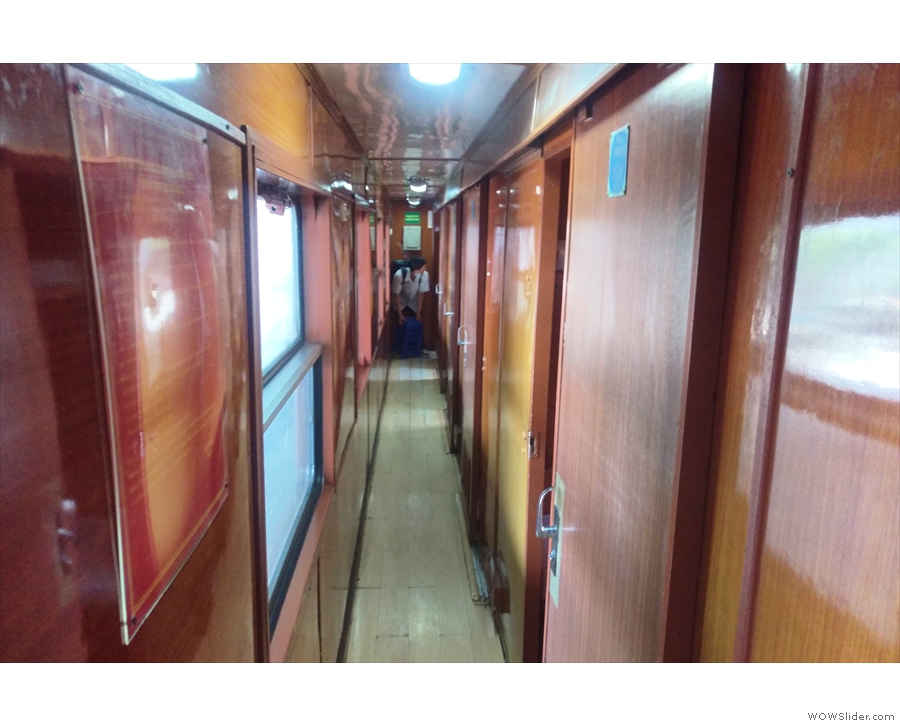
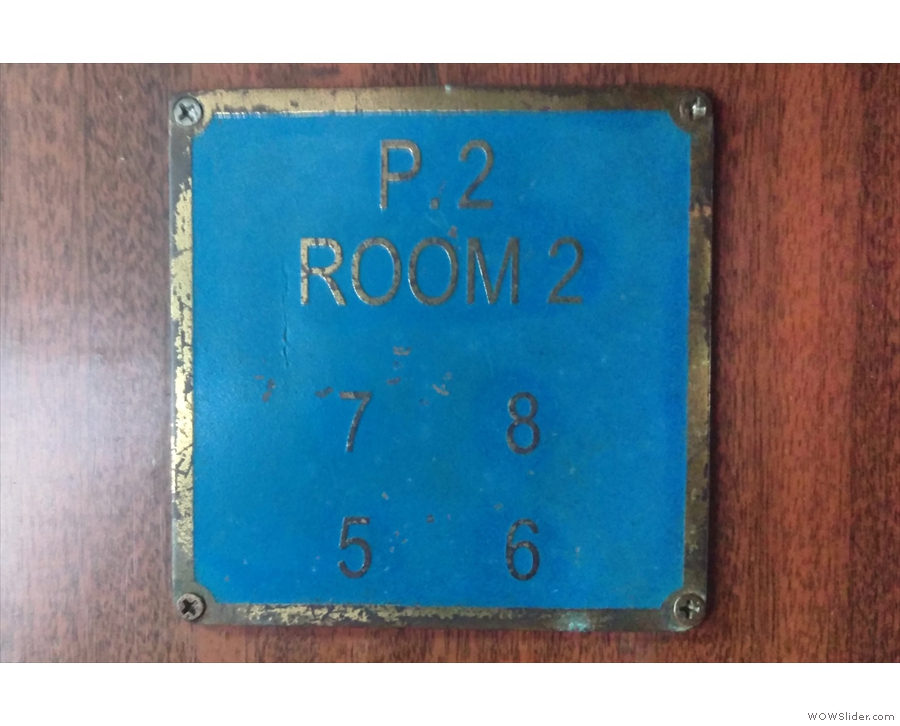

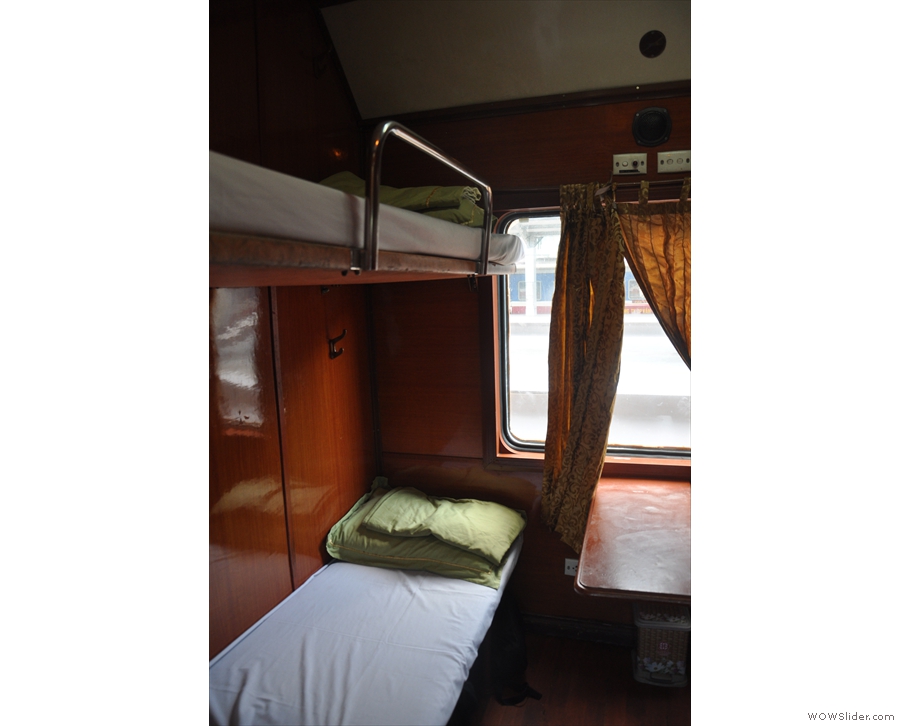
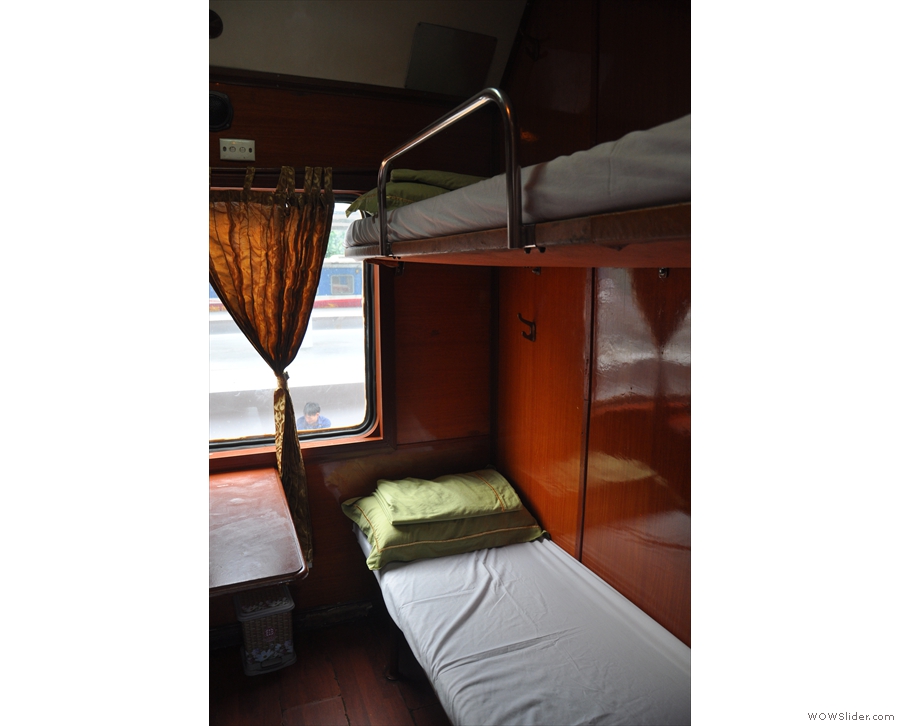
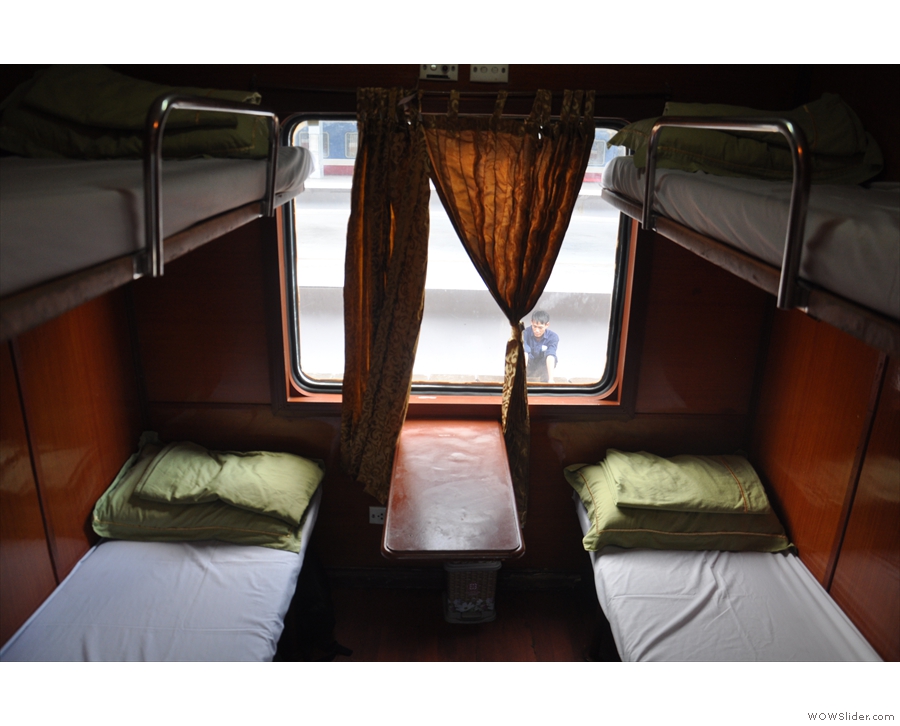
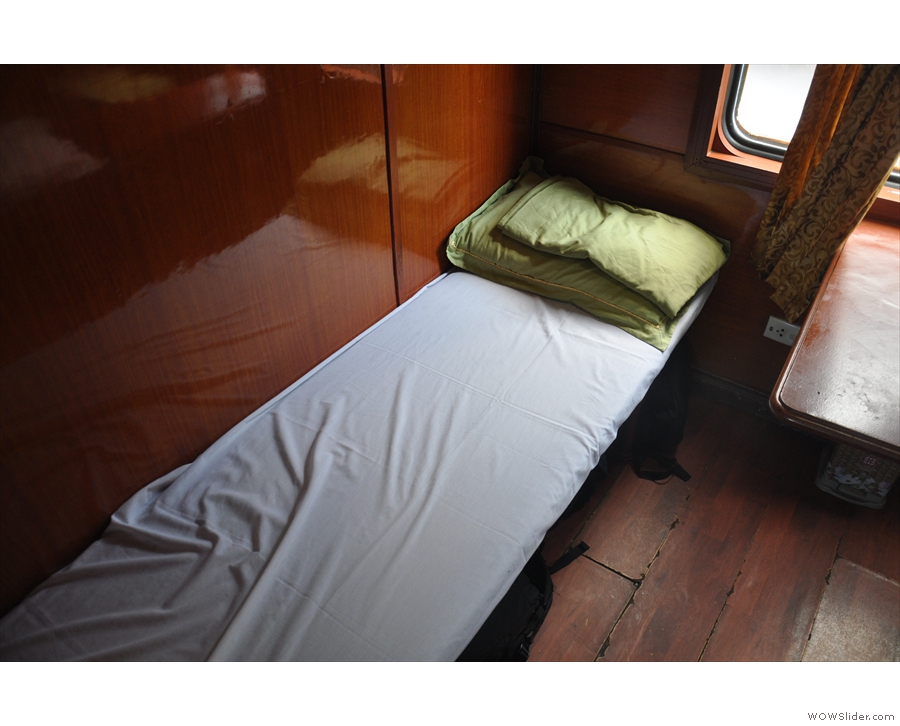
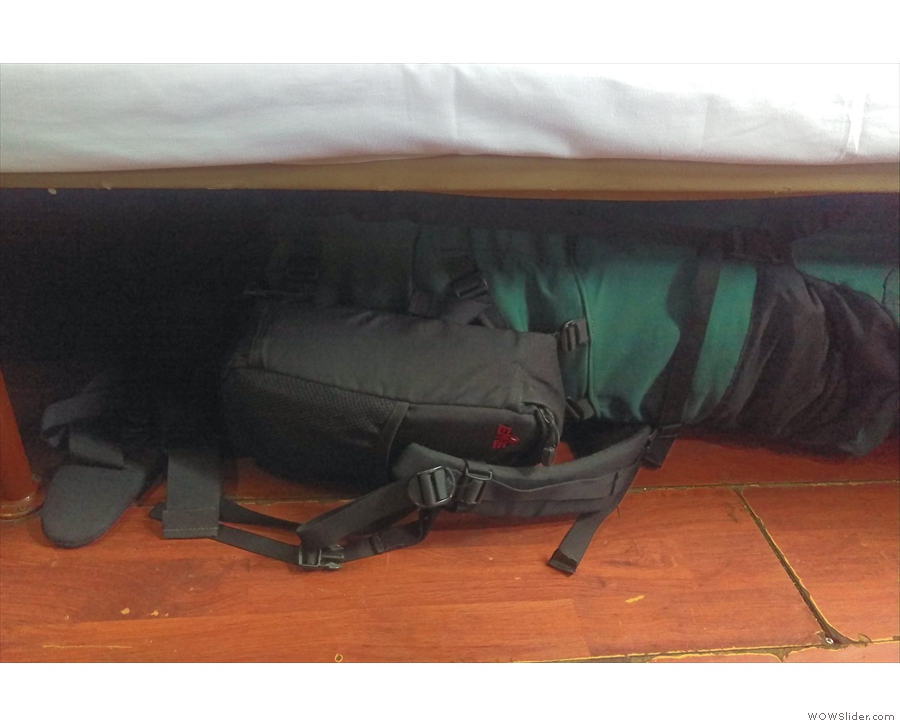
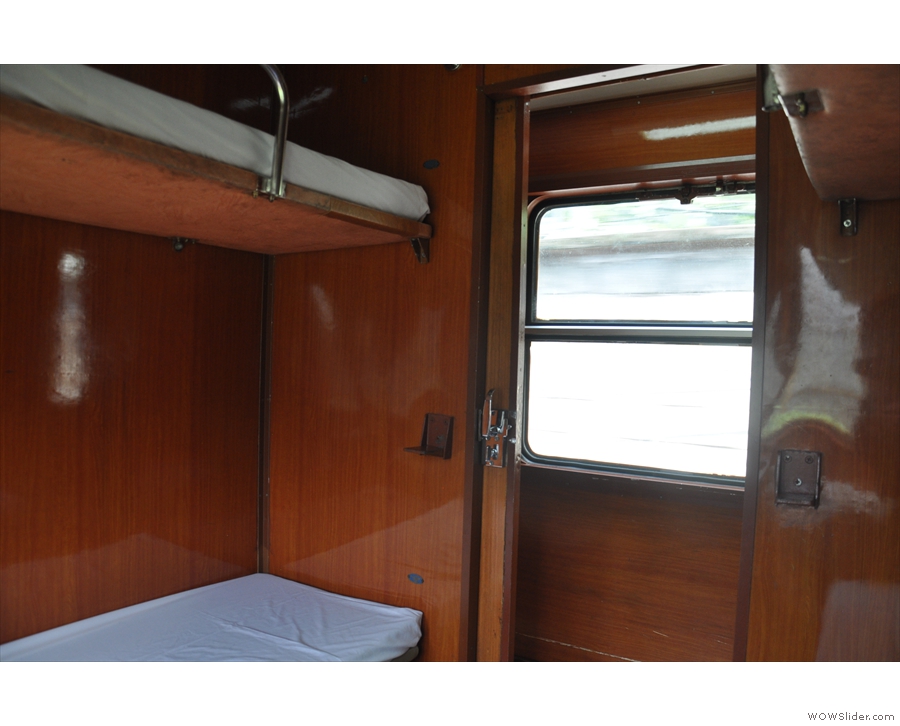
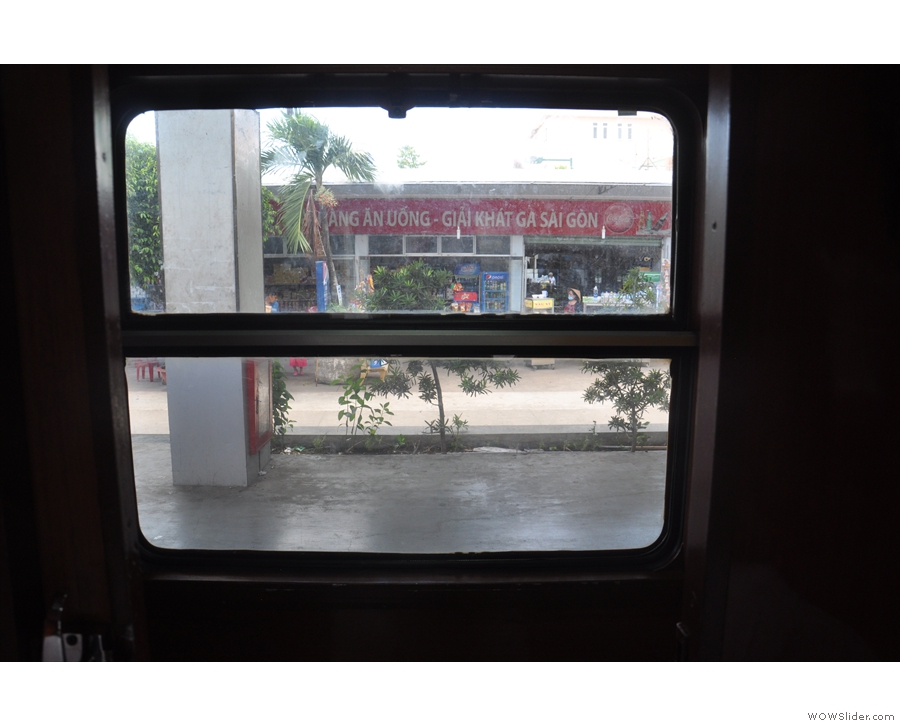
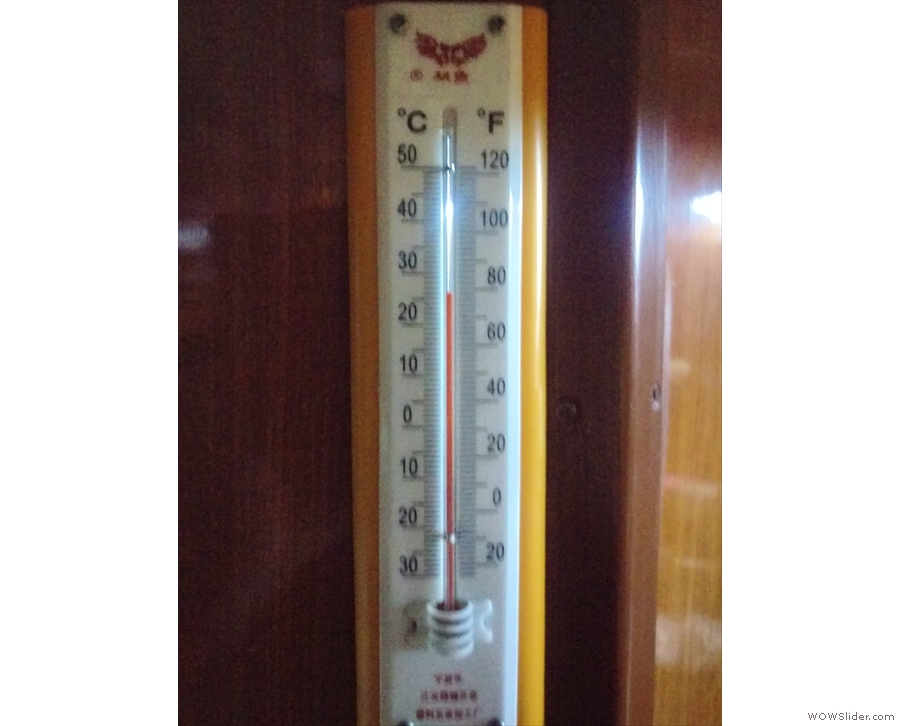

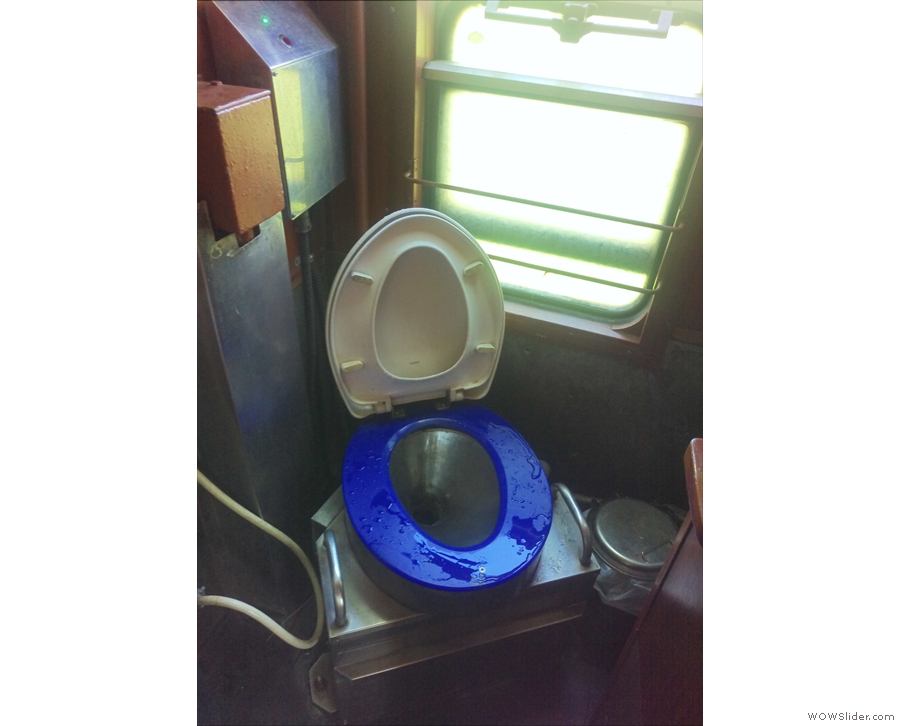
 1
1 2
2 3
3 4
4 5
5 6
6 7
7 8
8 9
9 10
10 11
11 12
12 13
13 14
14 15
15 16
16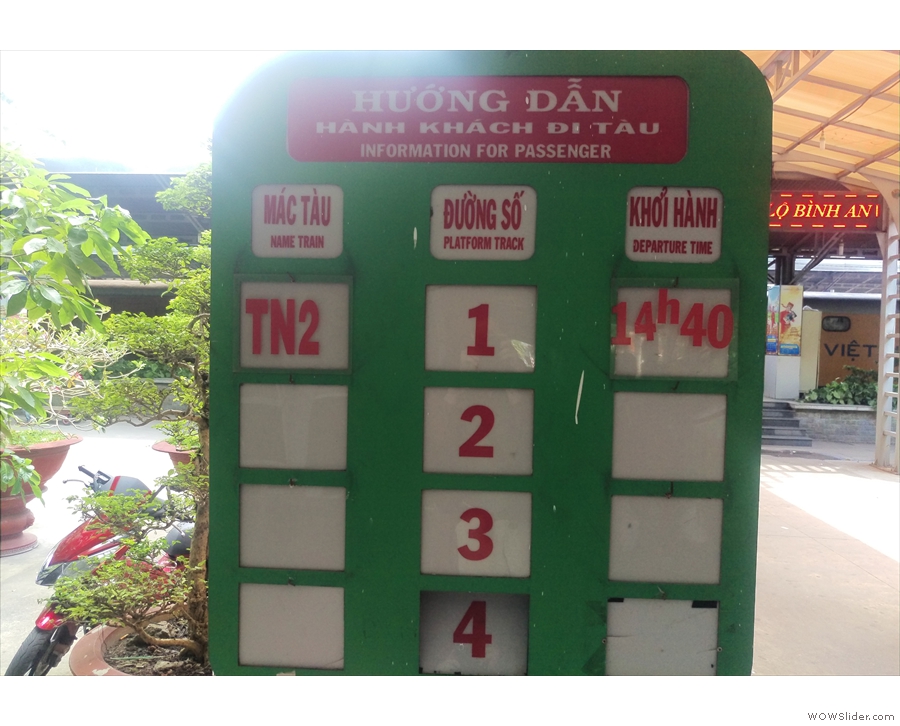
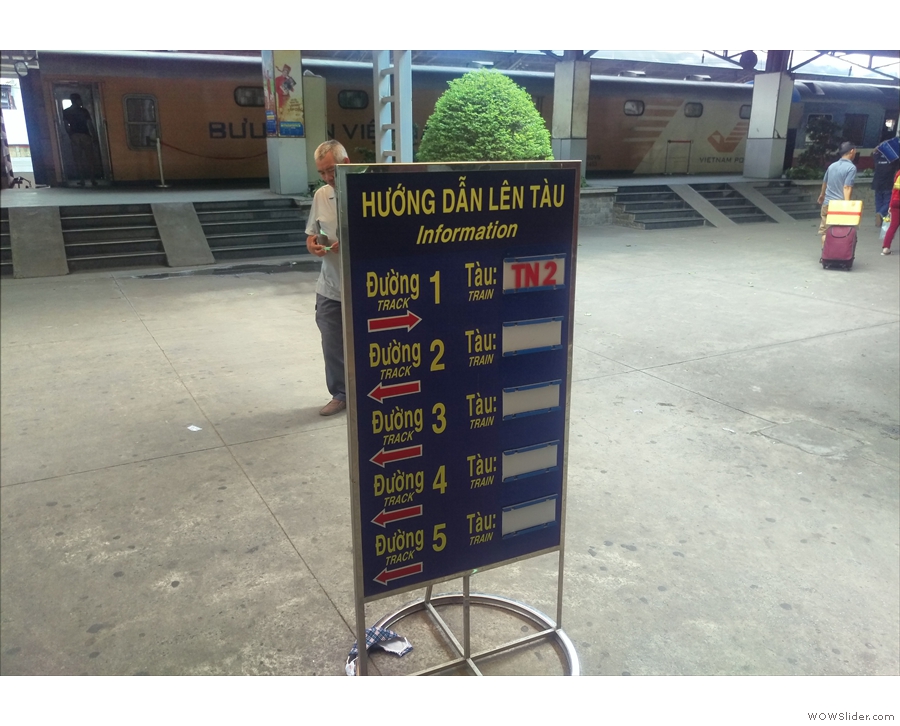
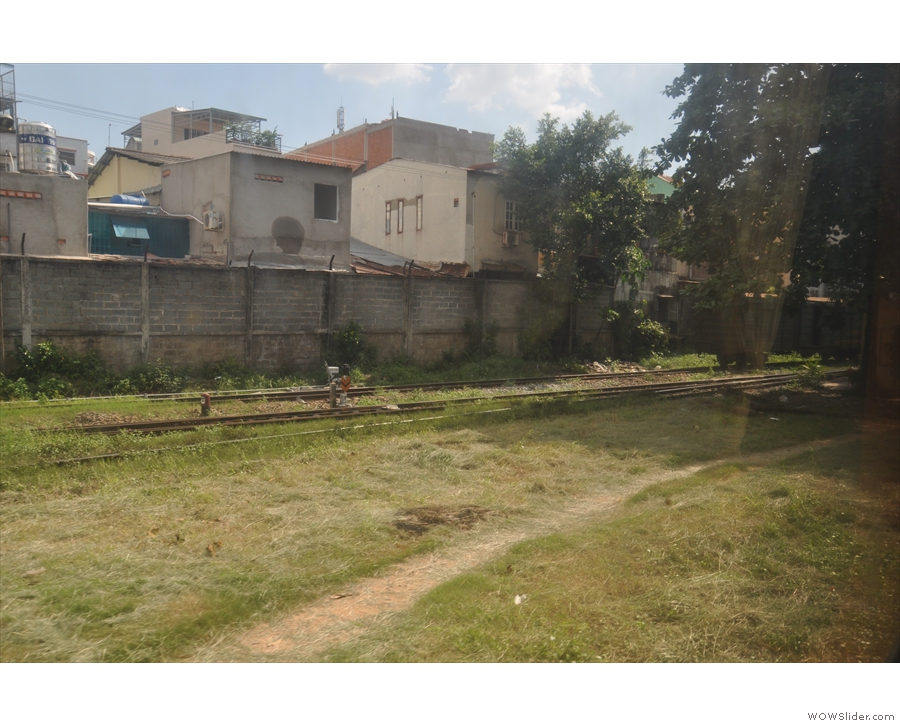
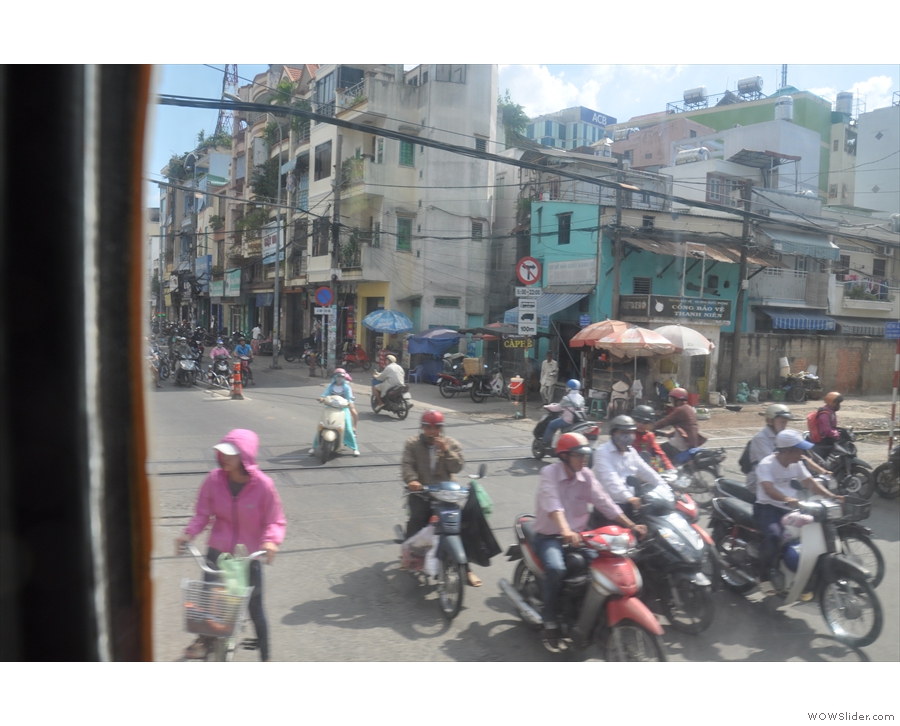
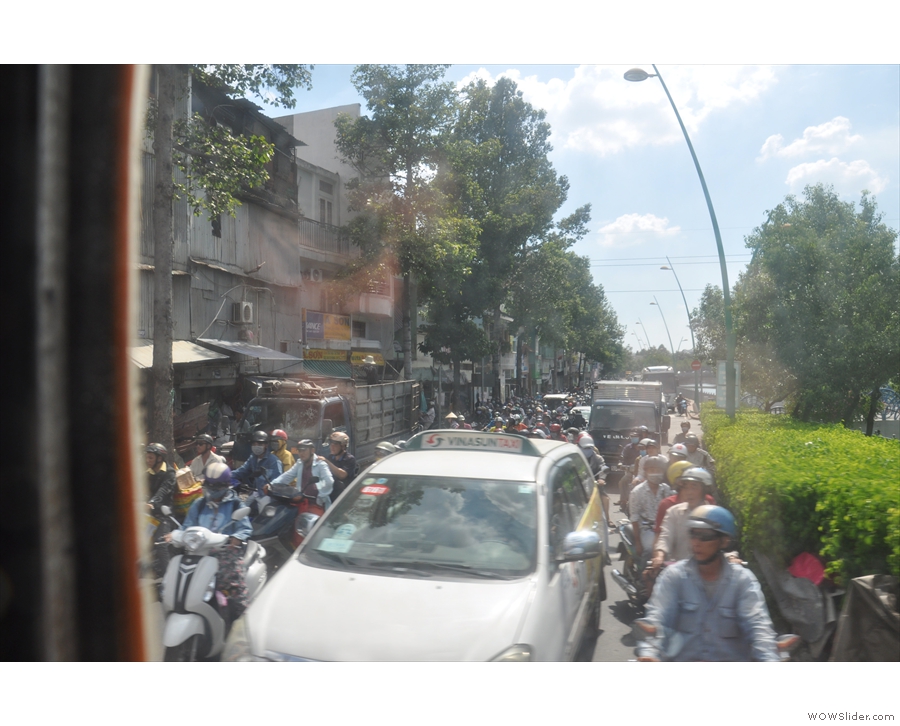
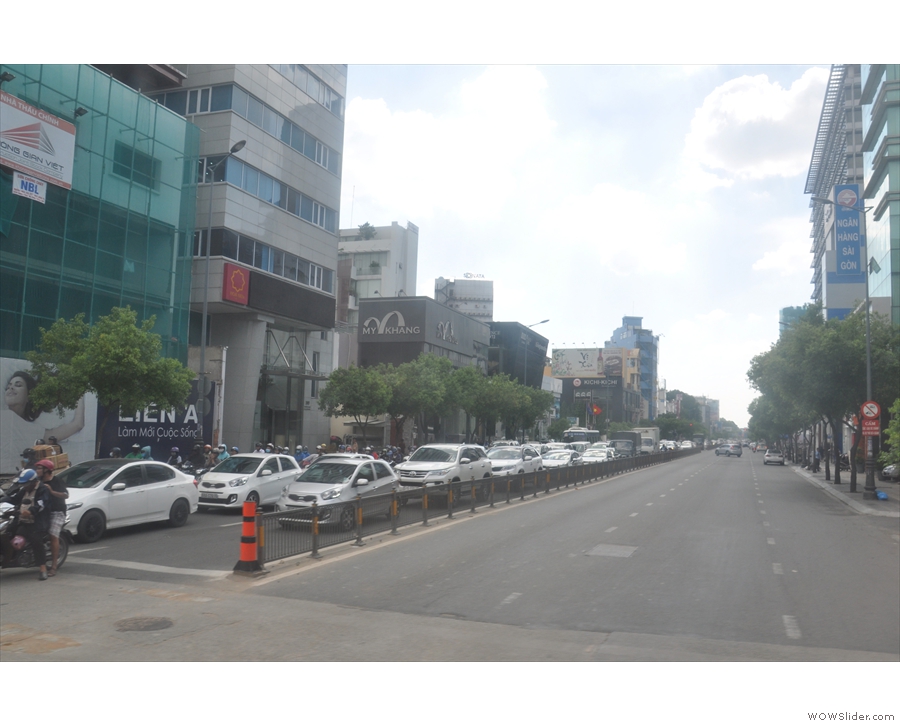
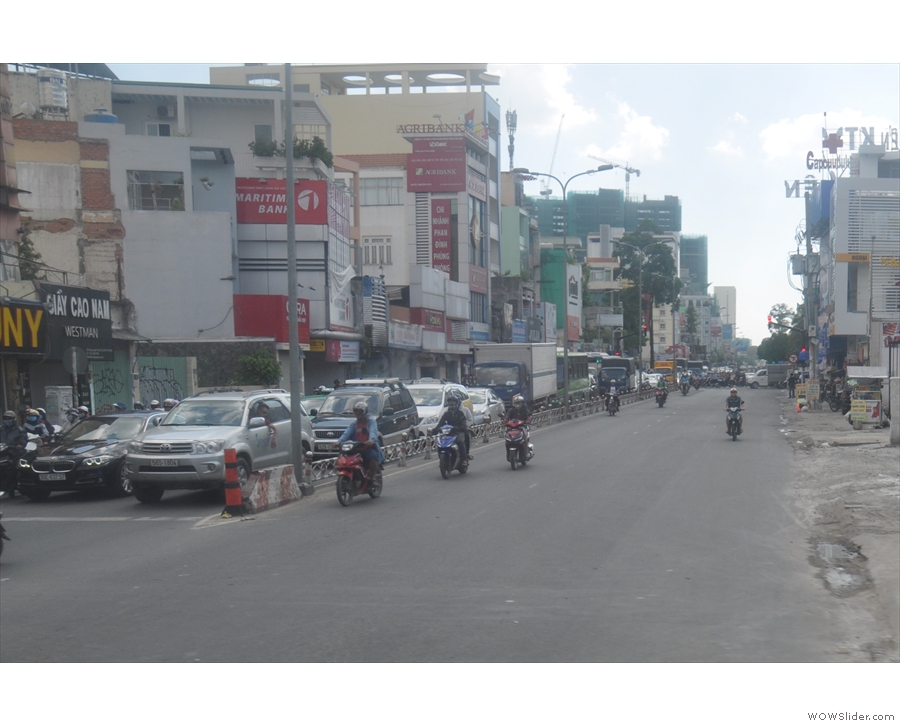
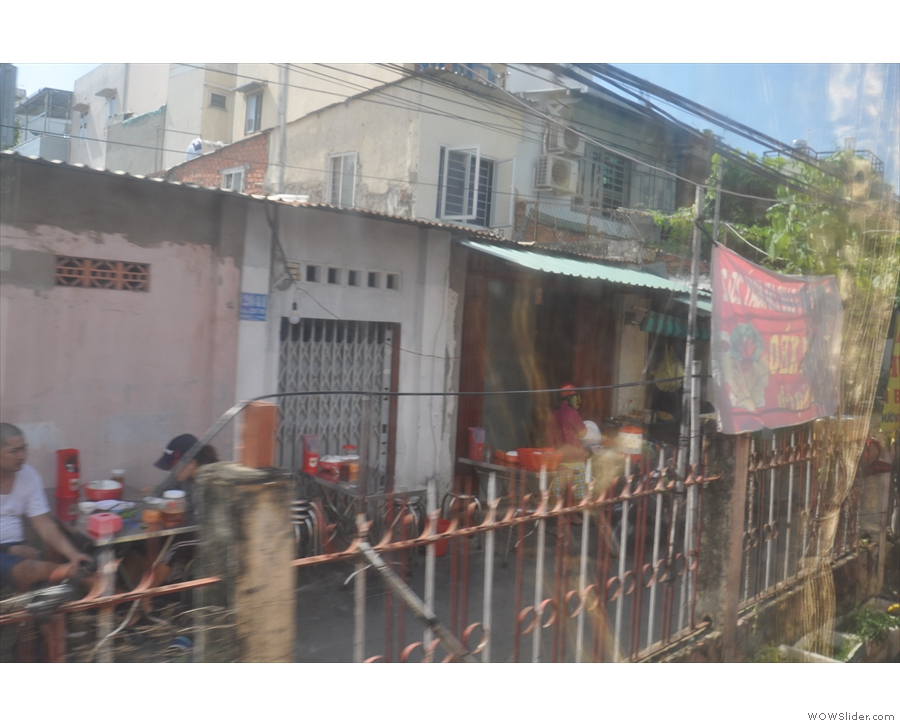
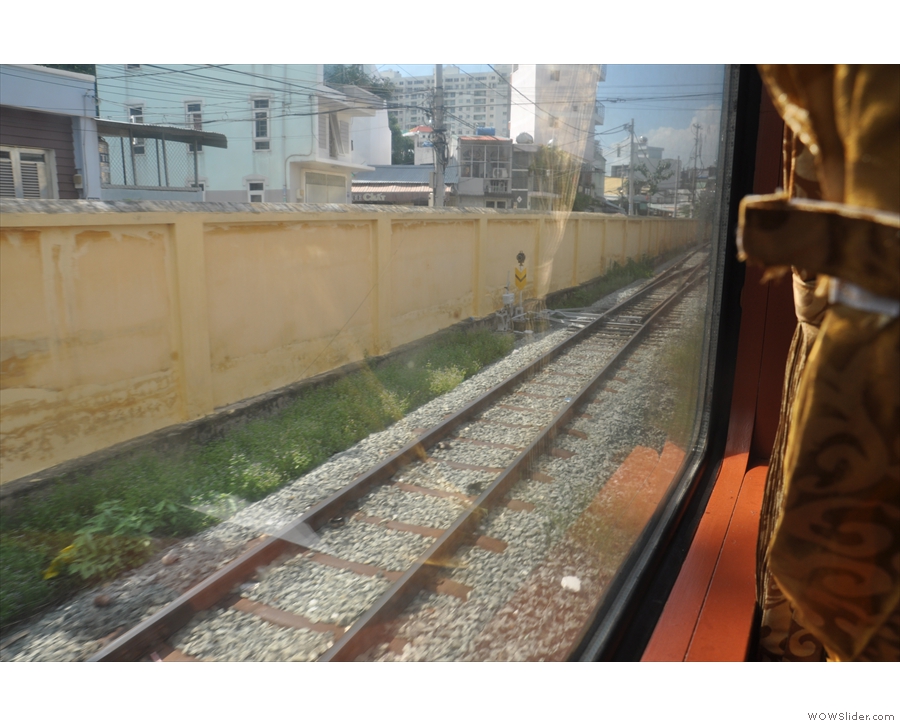
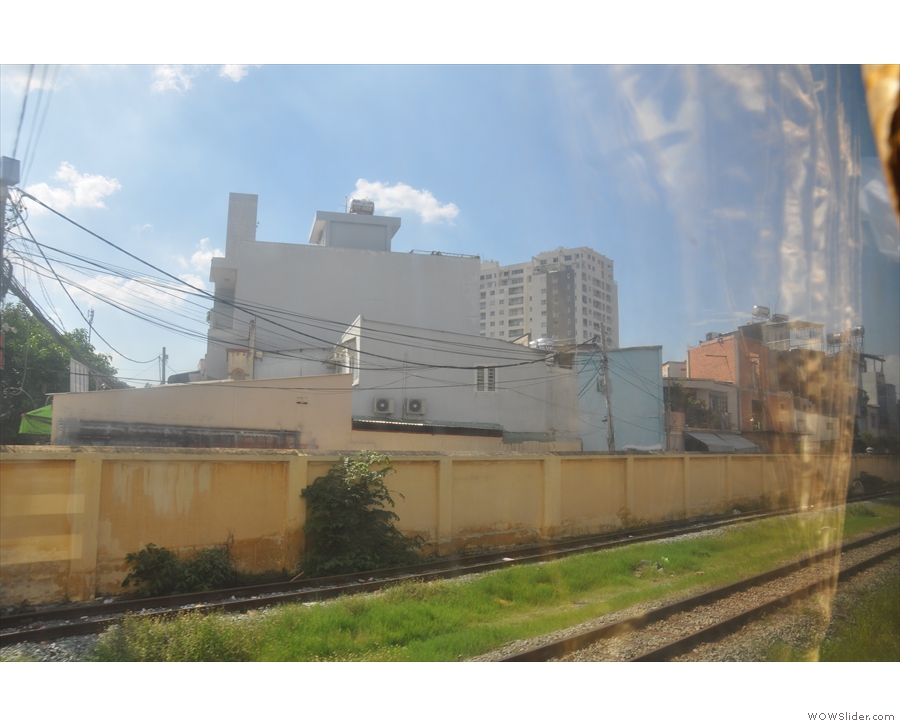
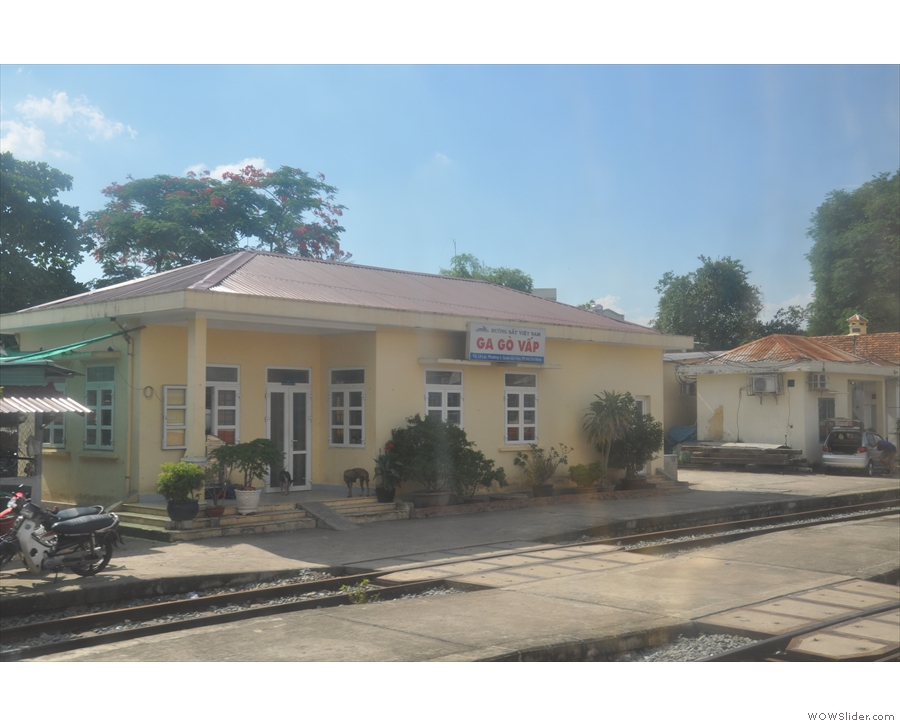
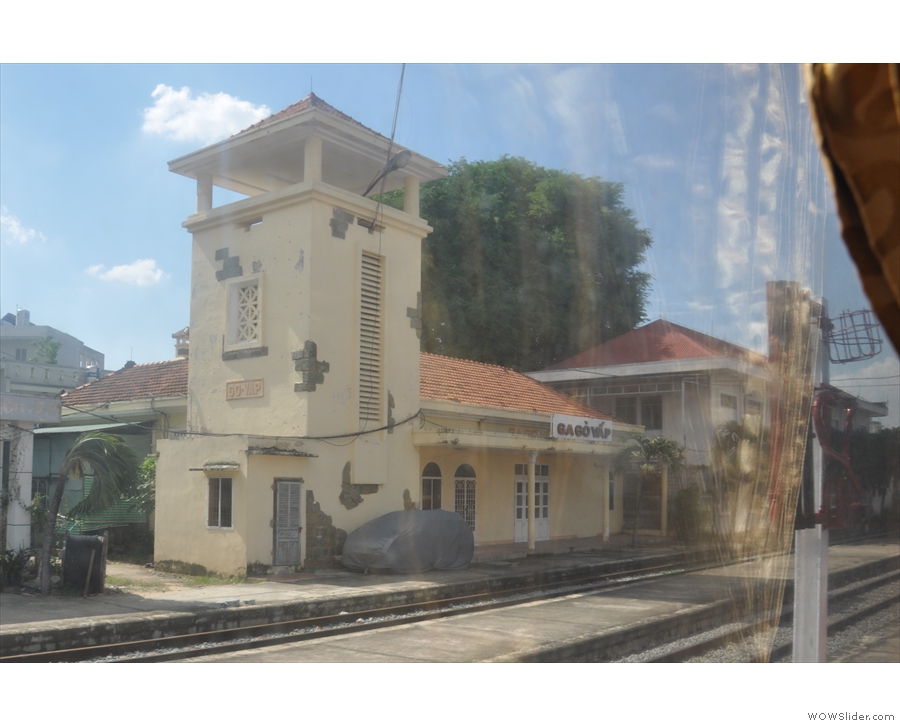
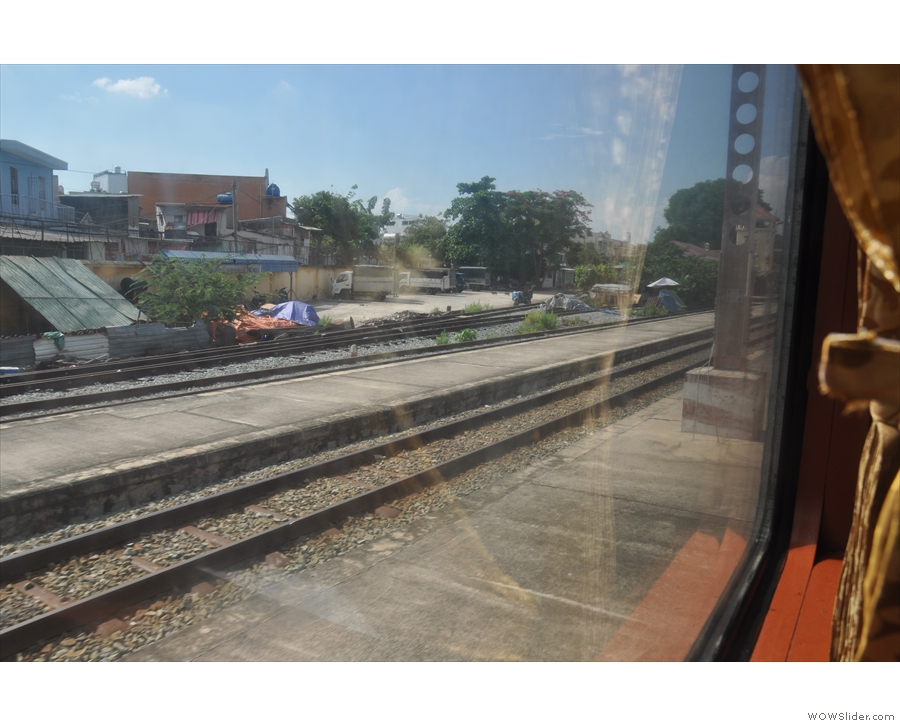
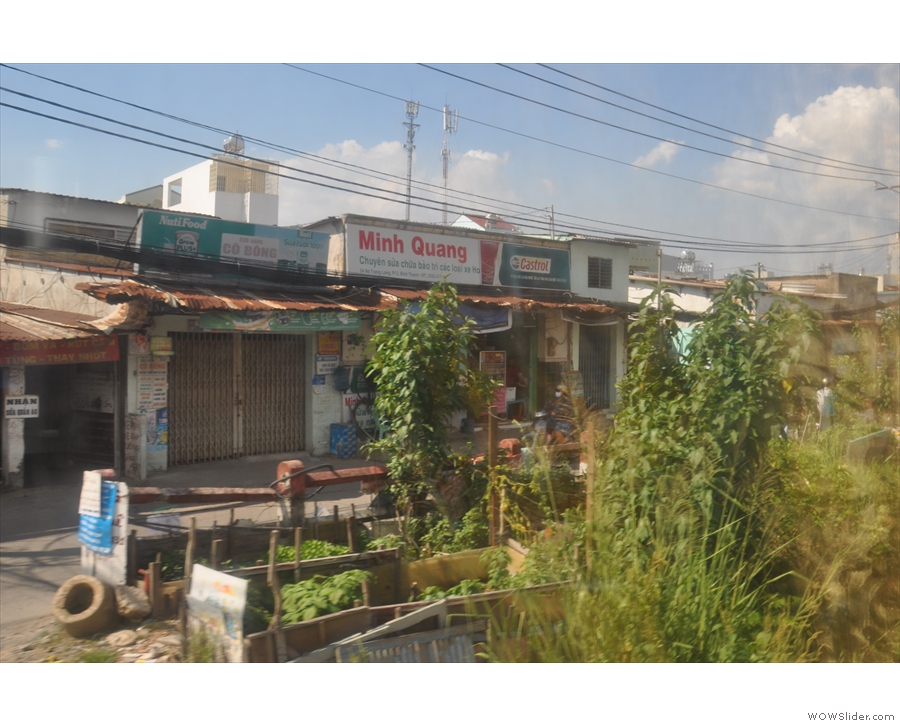
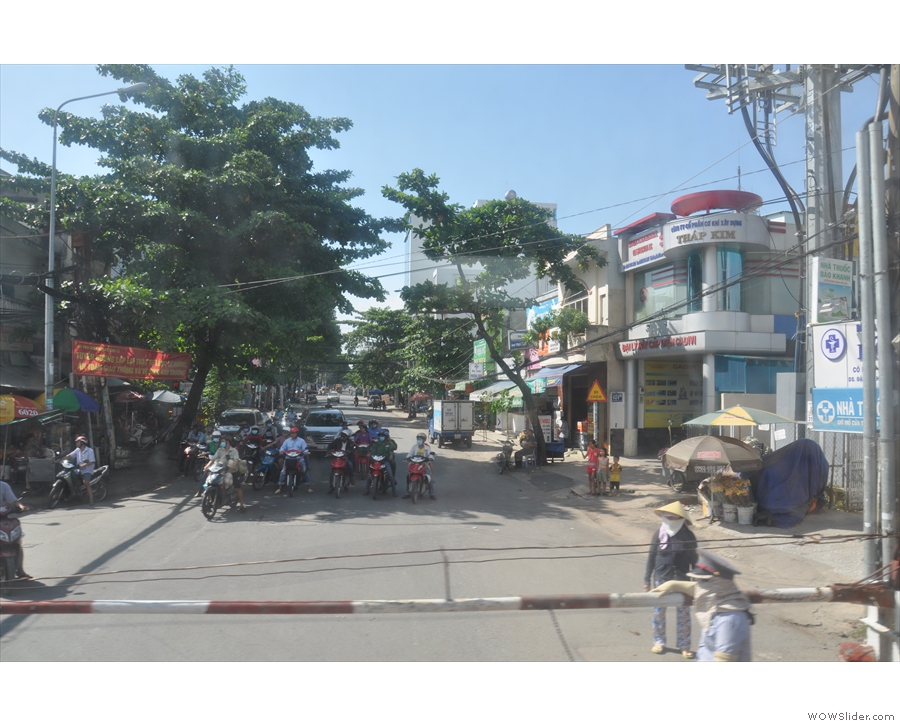
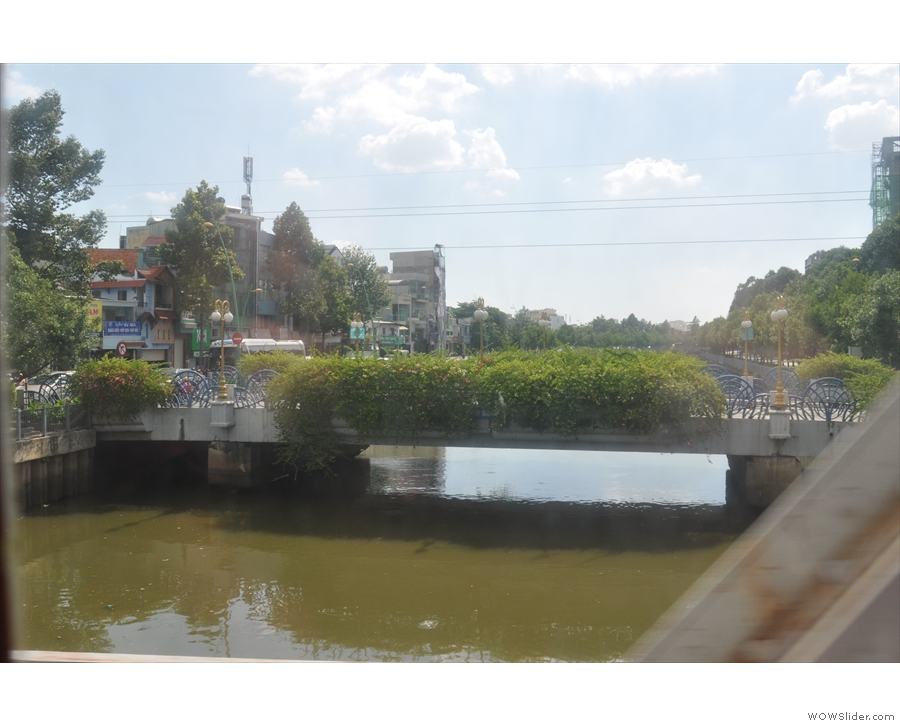
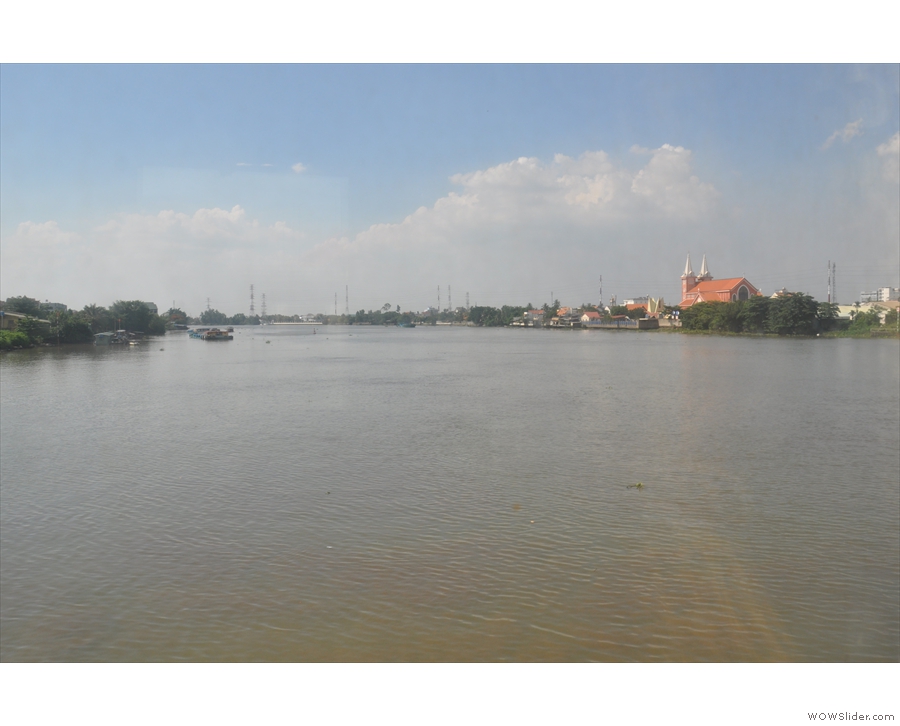
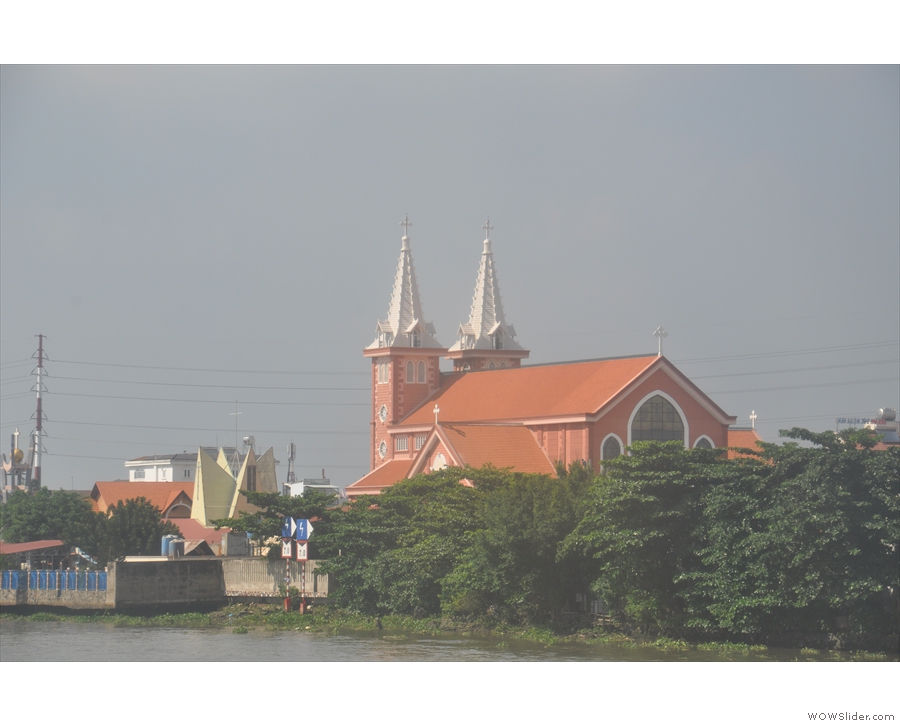
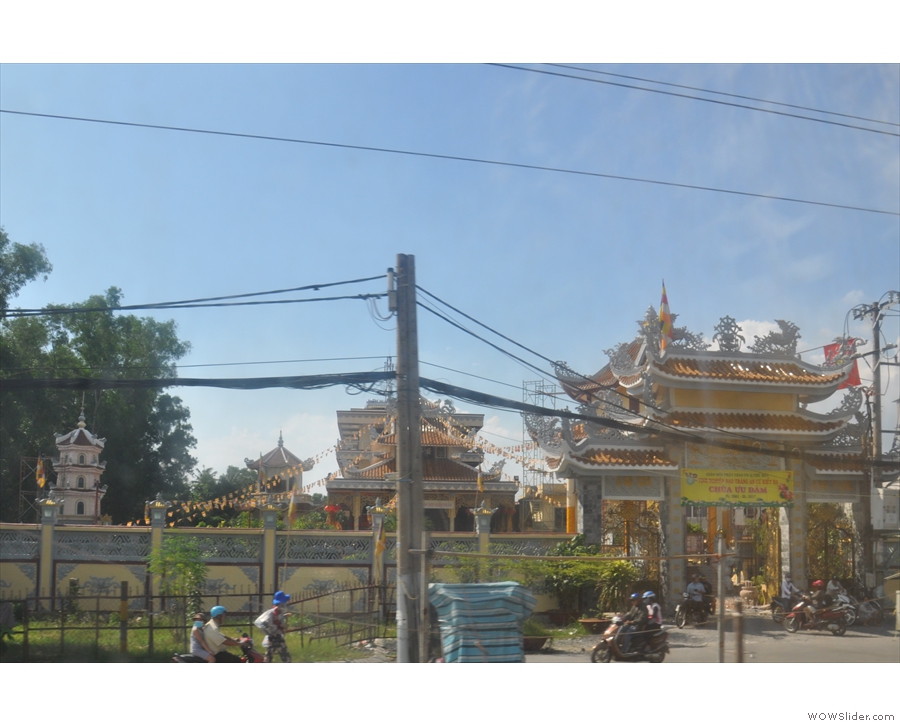
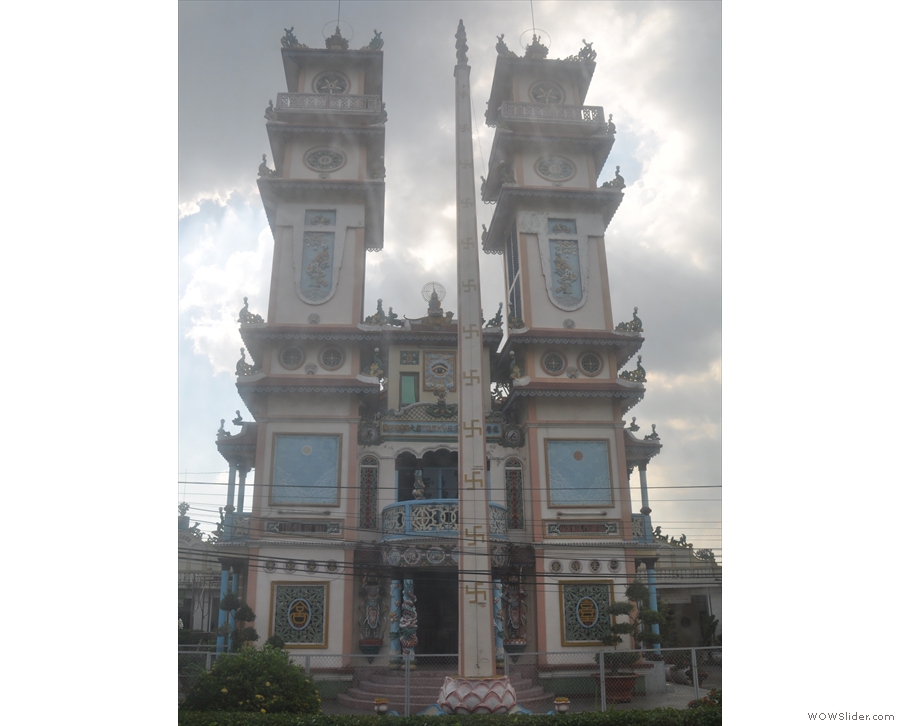
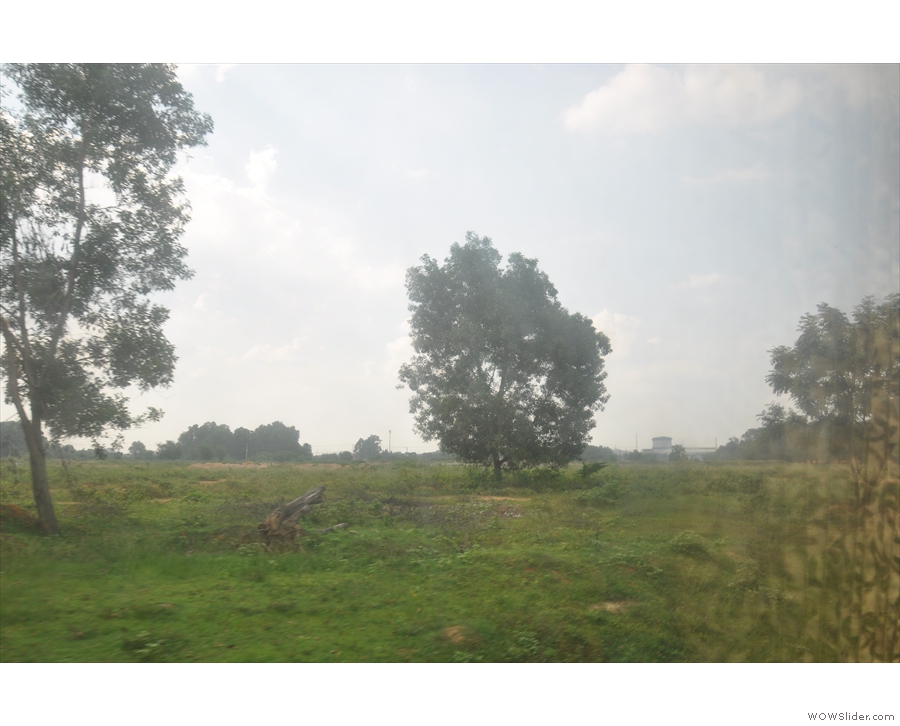
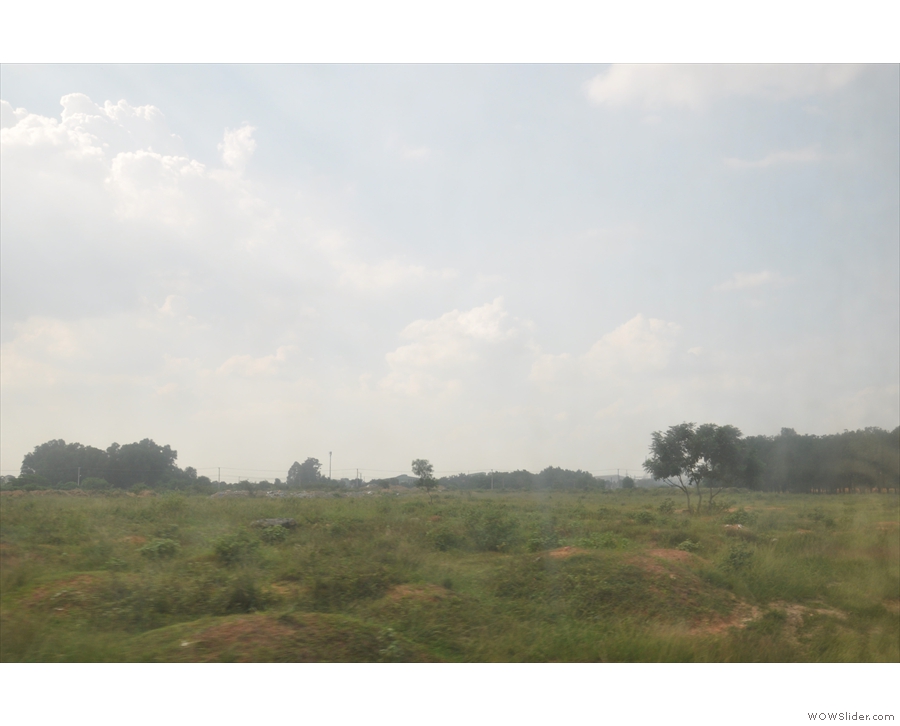
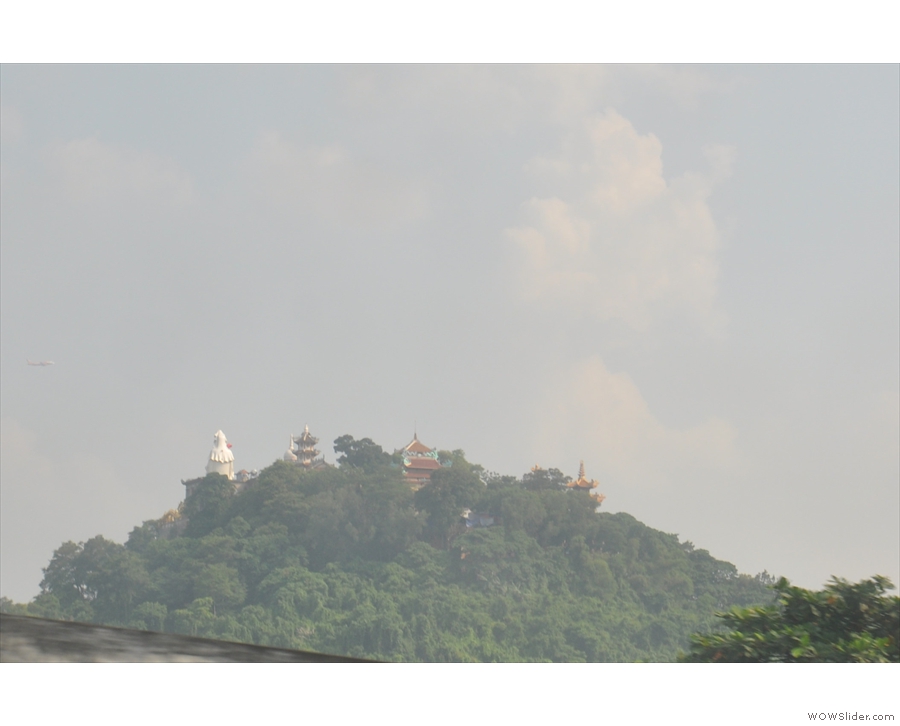
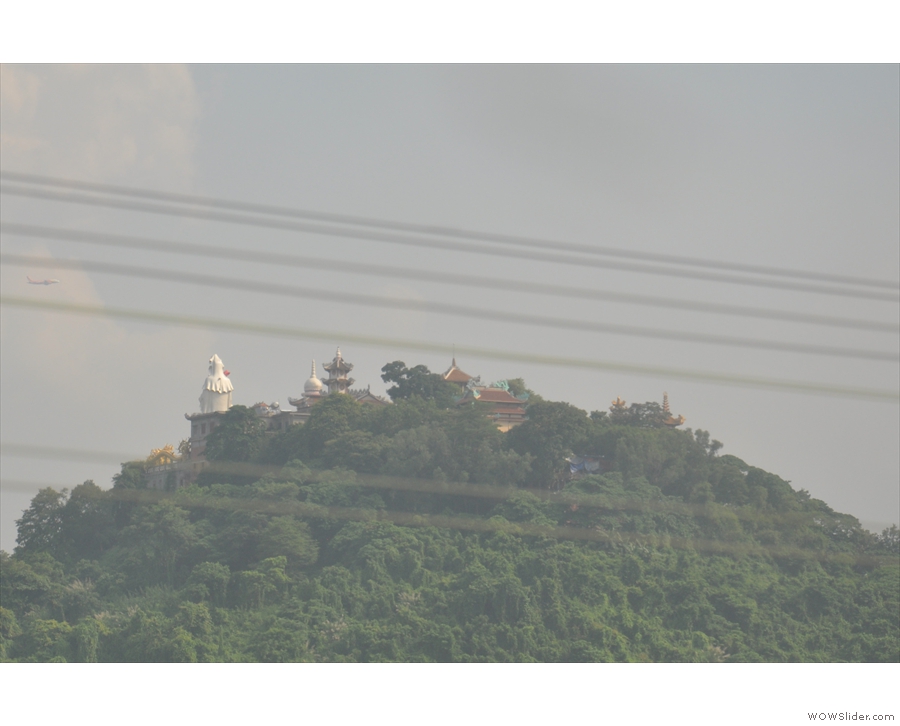
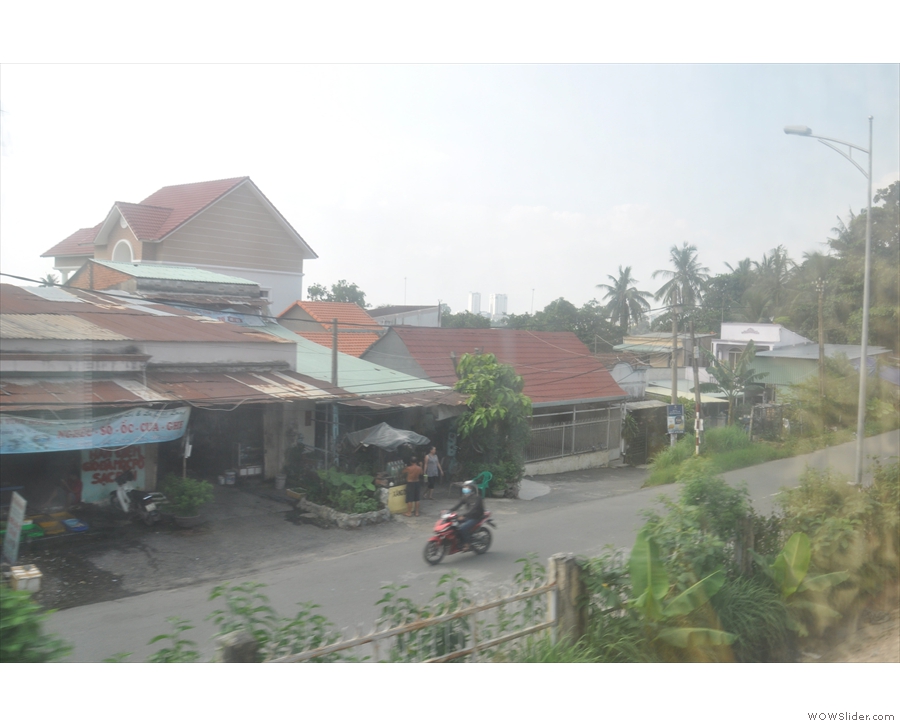
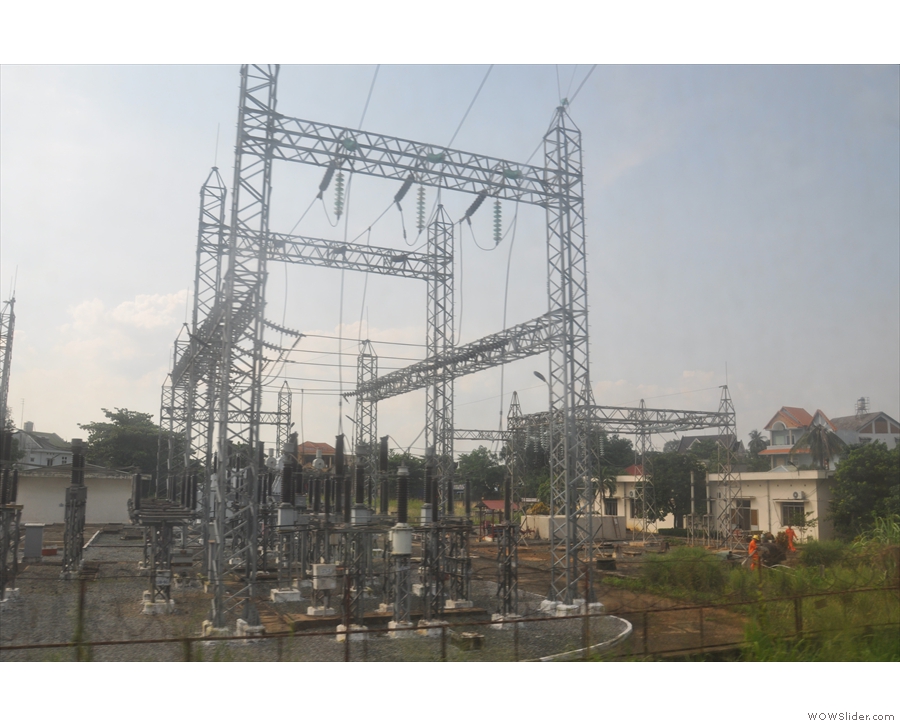
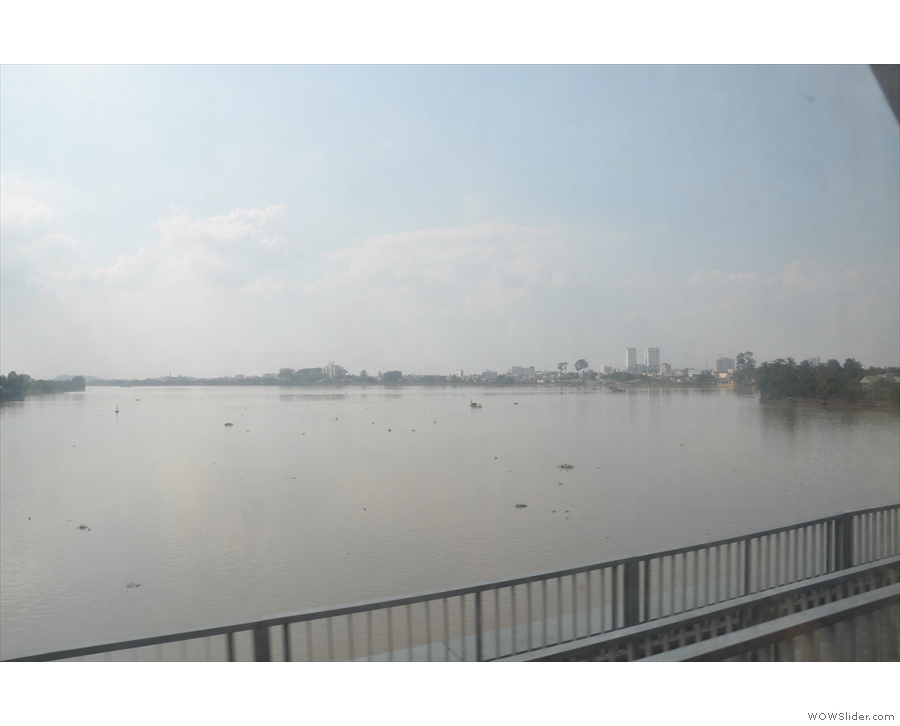
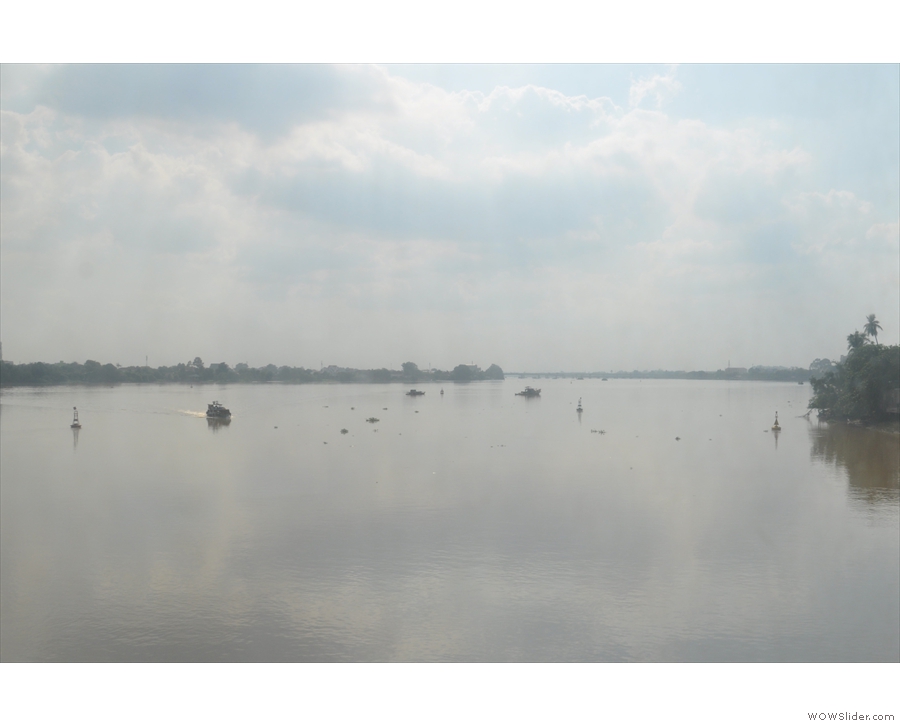
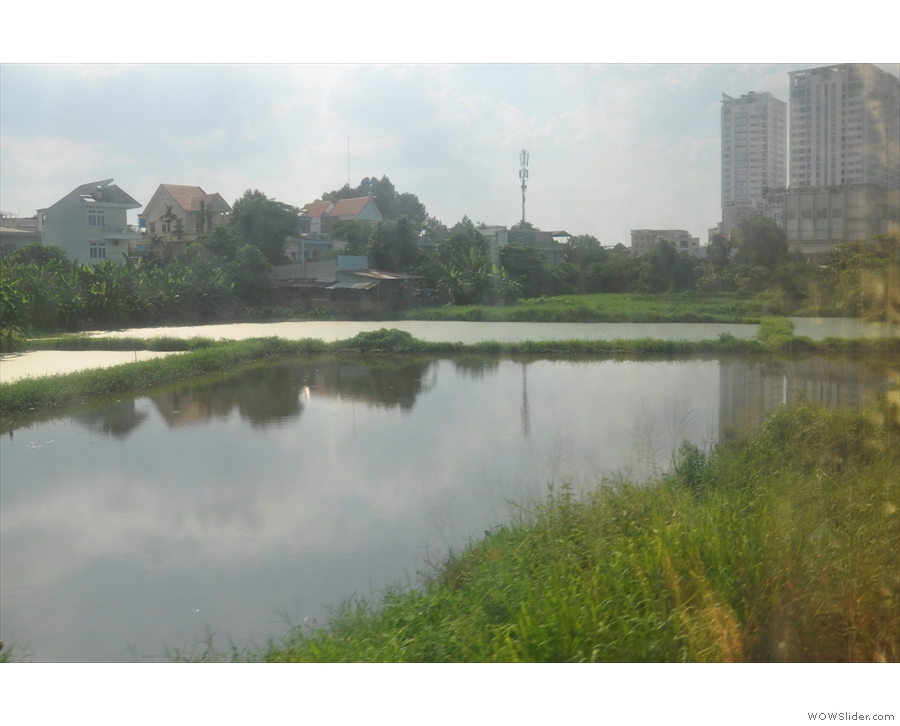
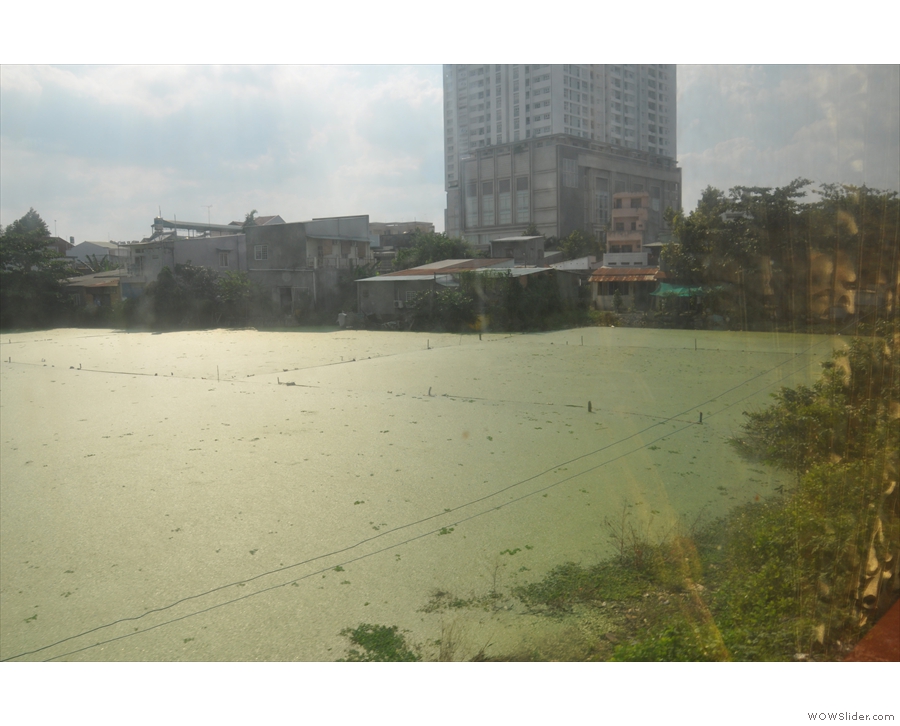
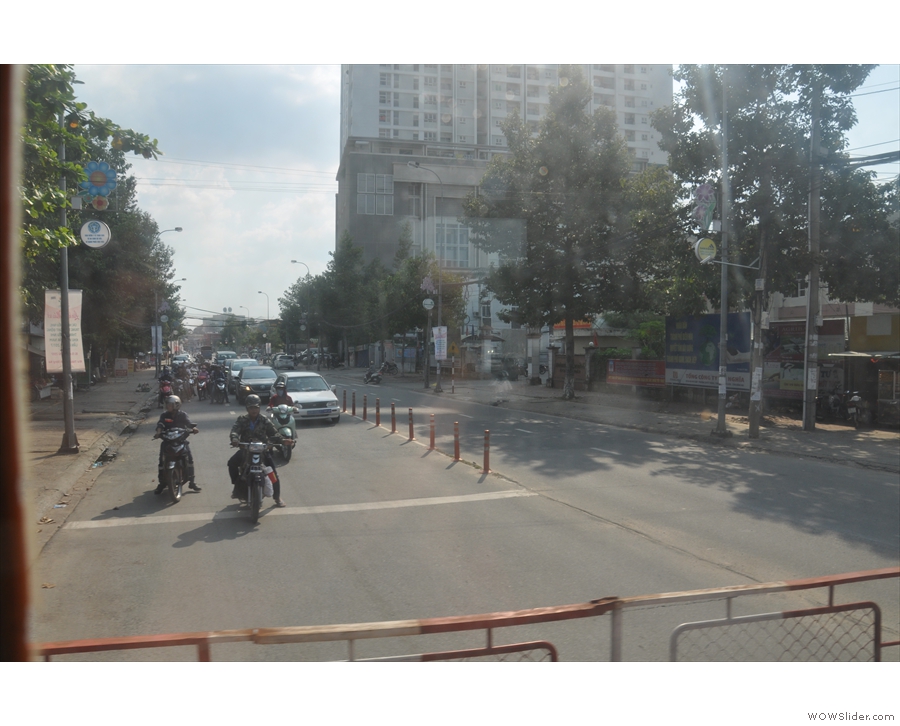
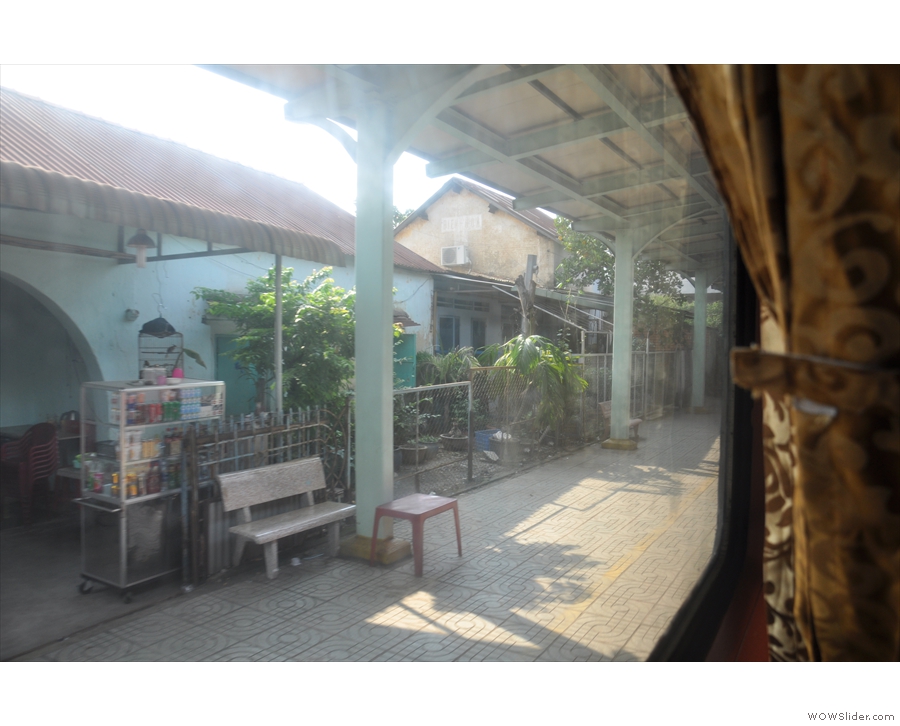
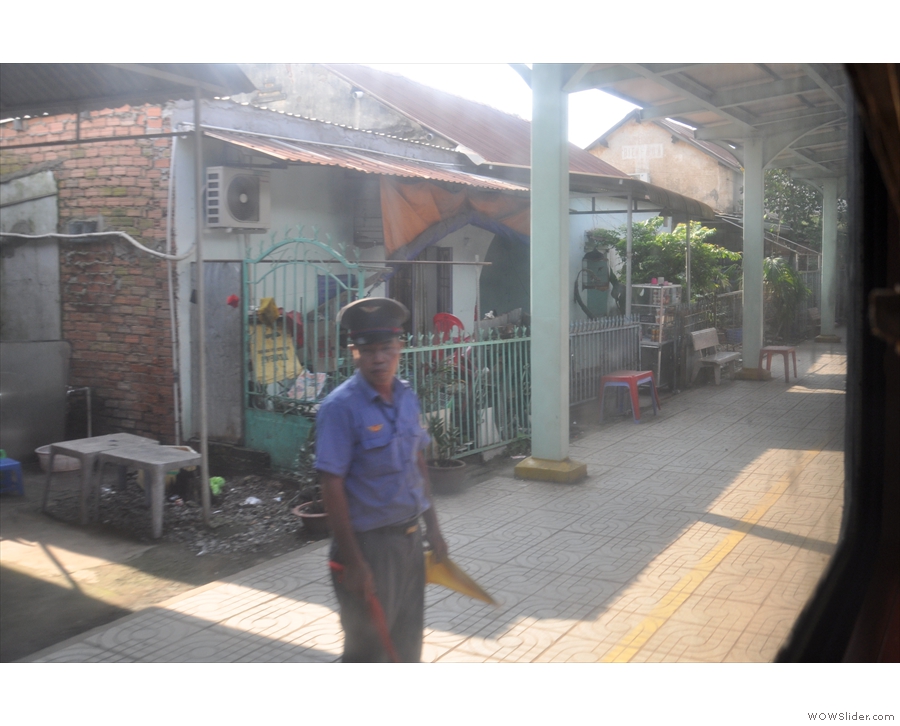
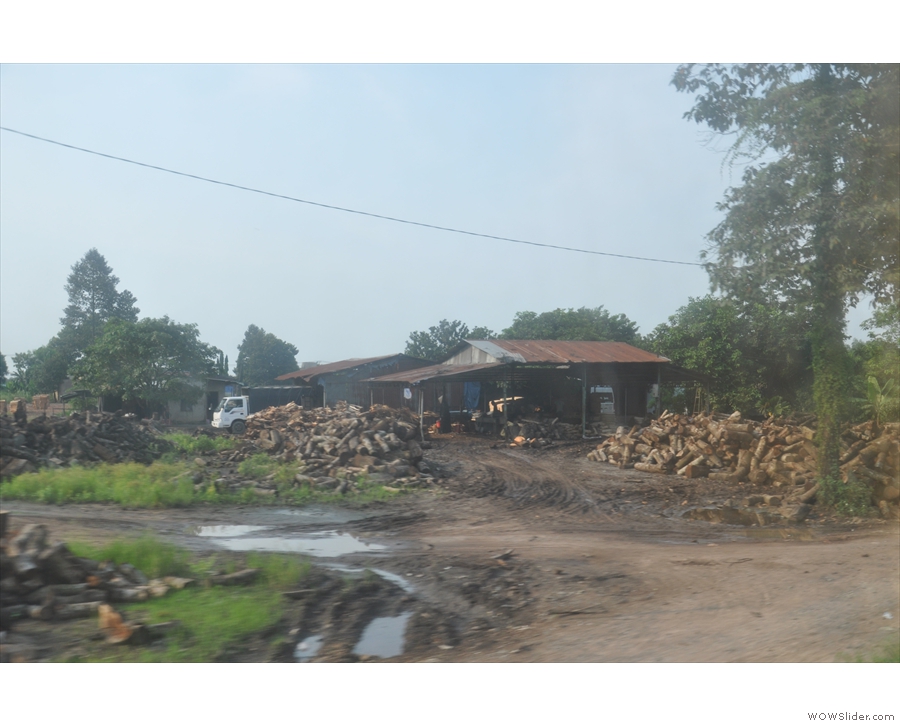
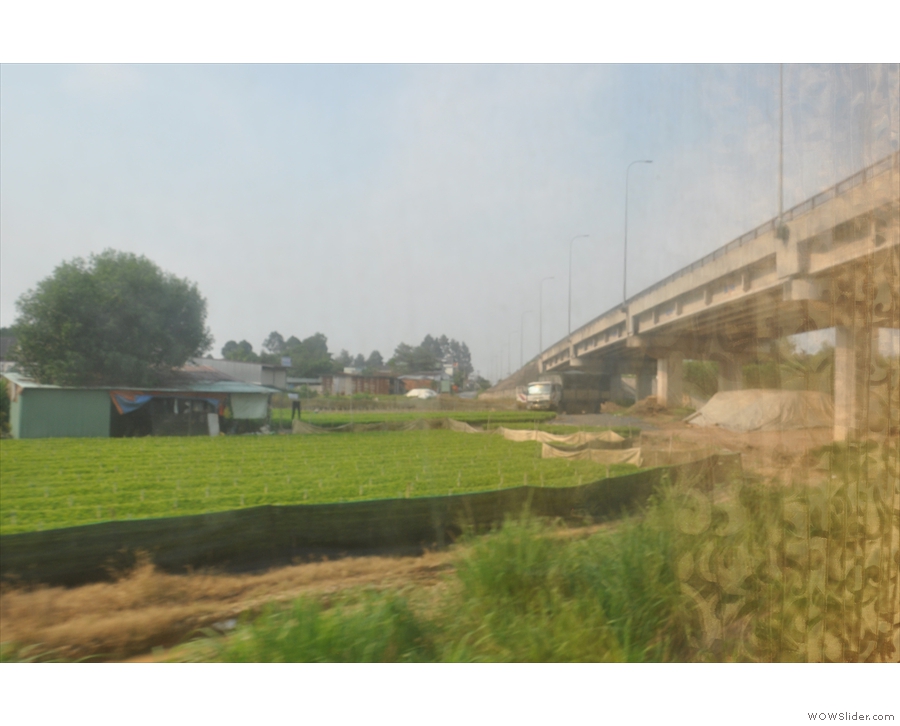
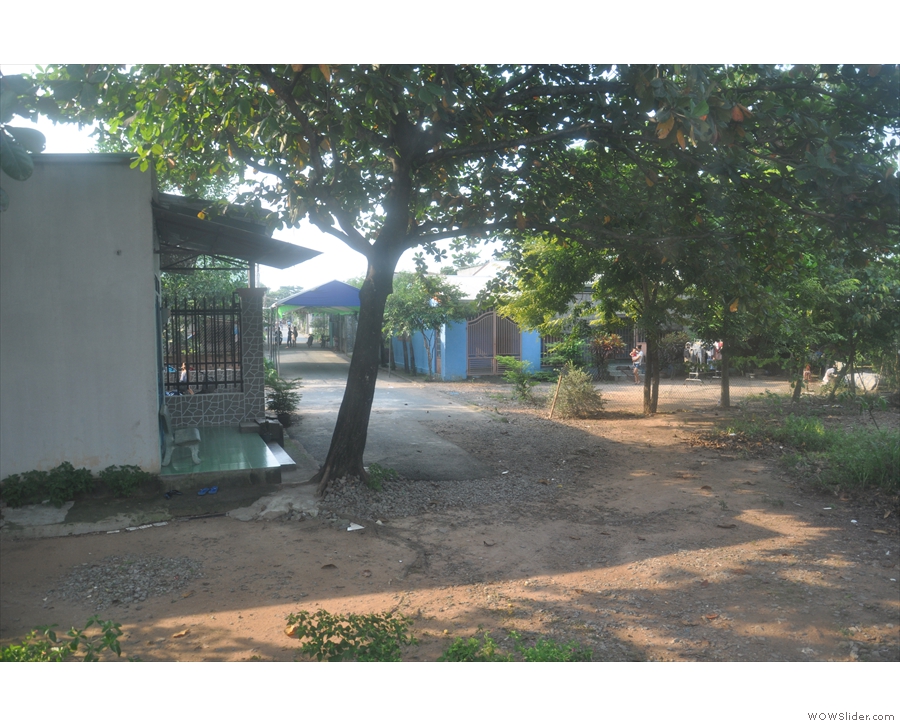
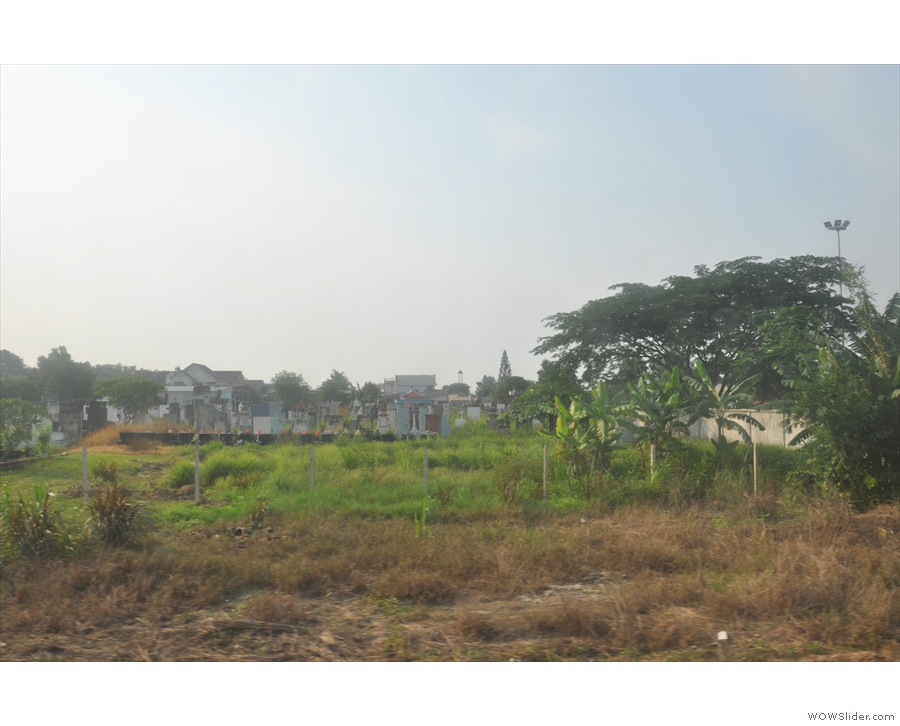
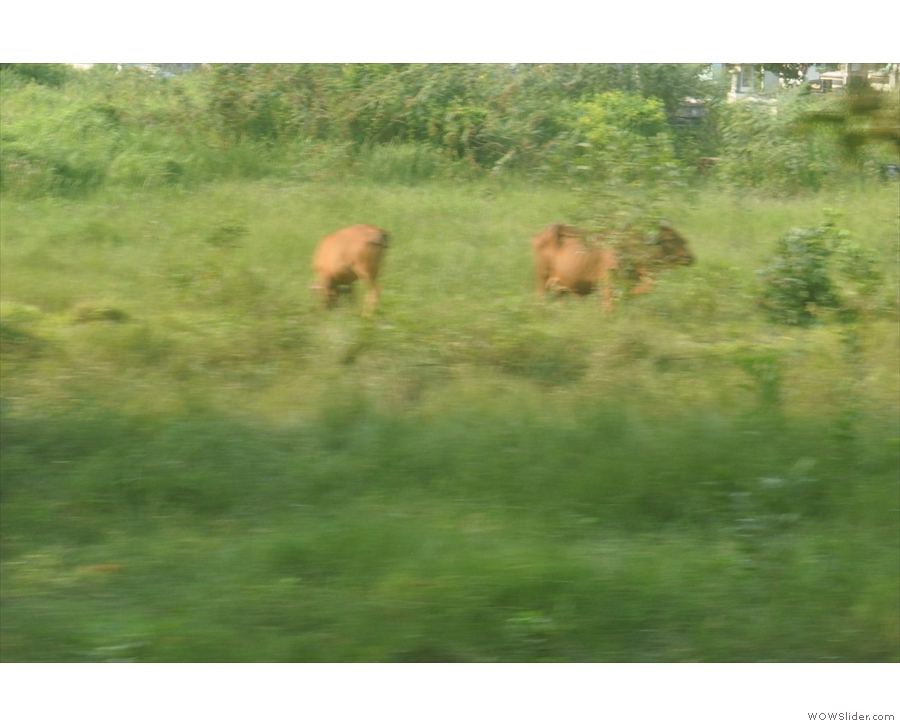
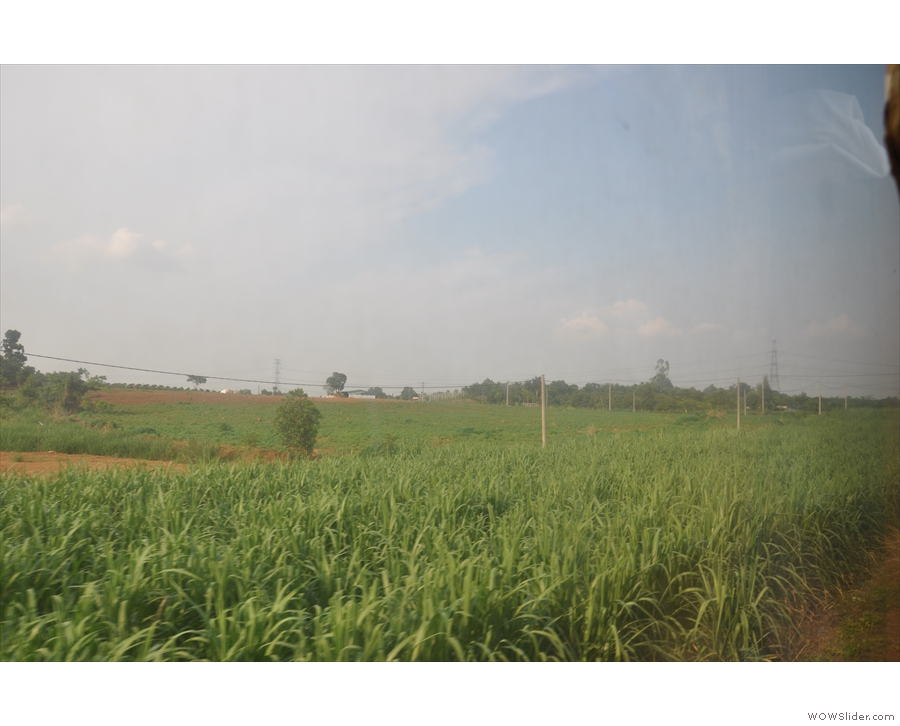
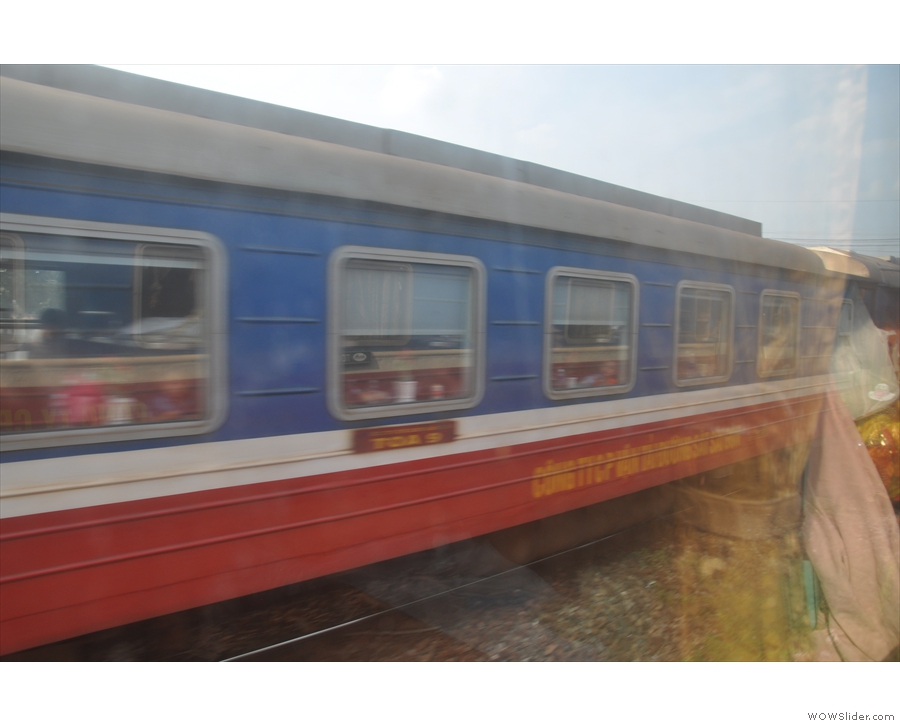
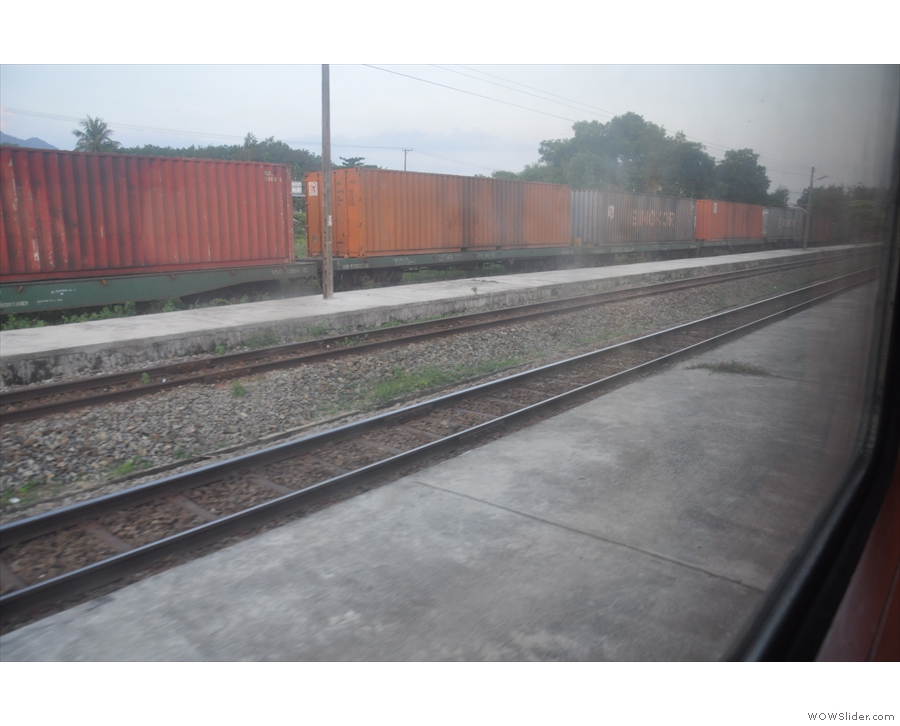
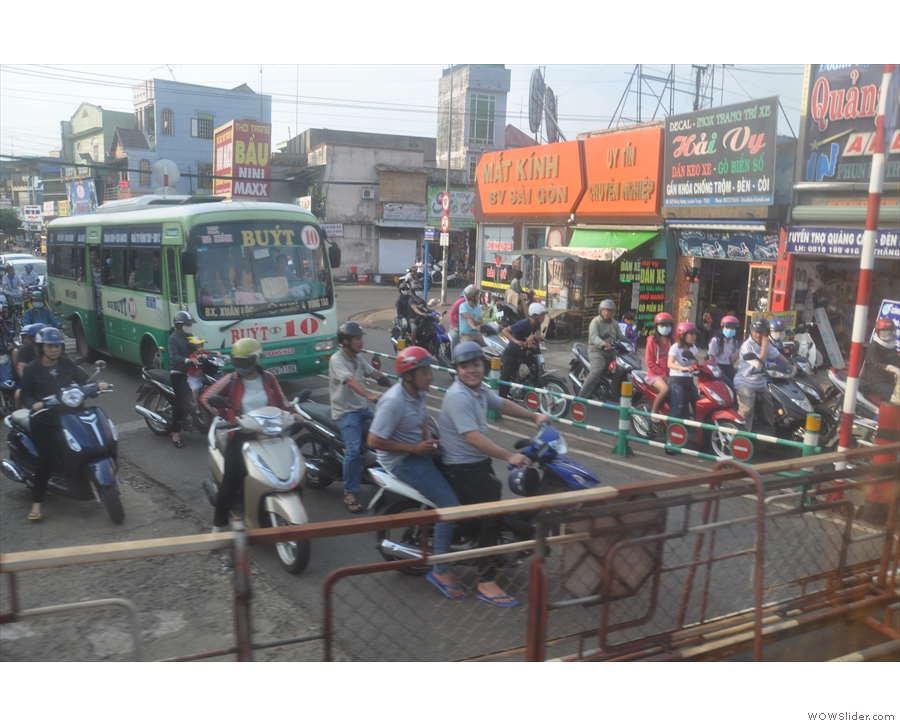
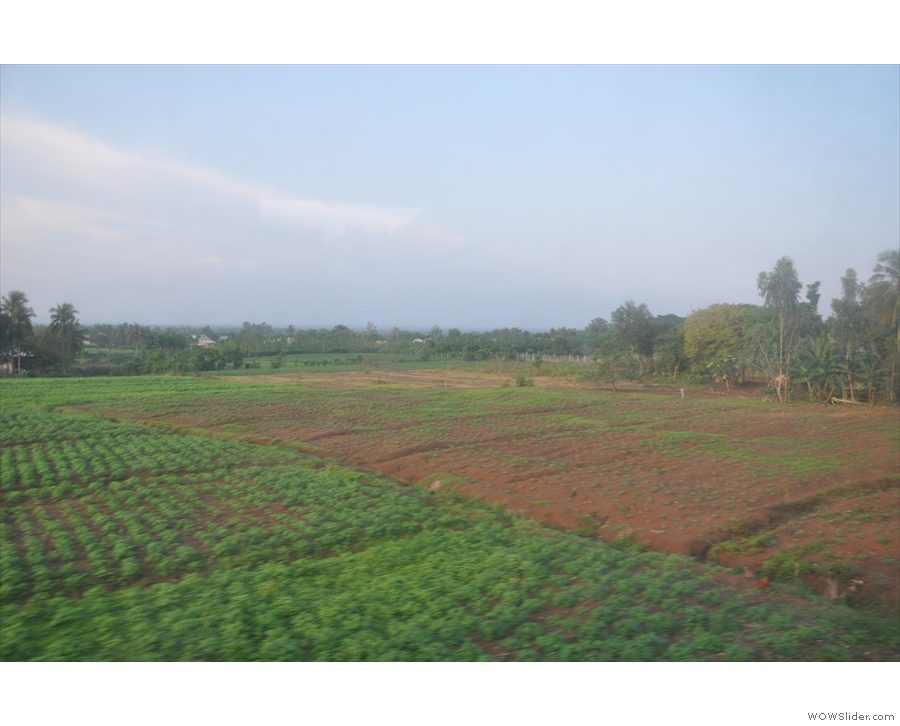
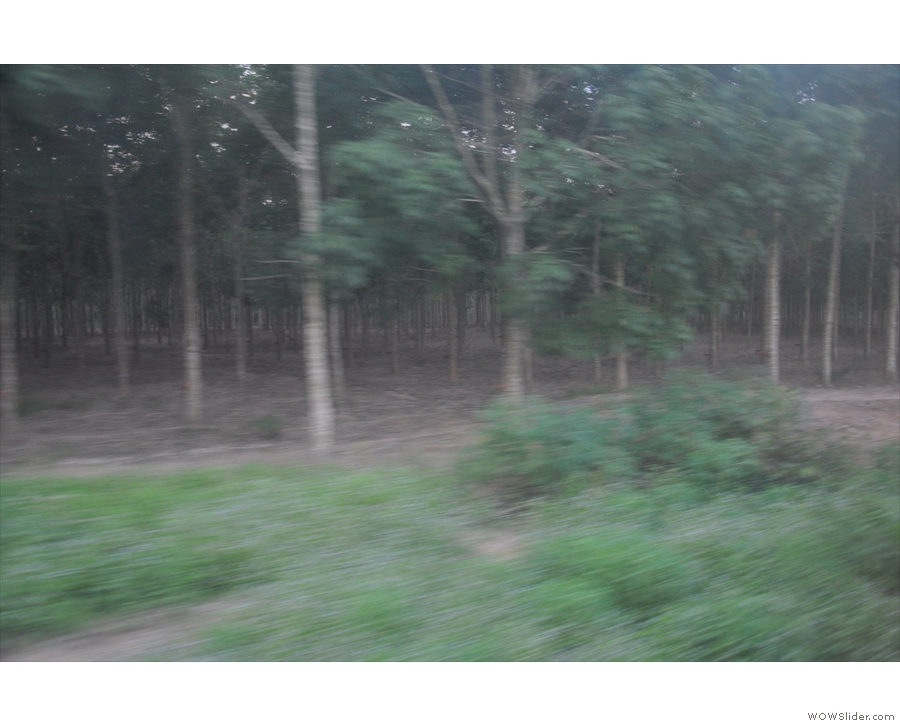
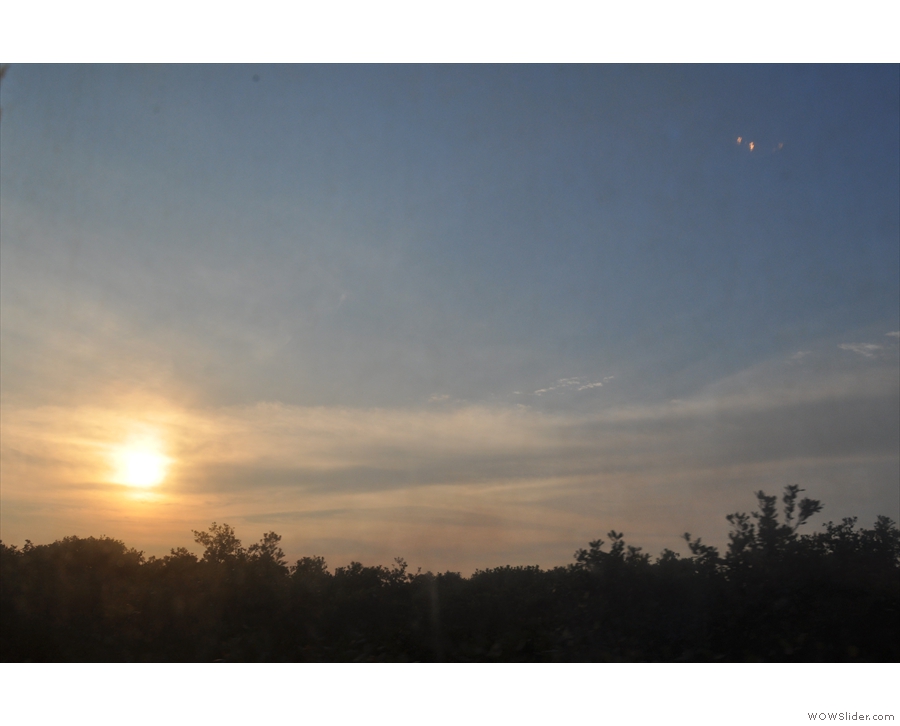
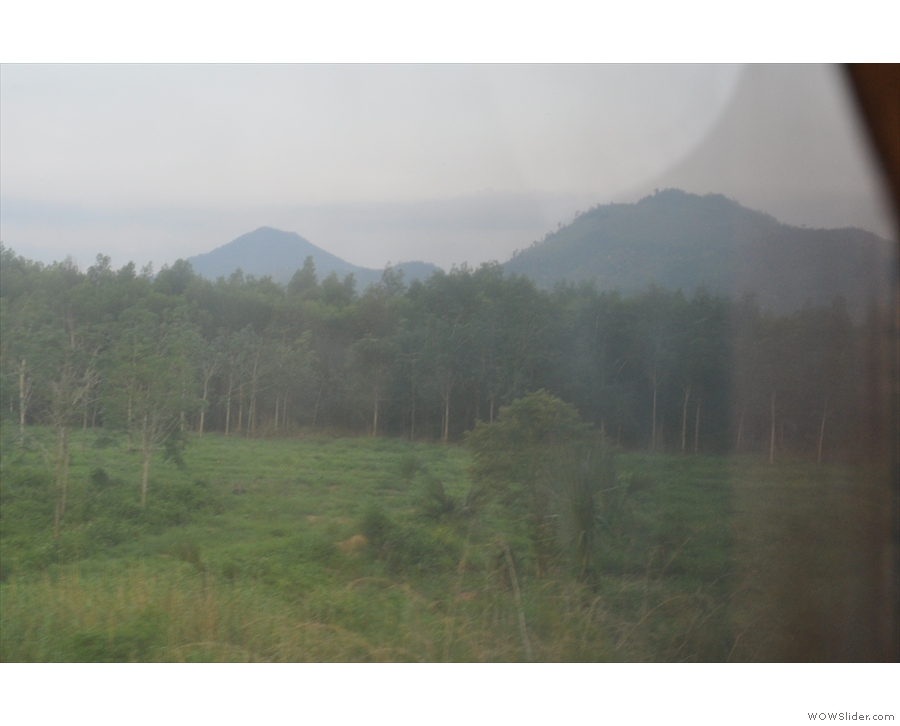
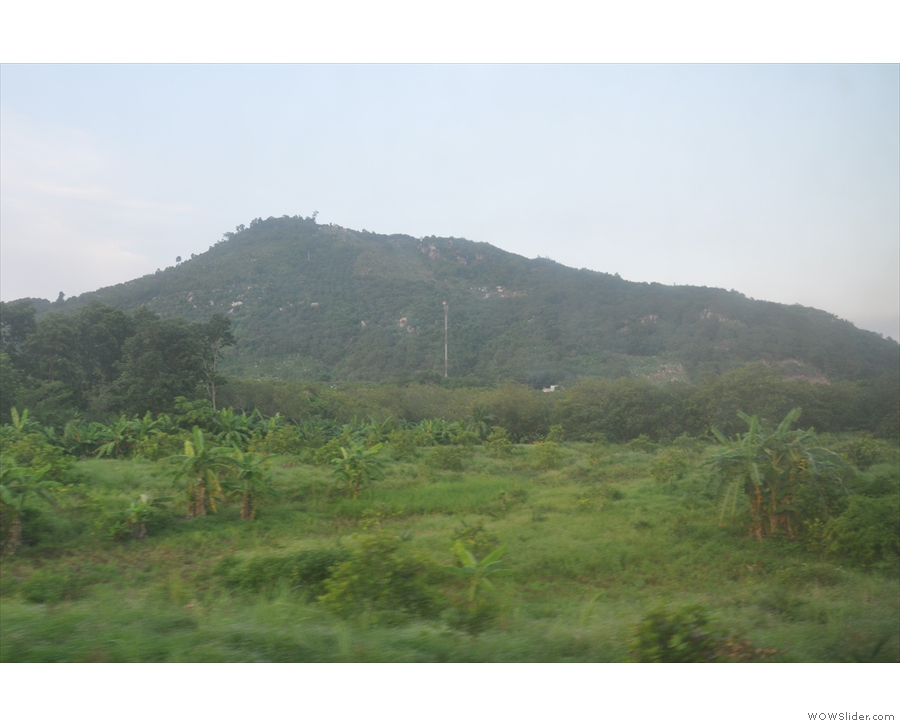
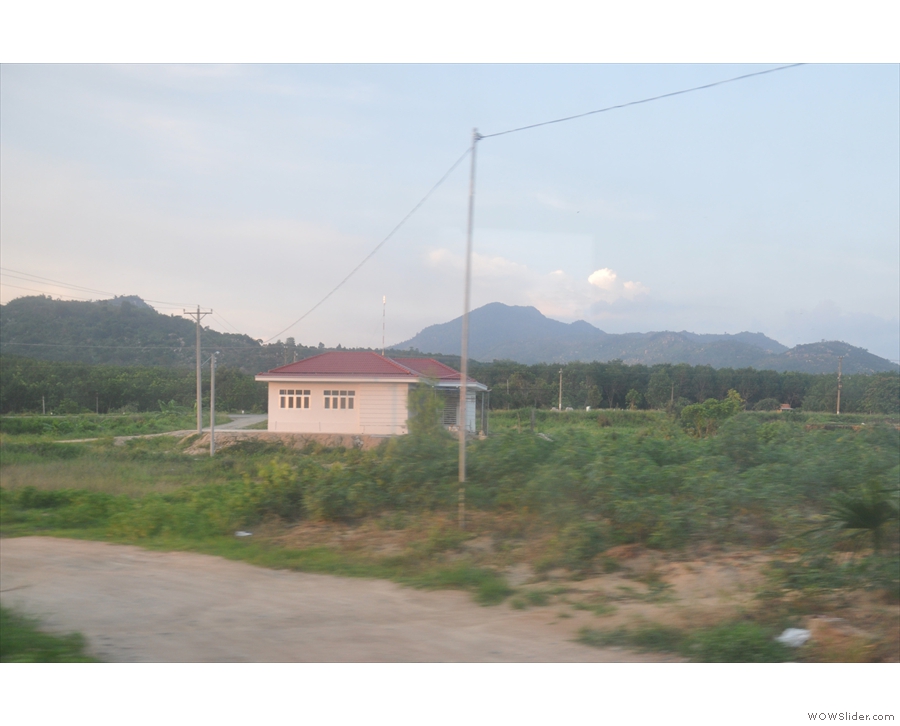
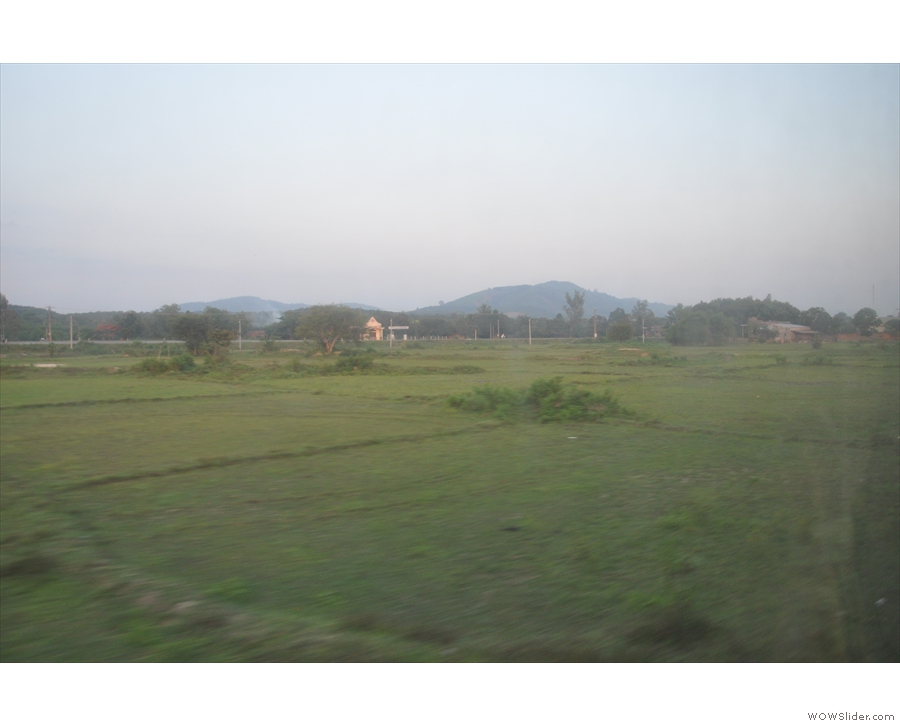
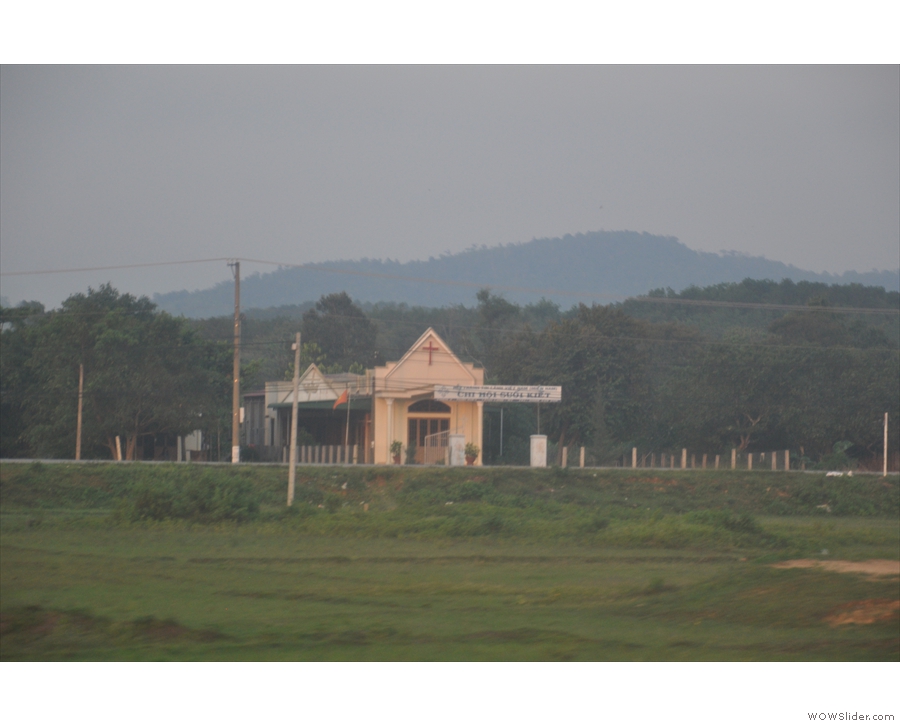
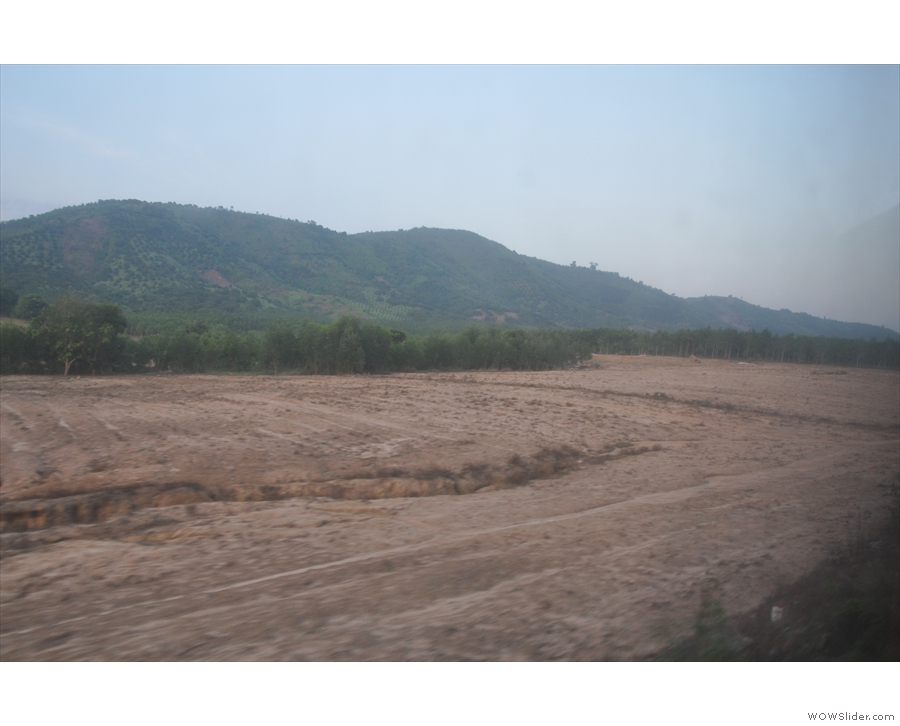
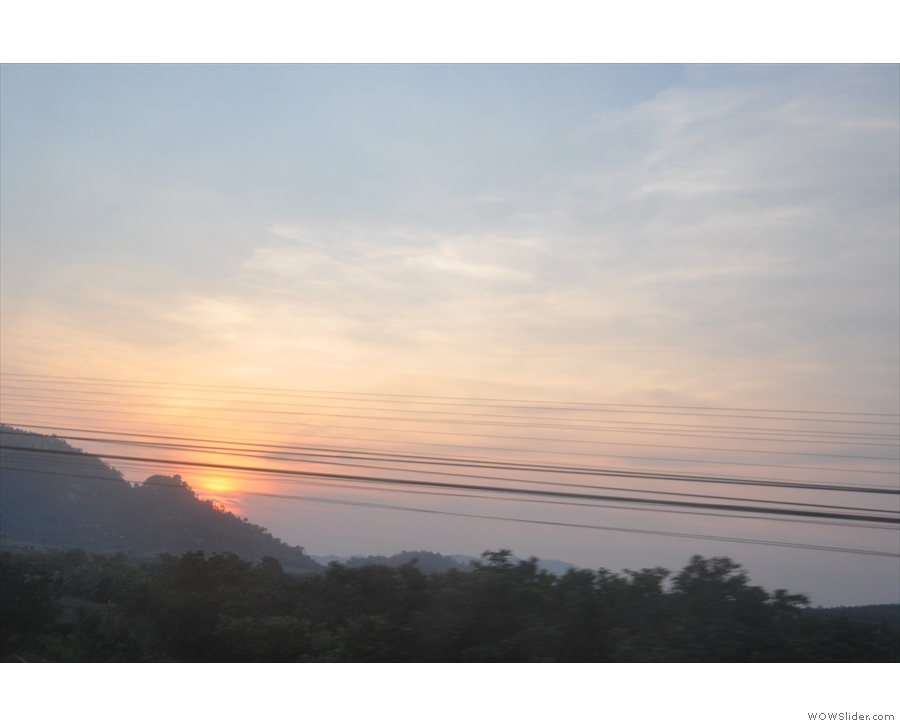
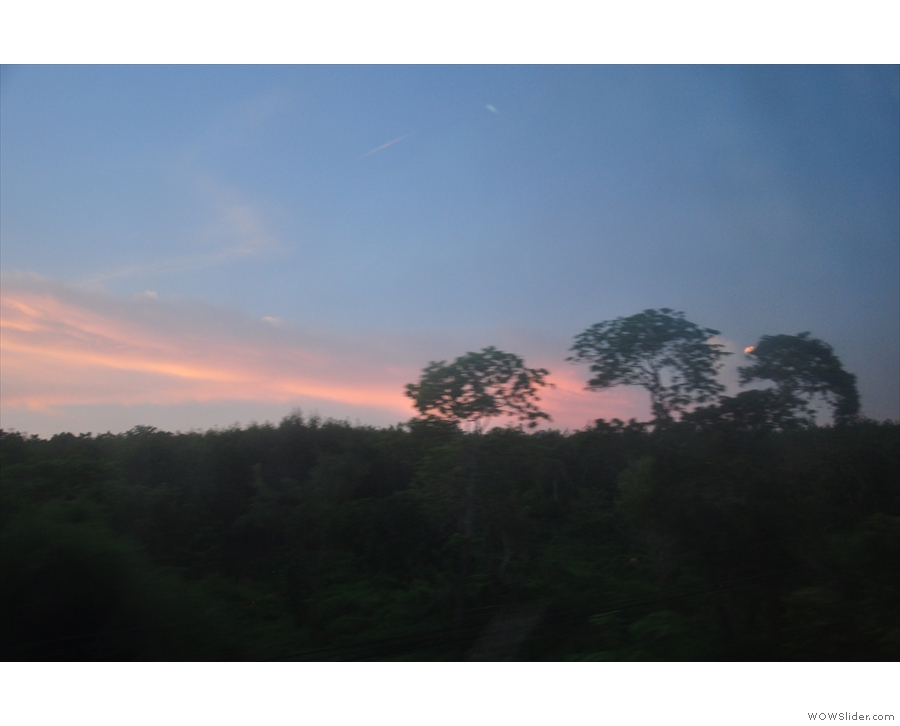
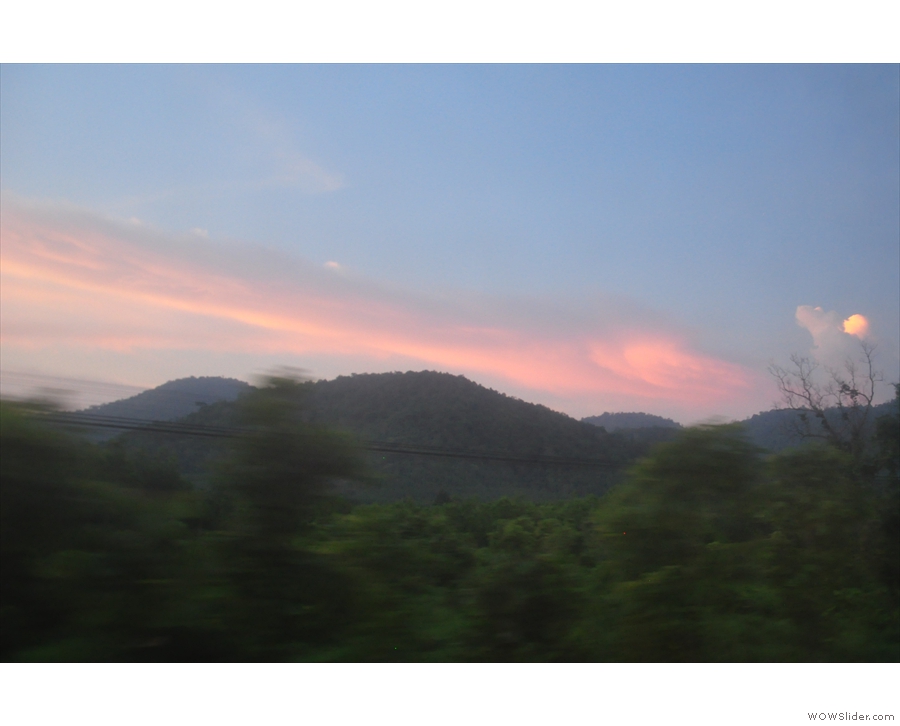
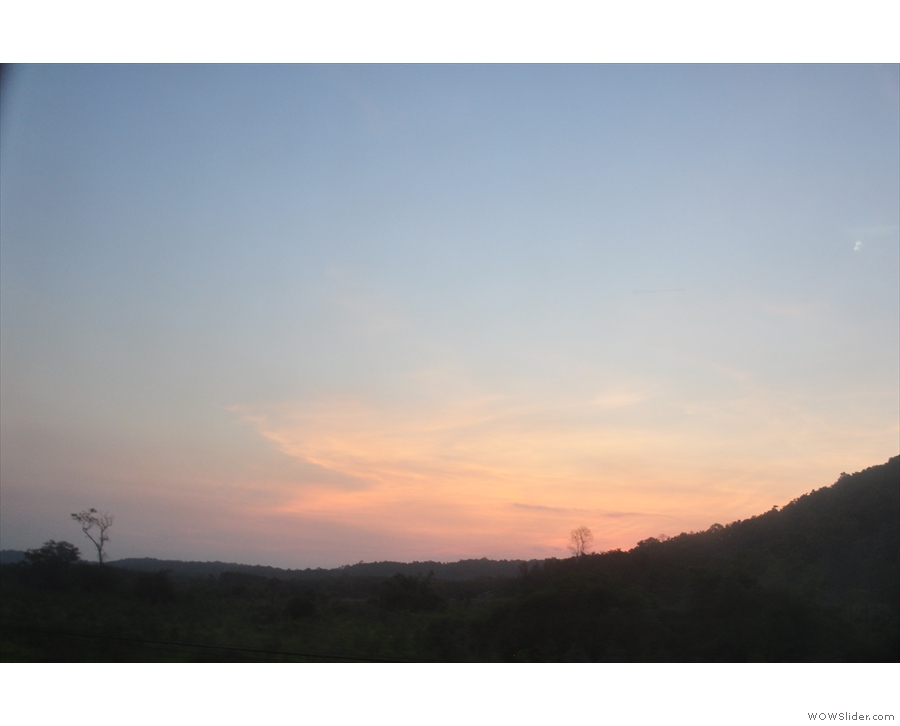
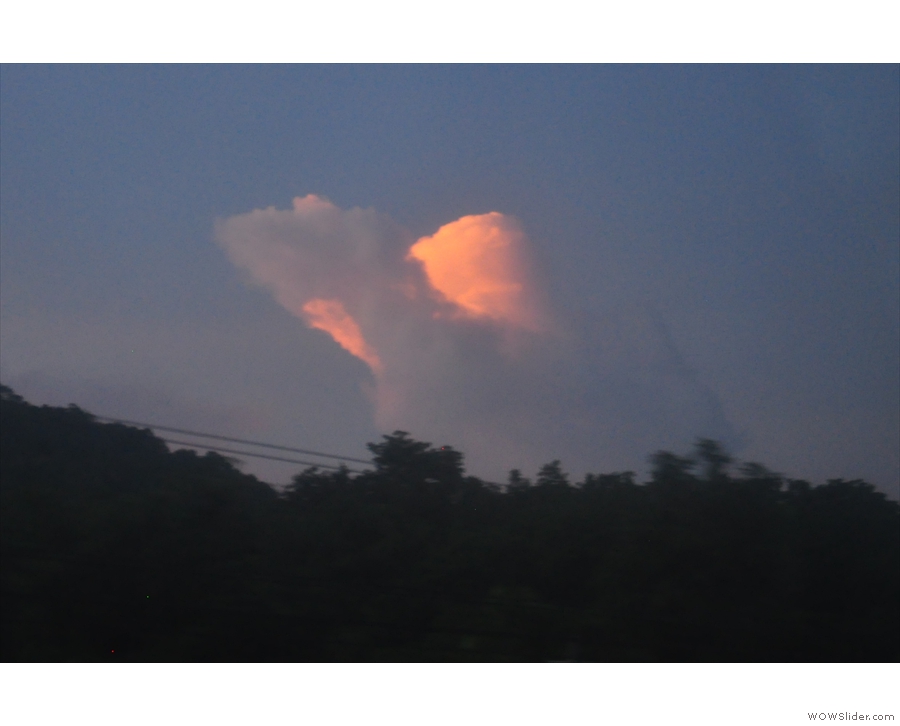
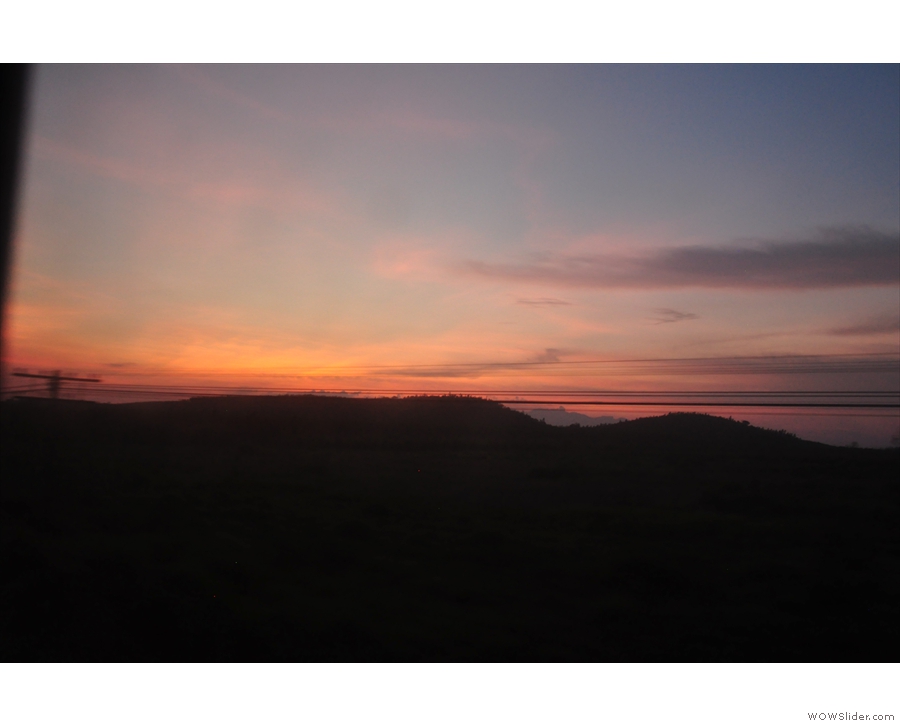
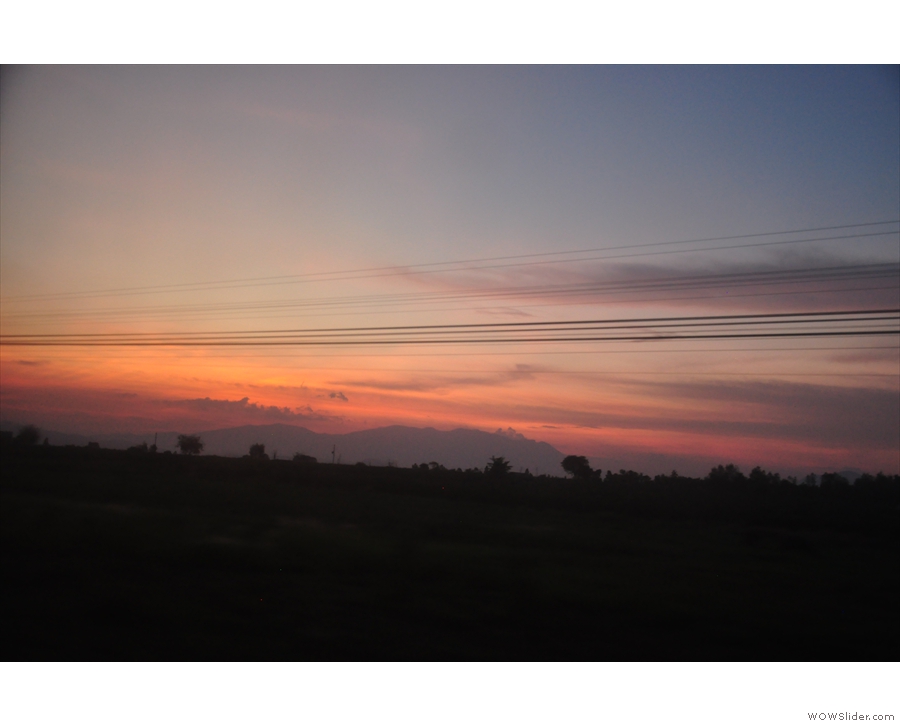
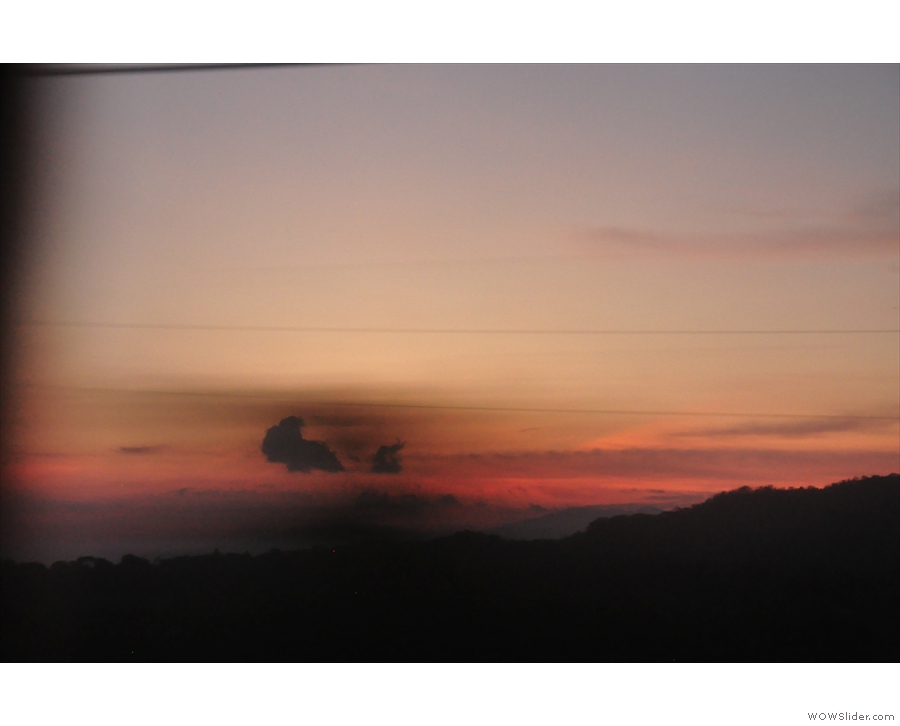
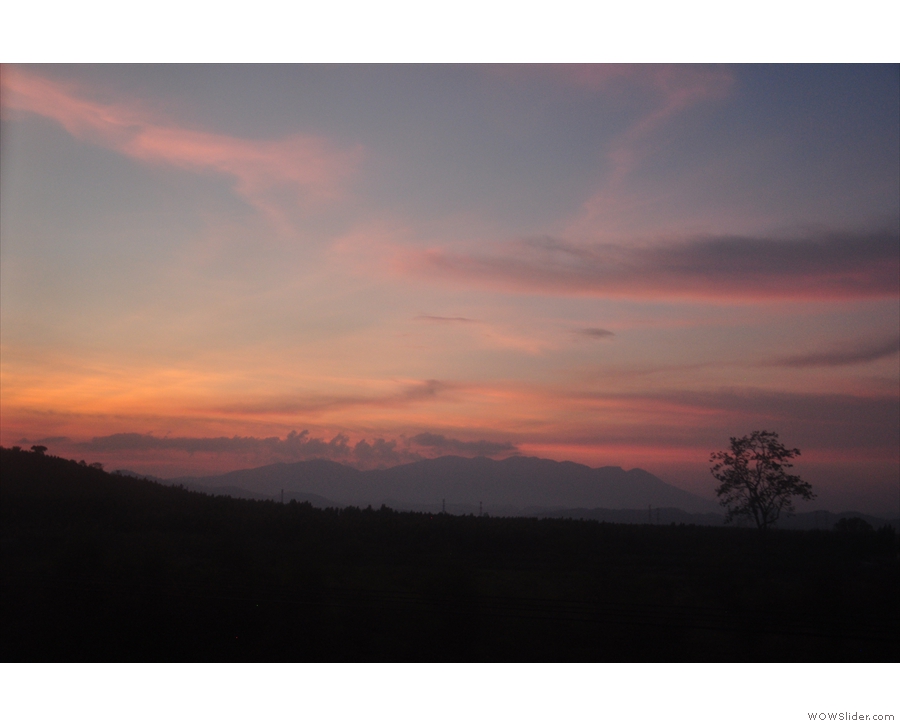
 1
1 2
2 3
3 4
4 5
5 6
6 7
7 8
8 9
9 10
10 11
11 12
12 13
13 14
14 15
15 16
16 17
17 18
18 19
19 20
20 21
21 22
22 23
23 24
24 25
25 26
26 27
27 28
28 29
29 30
30 31
31 32
32 33
33 34
34 35
35 36
36 37
37 38
38 39
39 40
40 41
41 42
42 43
43 44
44 45
45 46
46 47
47 48
48 49
49 50
50 51
51 52
52 53
53 54
54 55
55 56
56 57
57 58
58 59
59 60
60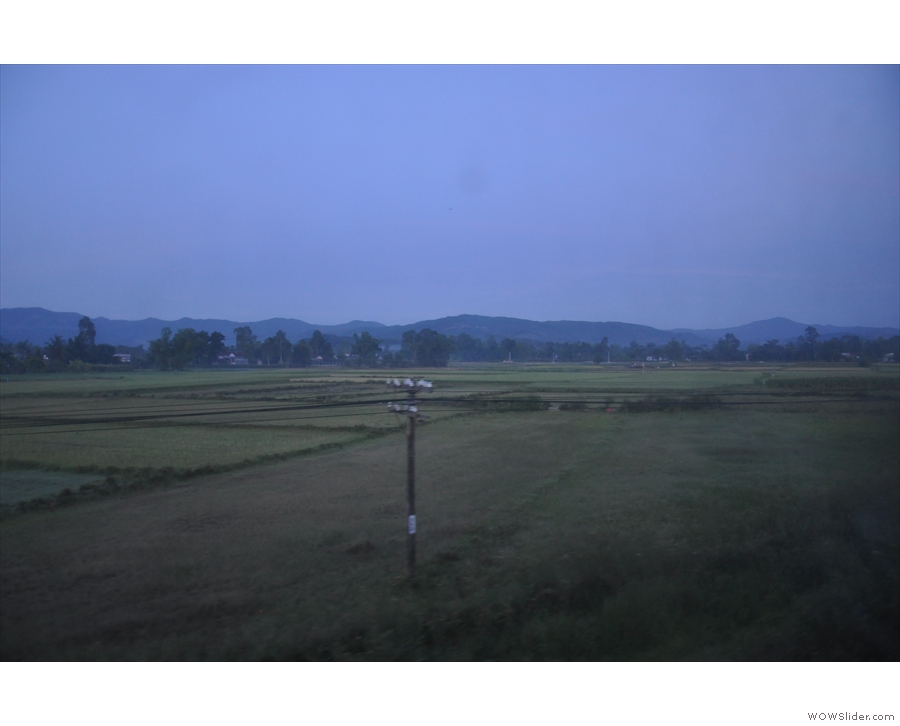
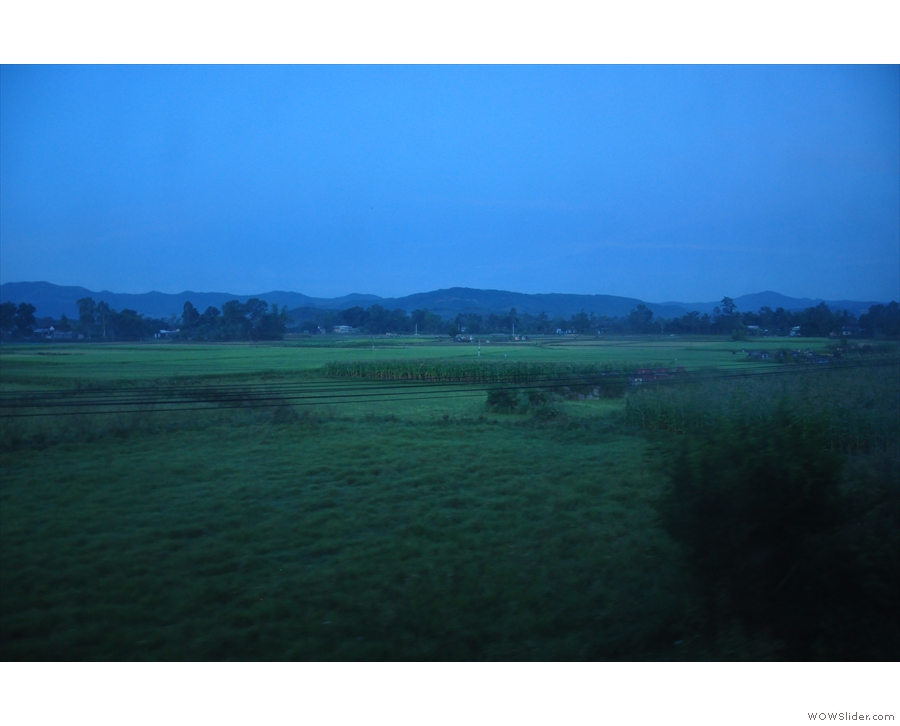
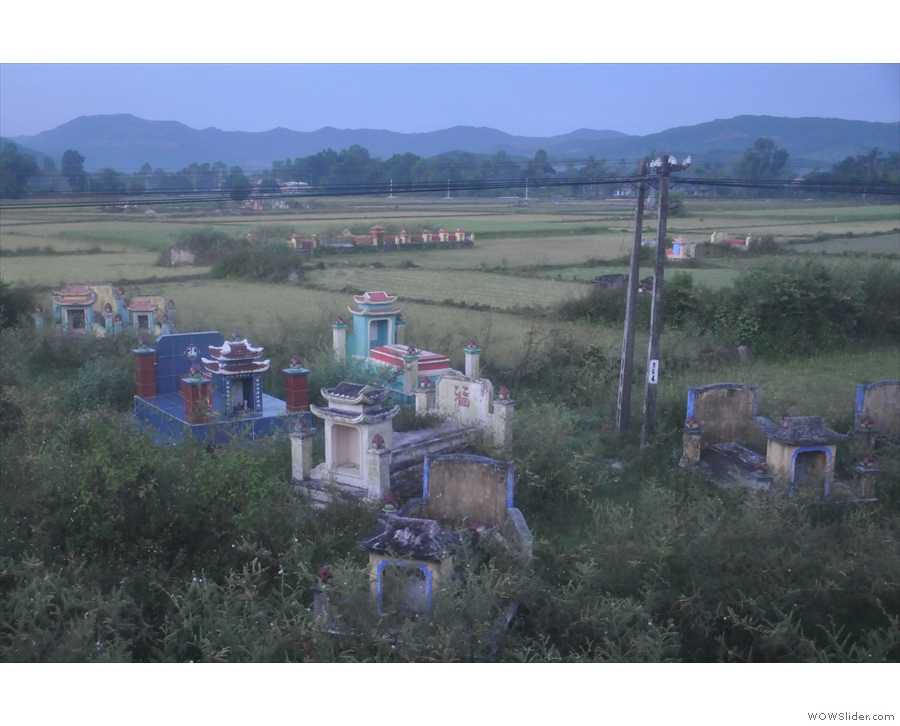
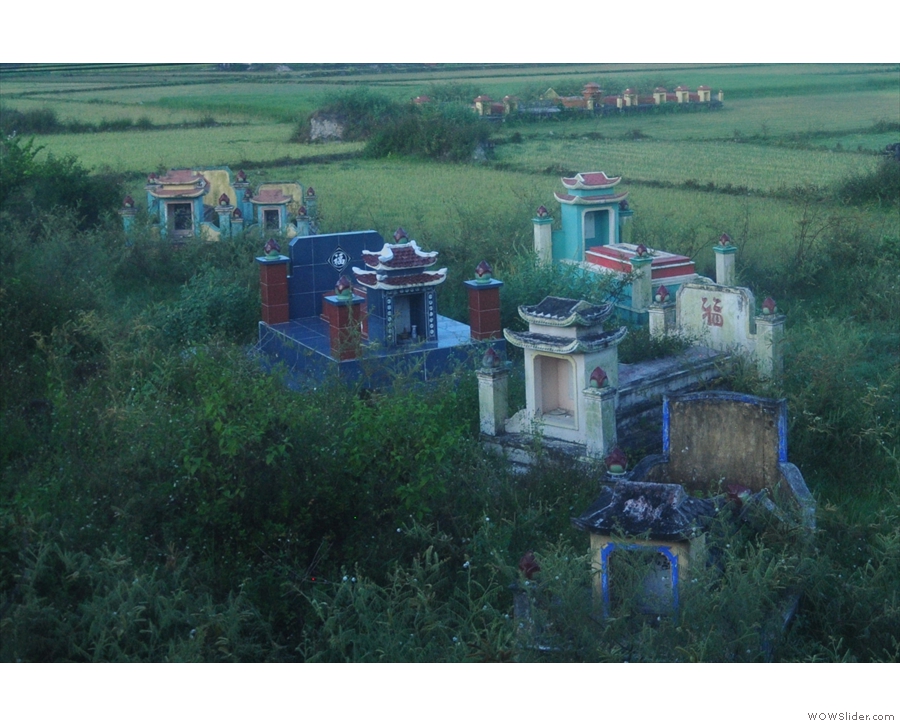
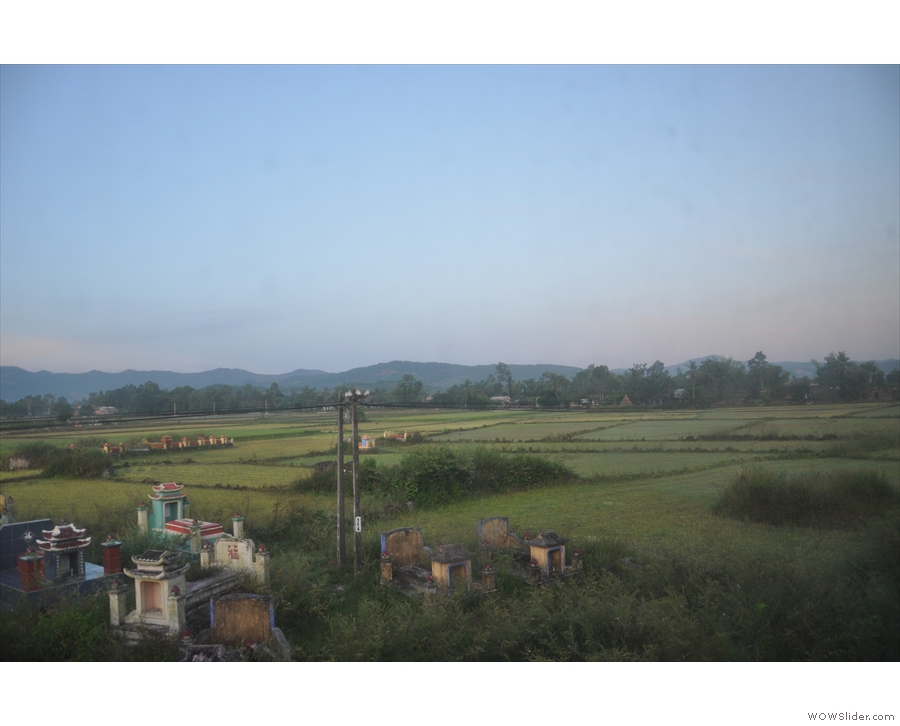
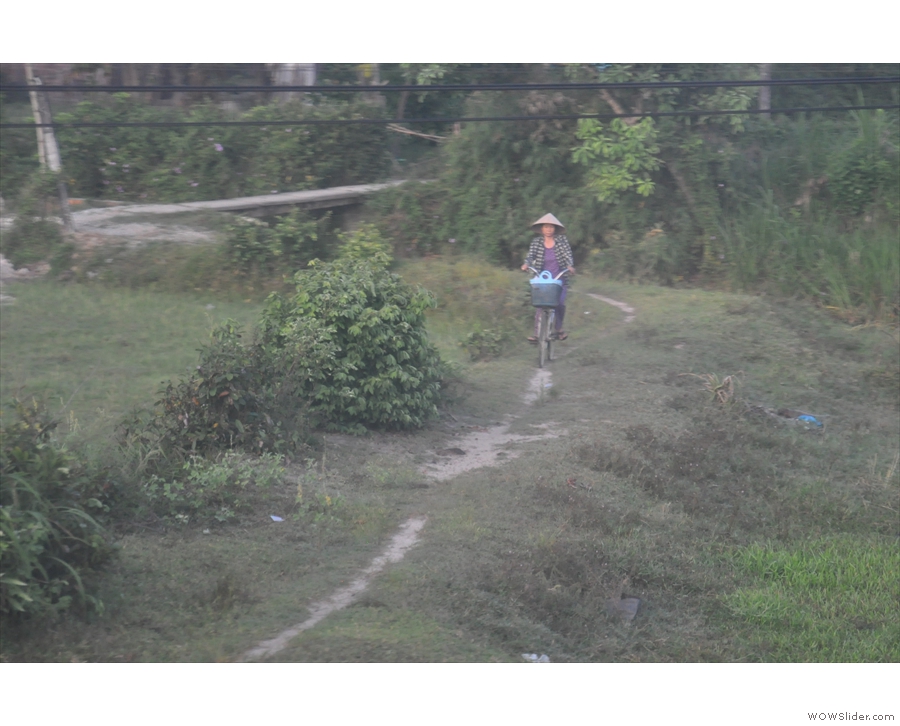
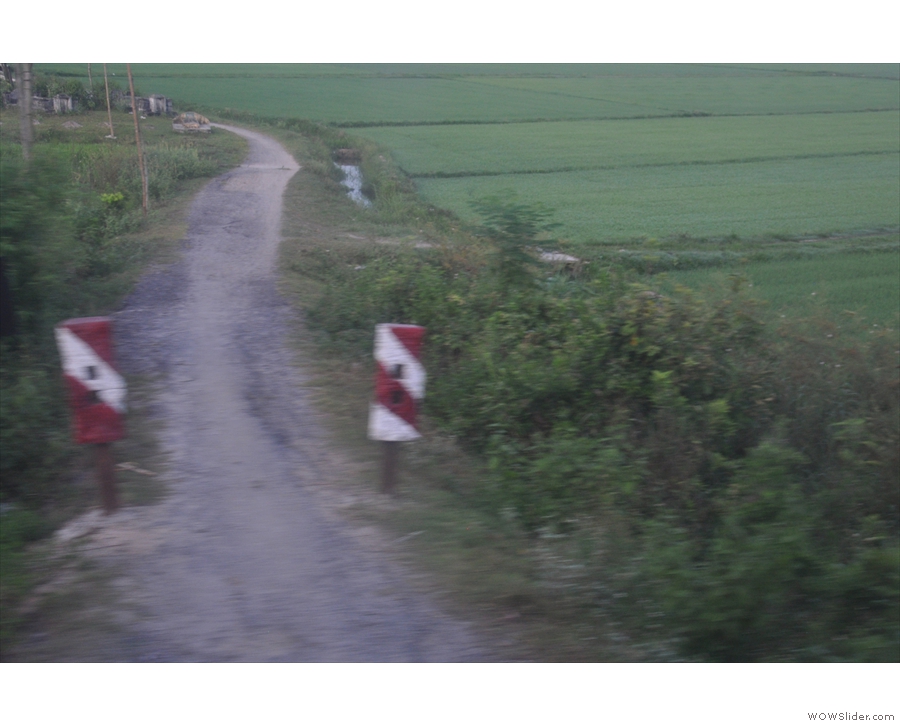
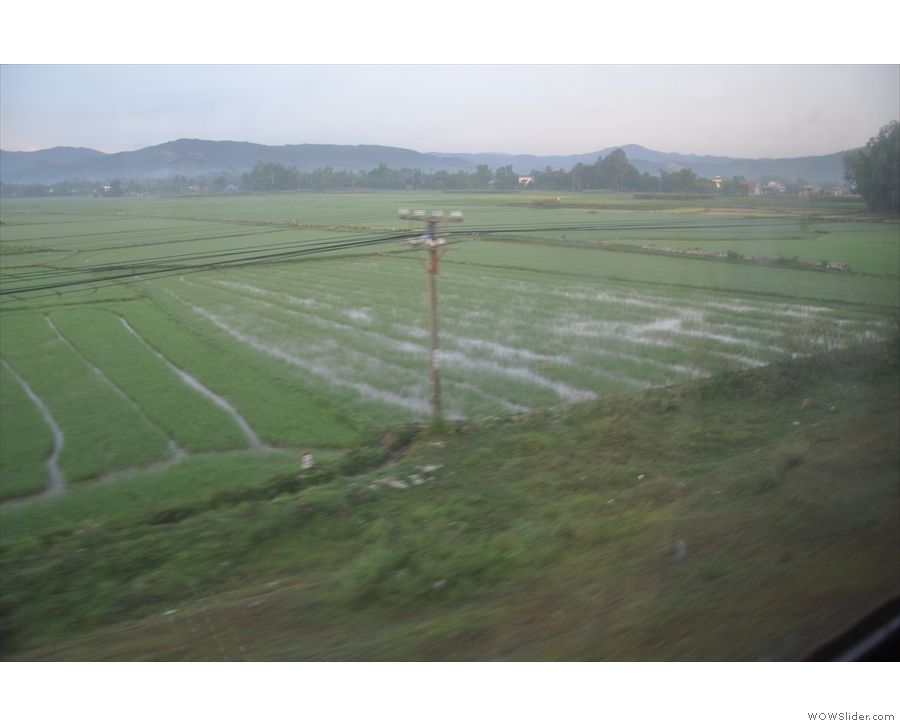
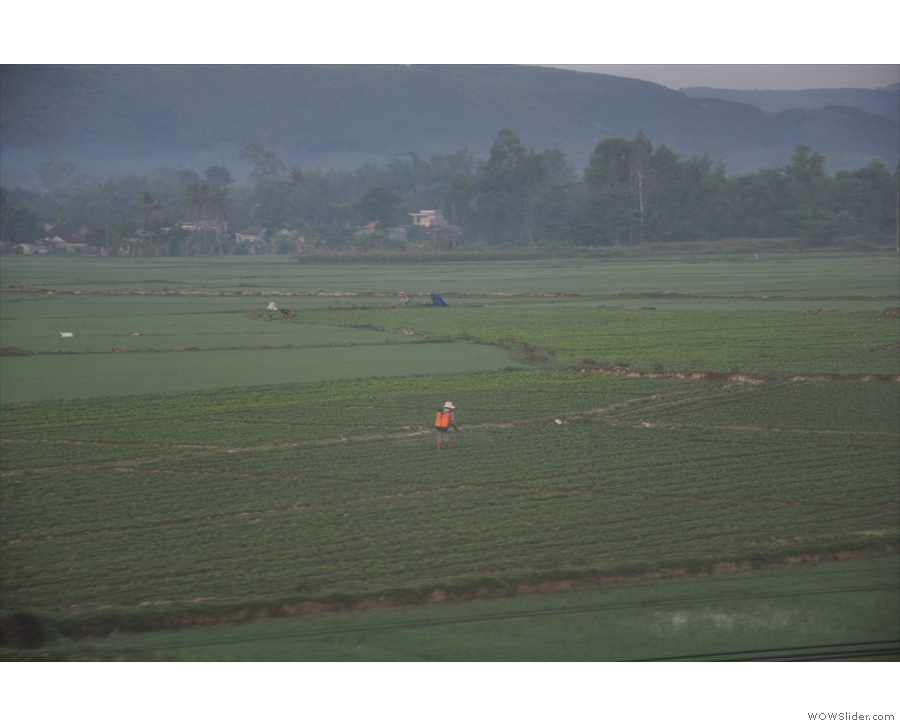
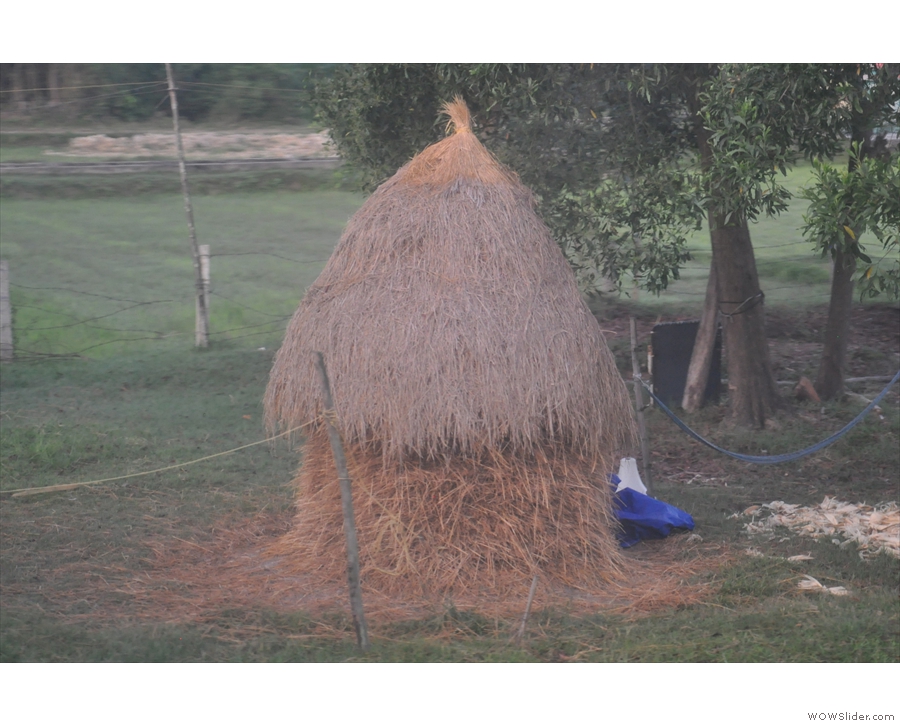
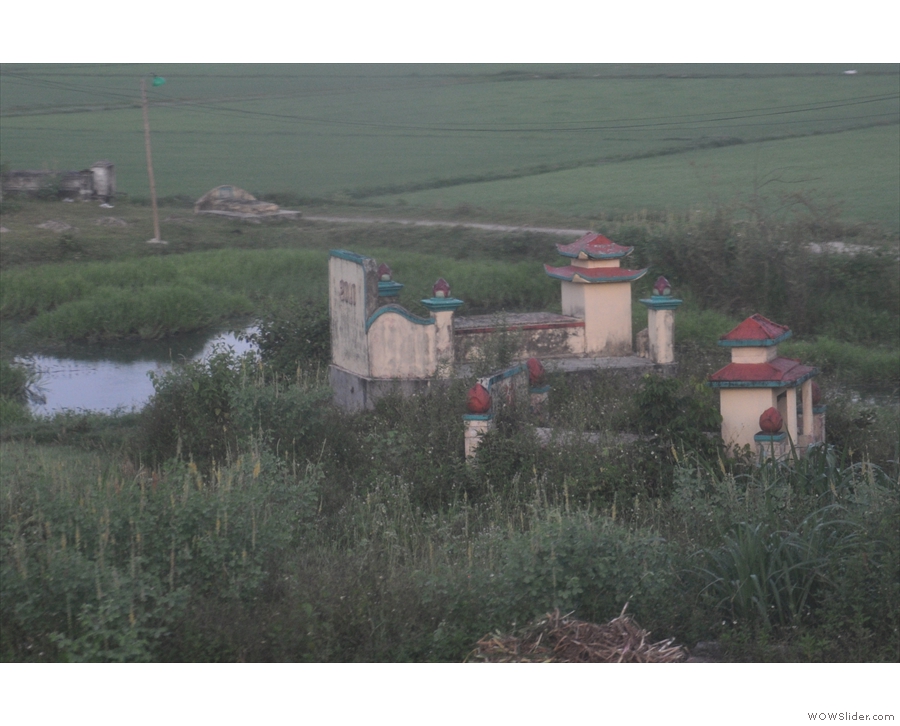
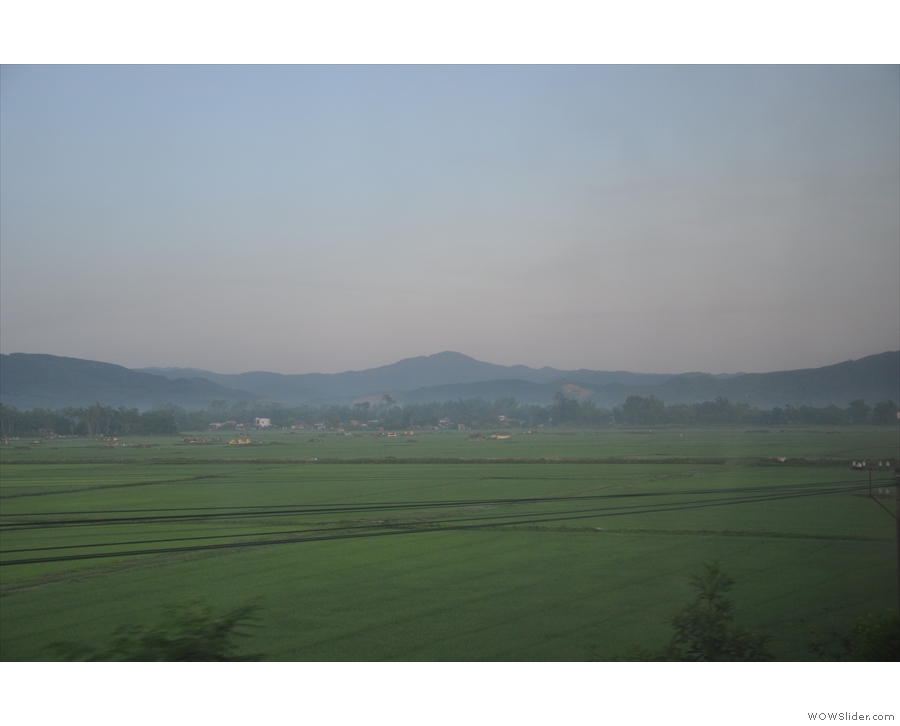
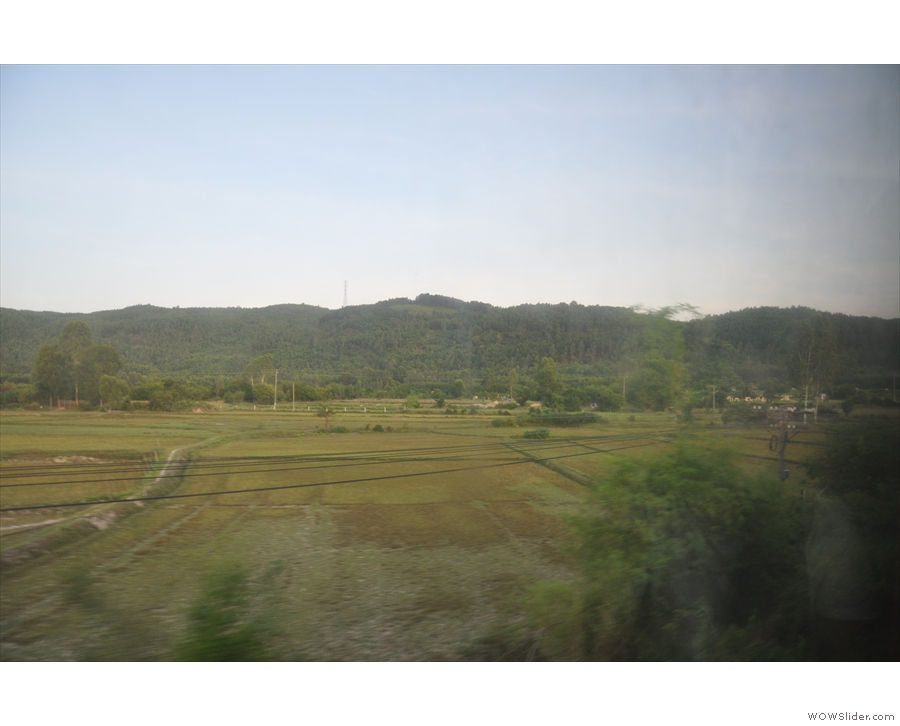
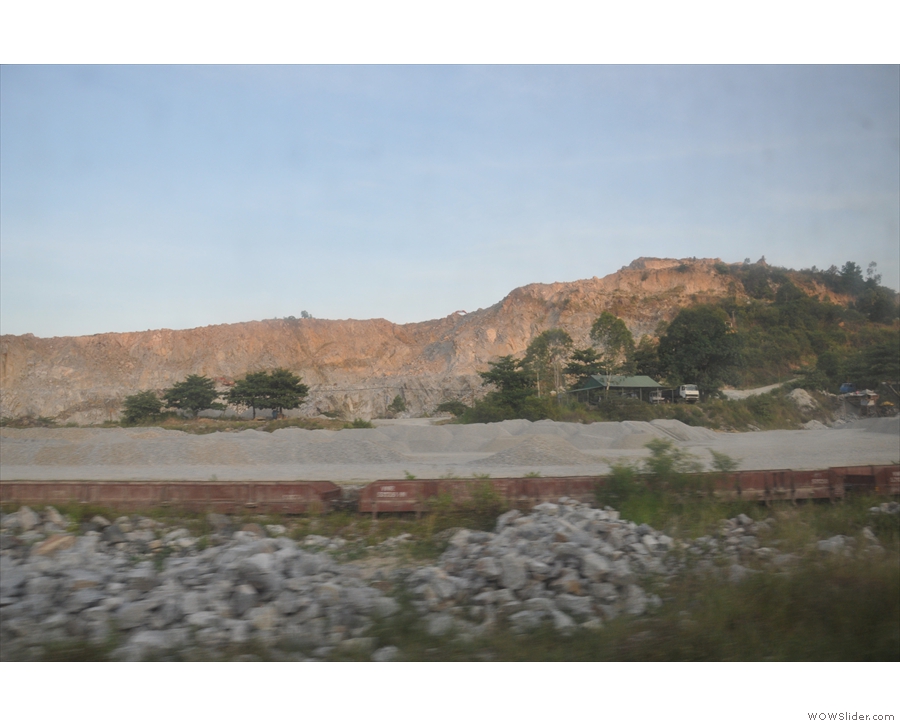
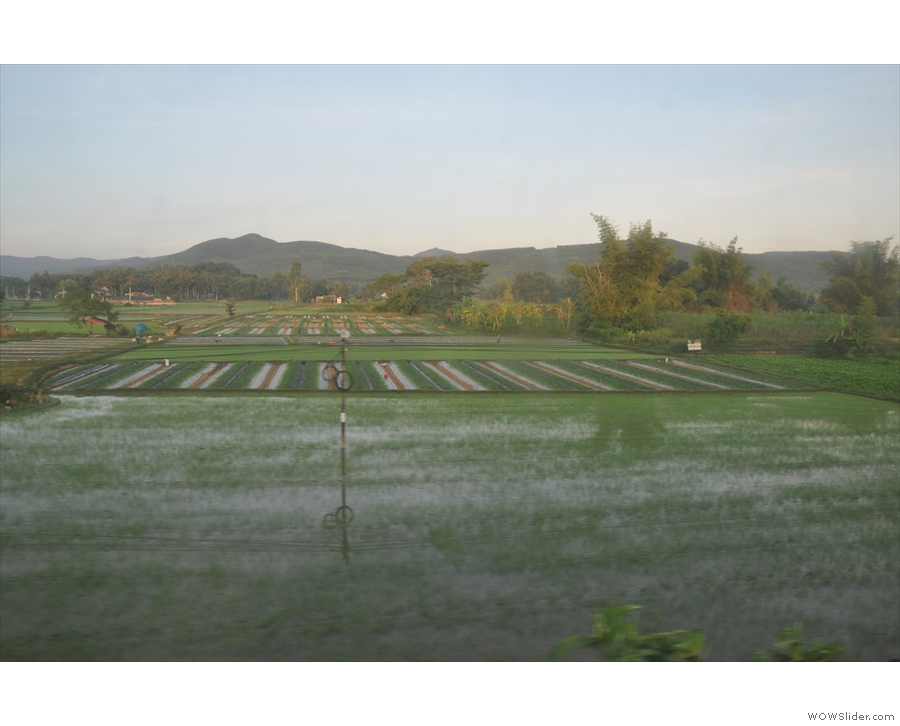
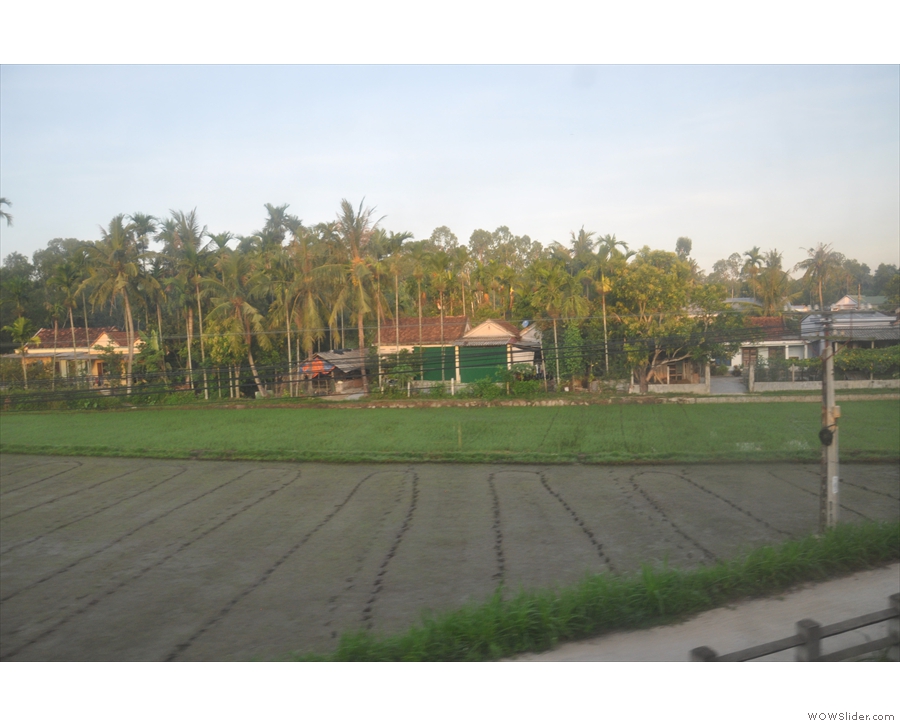
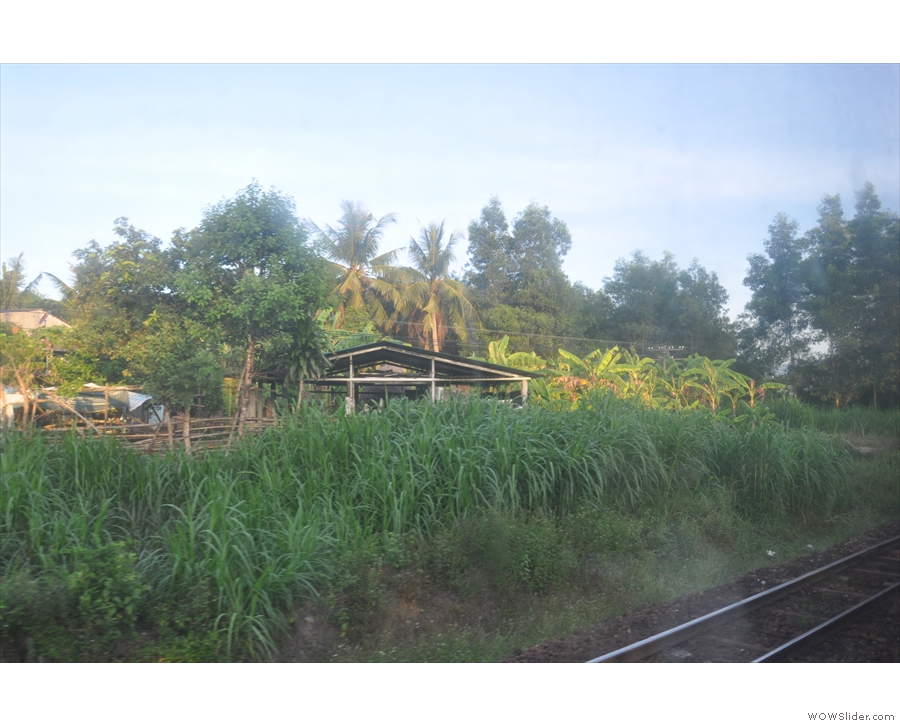
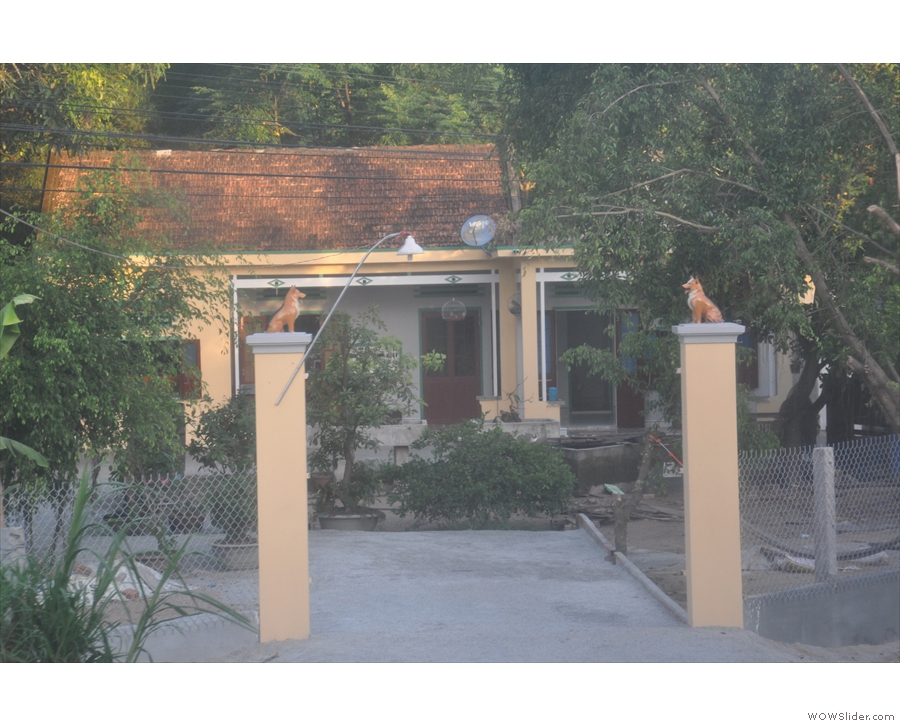
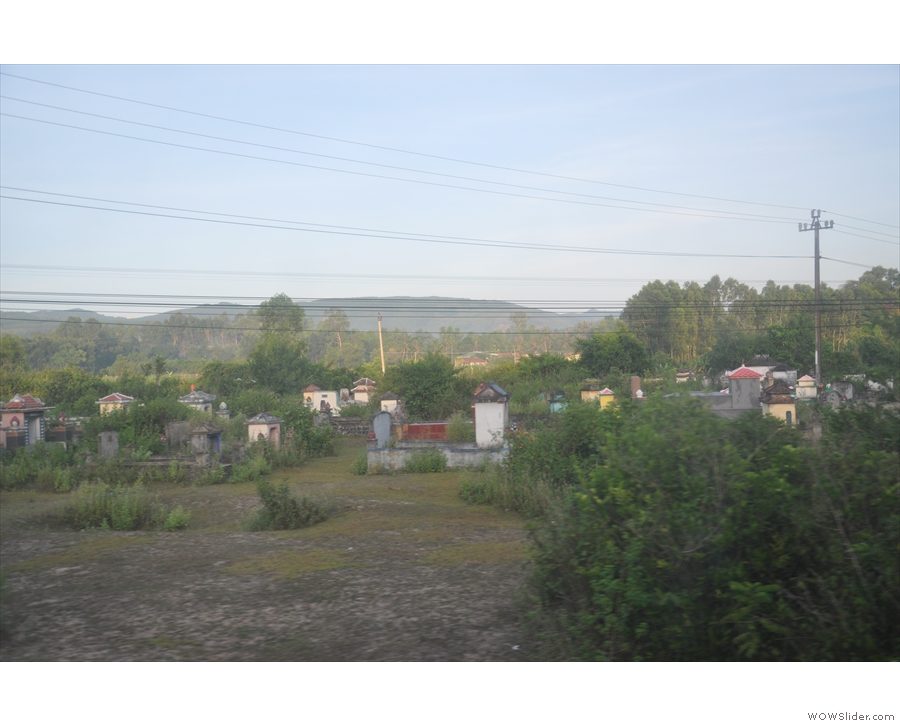
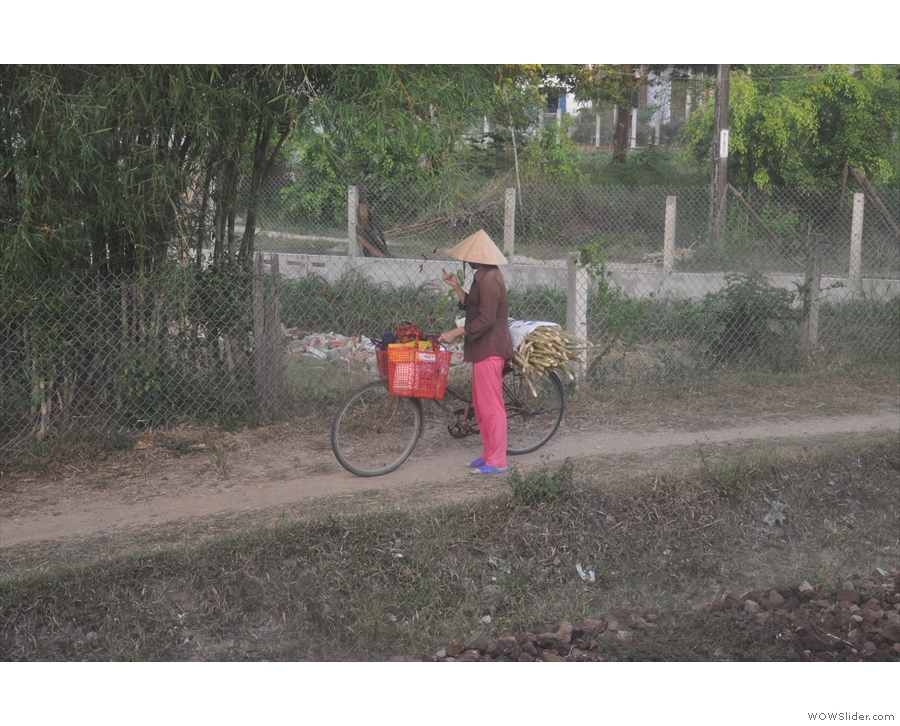
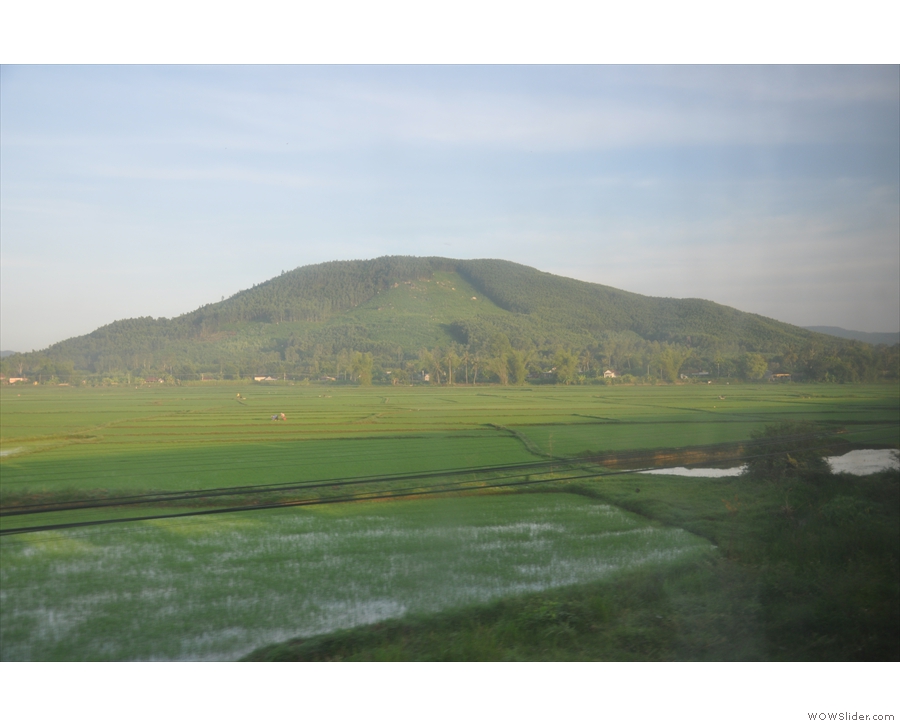
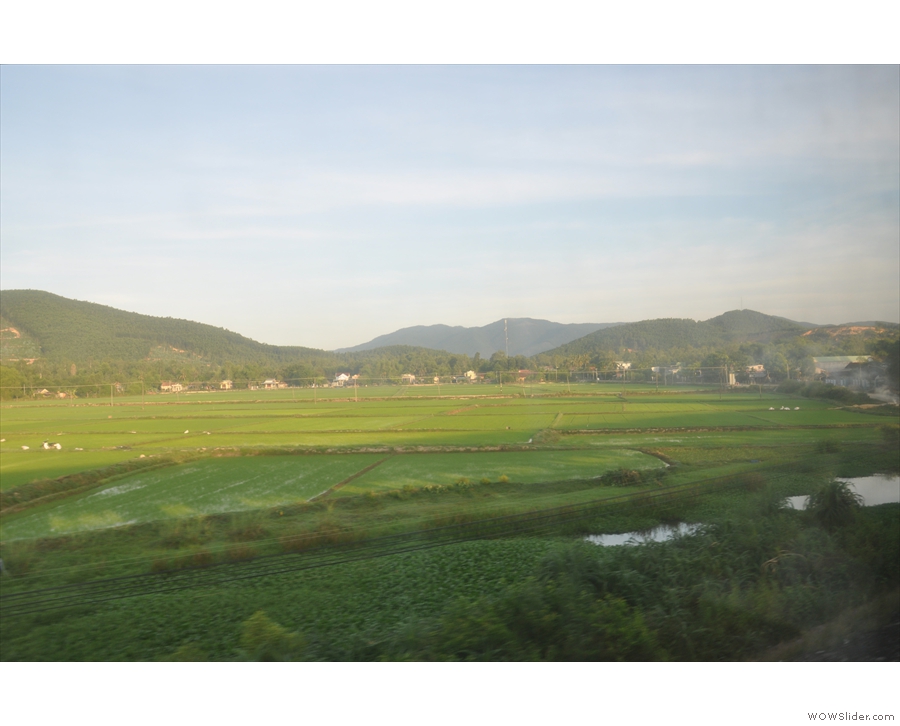
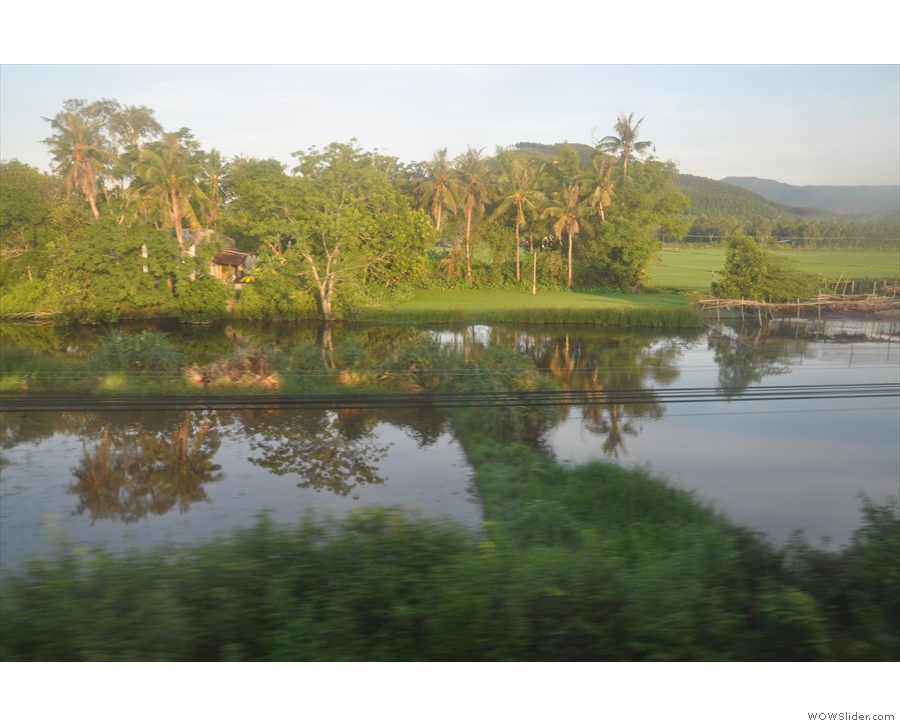
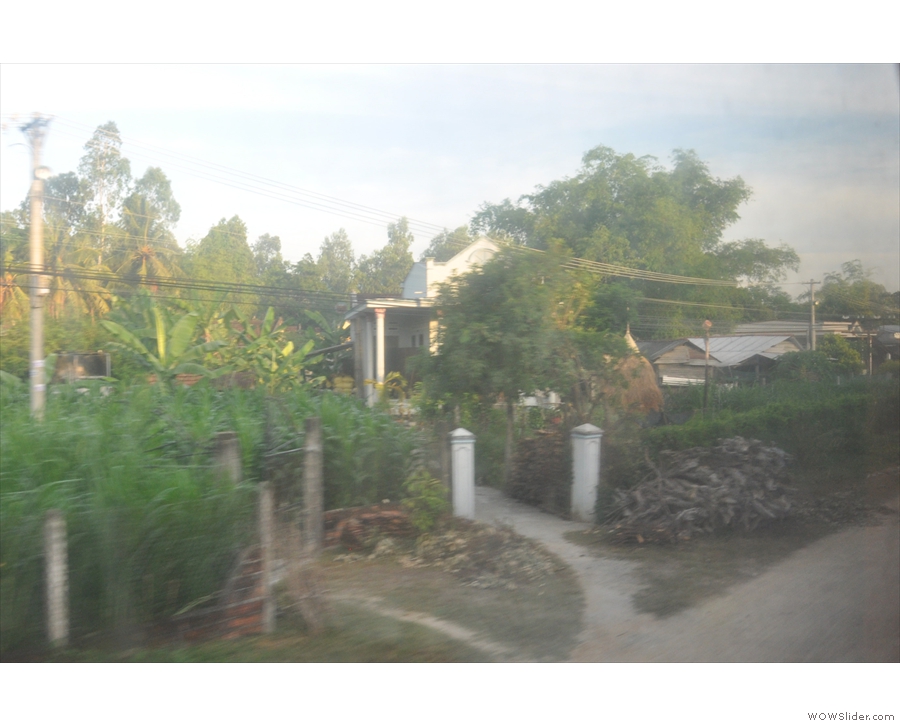
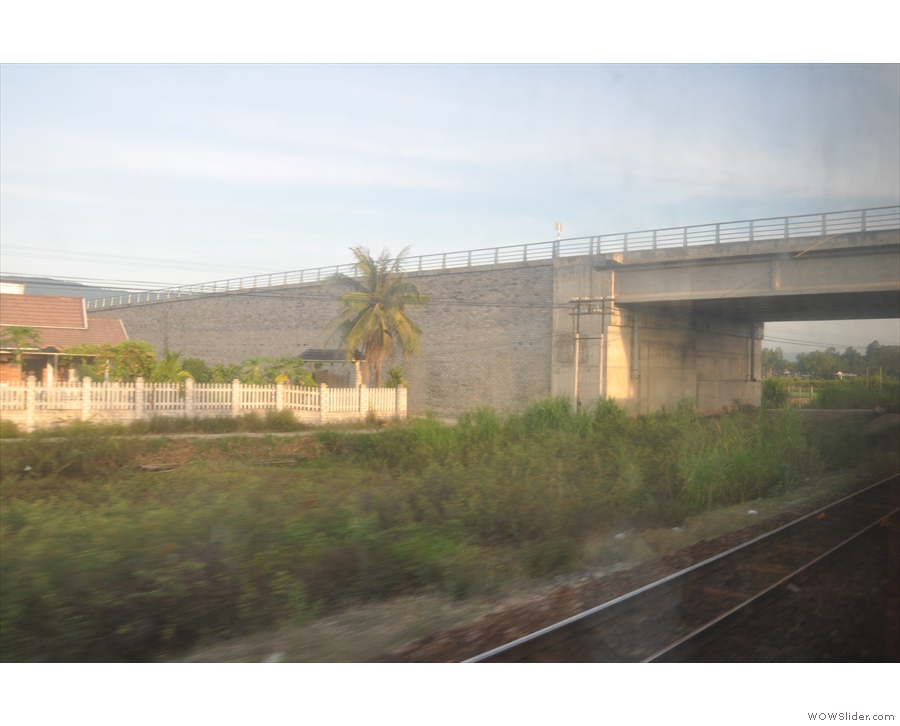
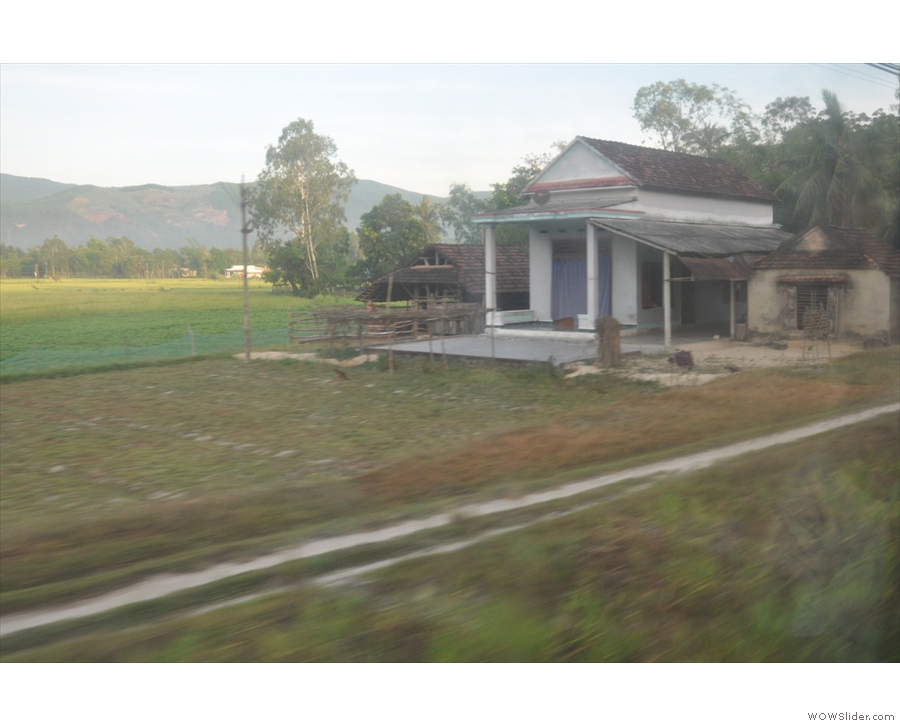
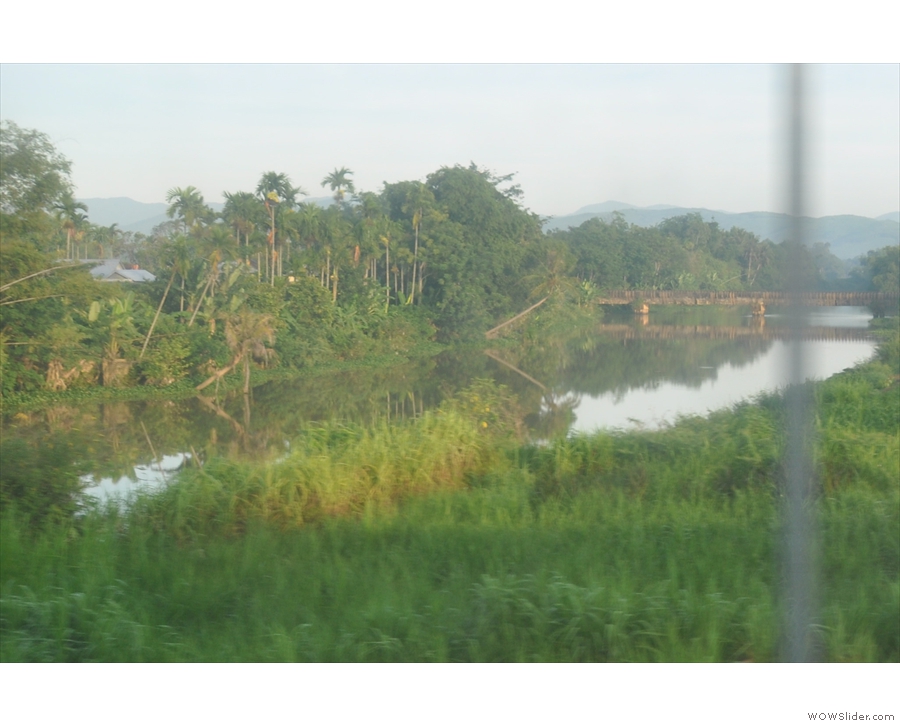
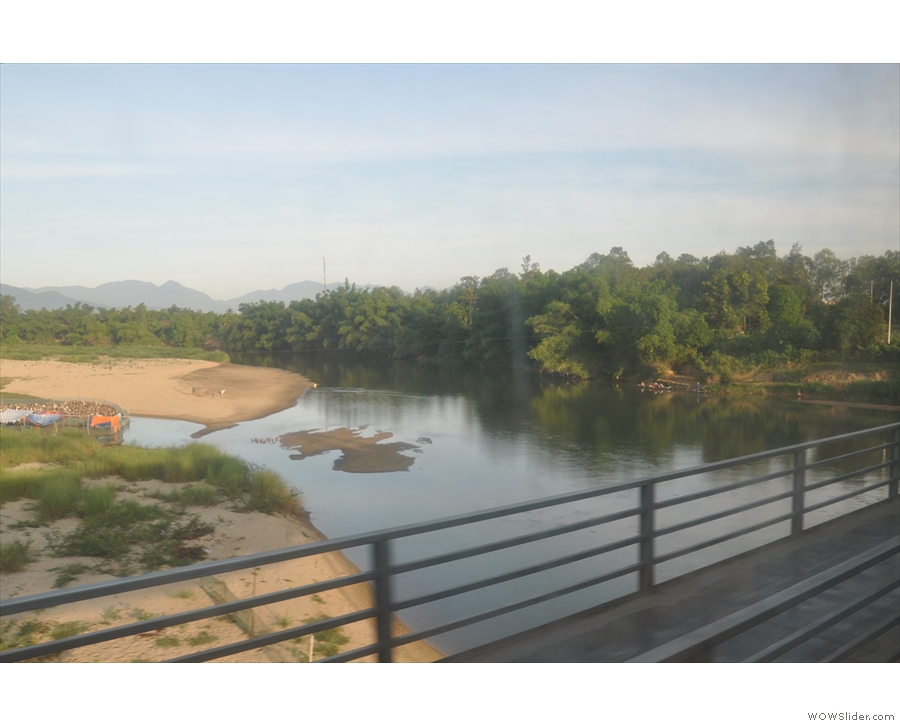
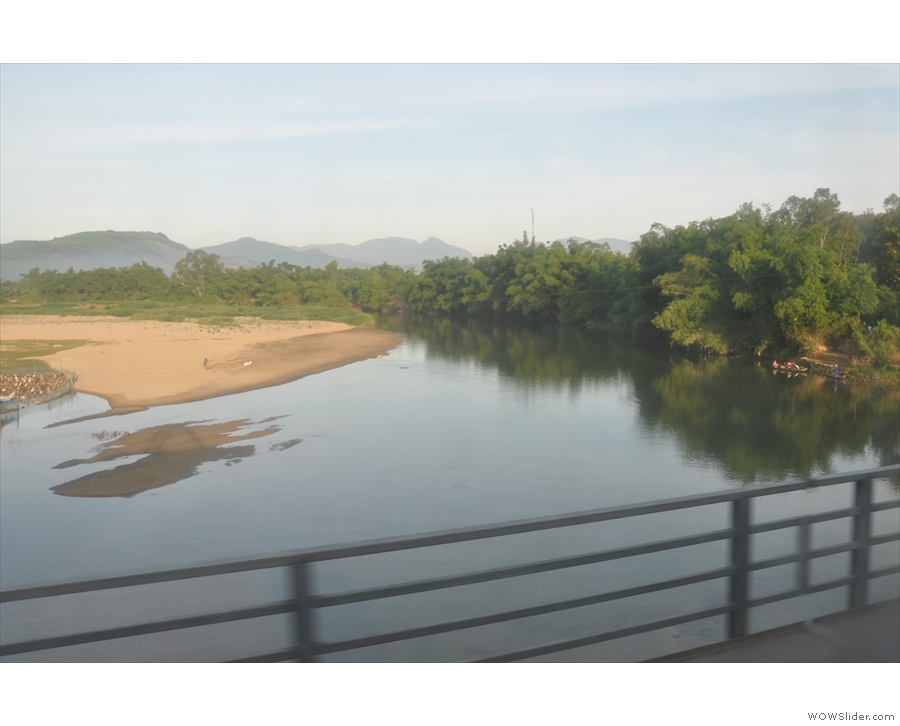
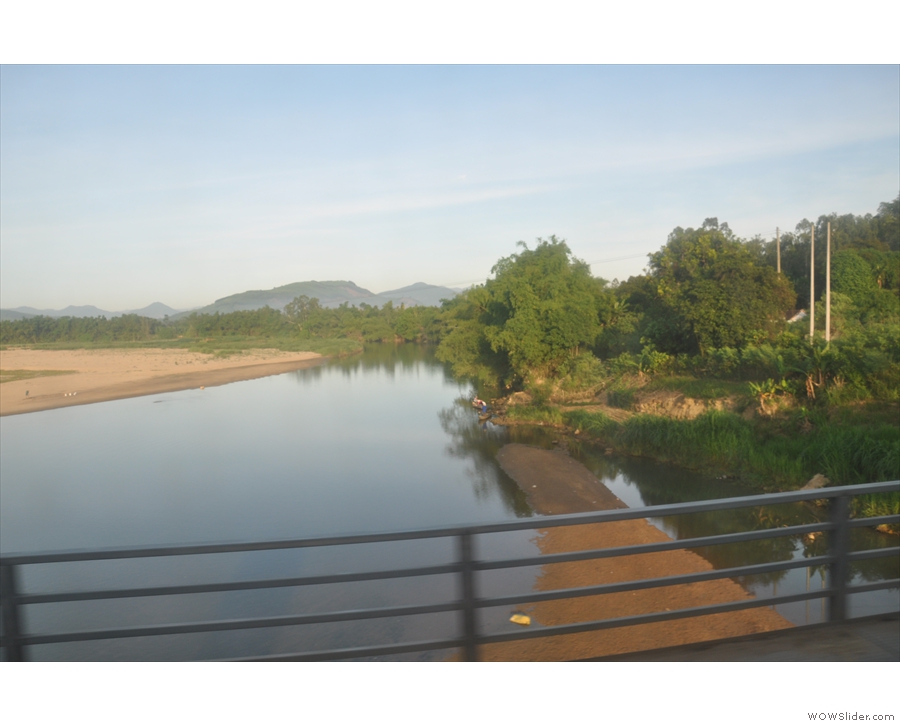
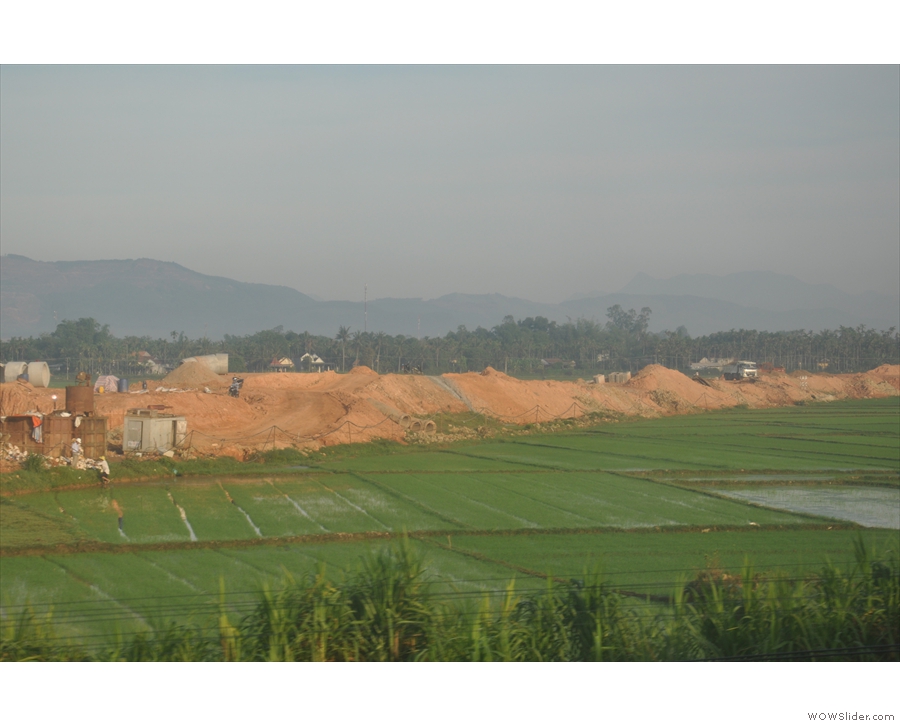
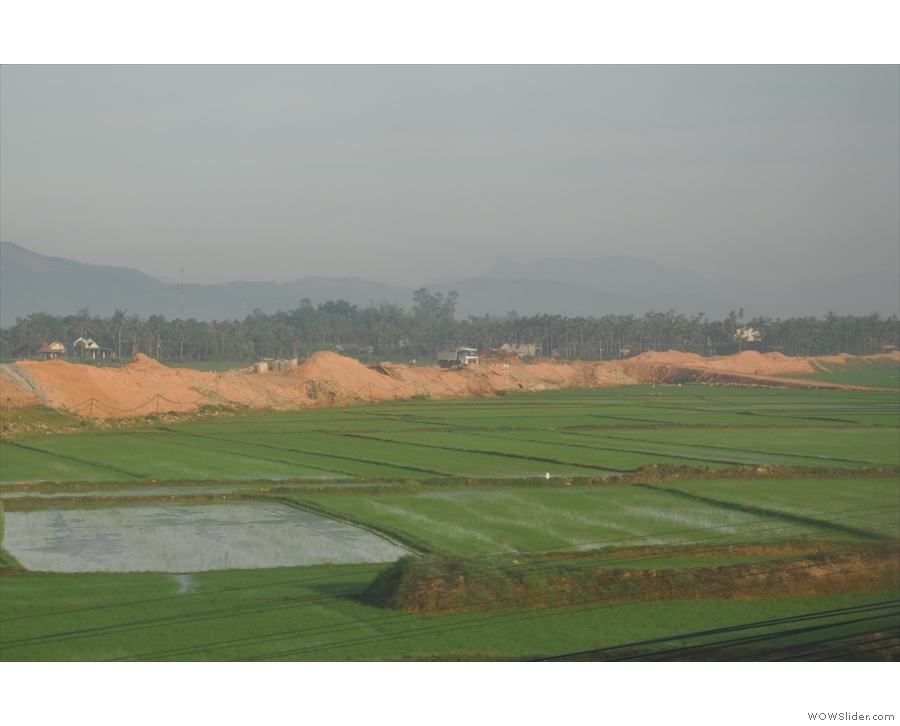
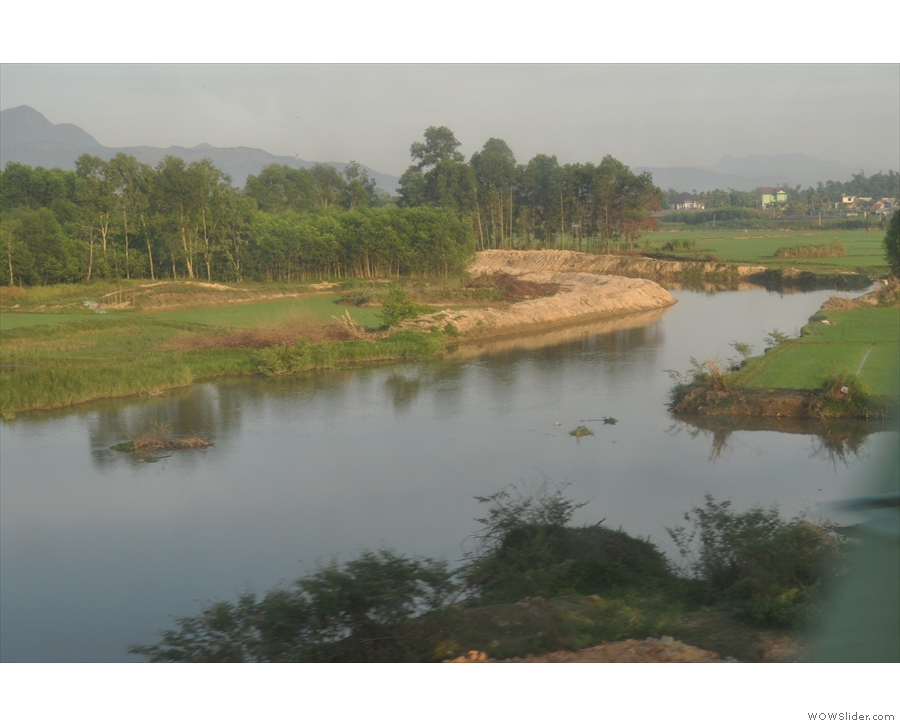
 1
1 2
2 3
3 4
4 5
5 6
6 7
7 8
8 9
9 10
10 11
11 12
12 13
13 14
14 15
15 16
16 17
17 18
18 19
19 20
20 21
21 22
22 23
23 24
24 25
25 26
26 27
27 28
28 29
29 30
30 31
31 32
32 33
33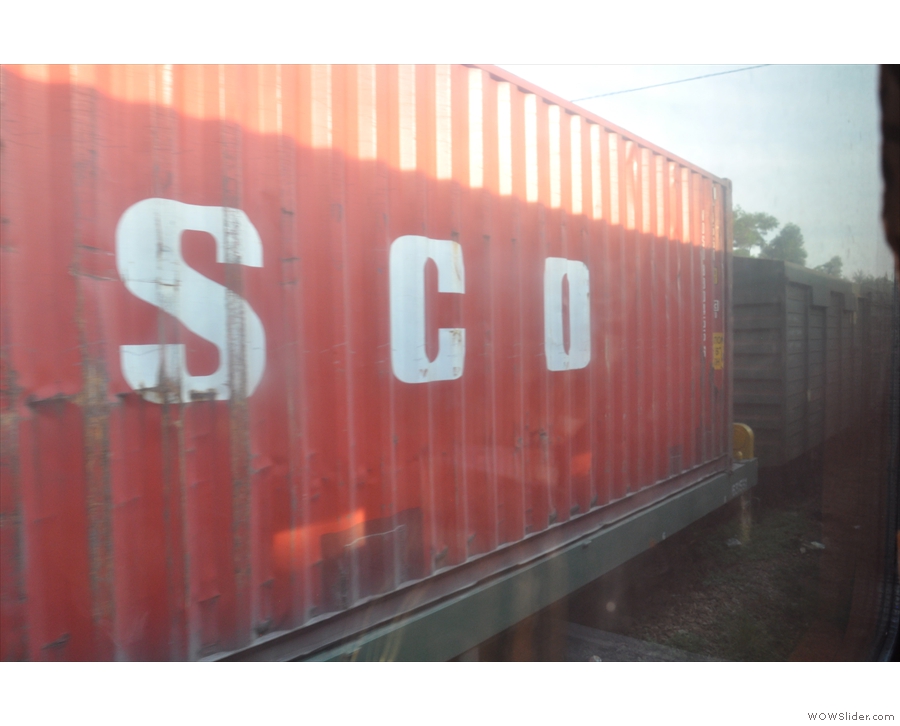
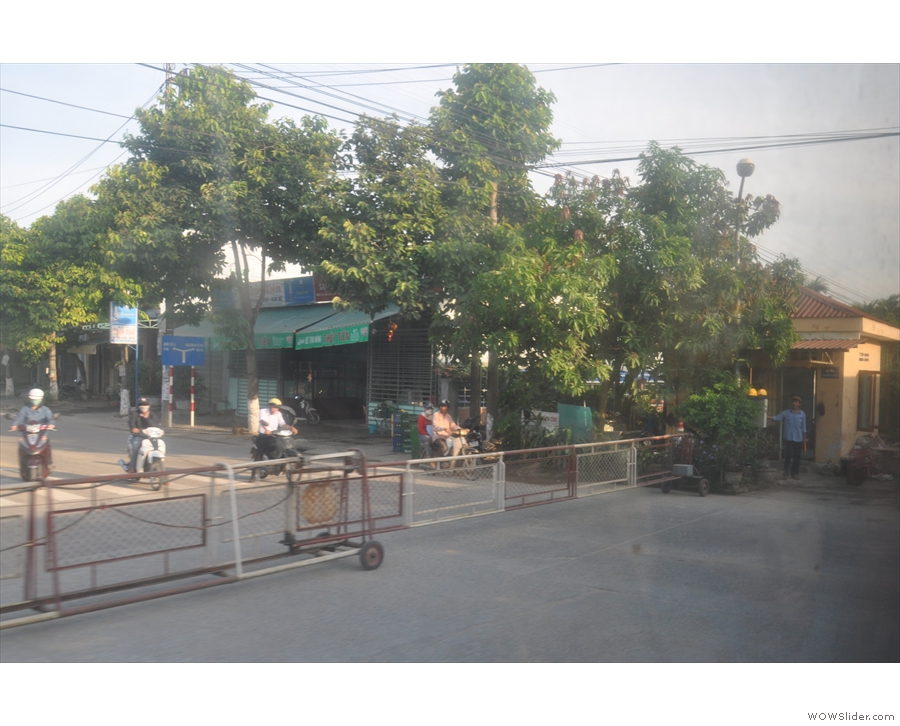
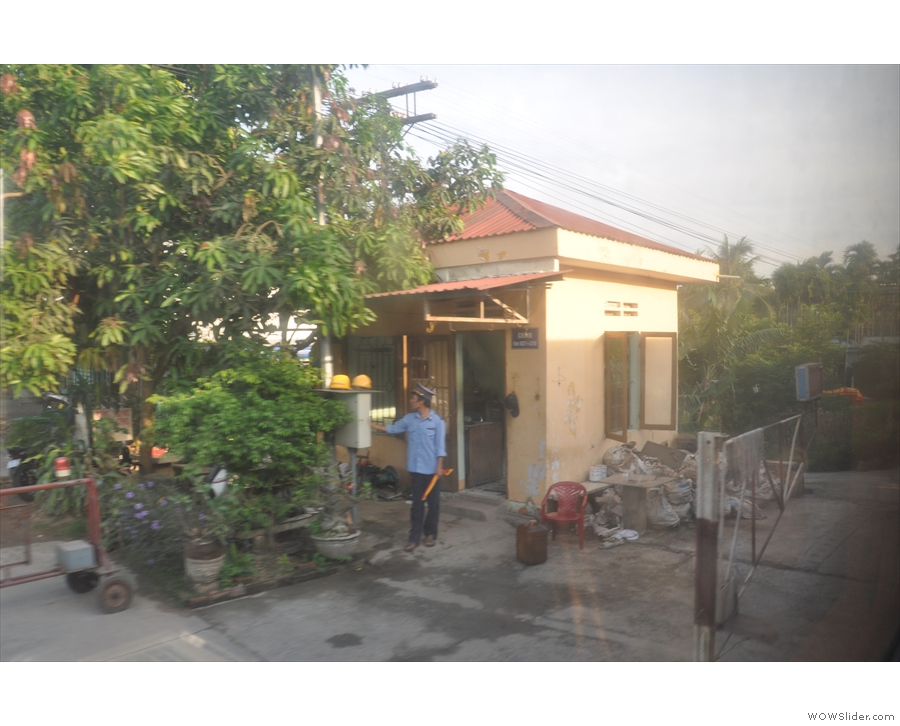
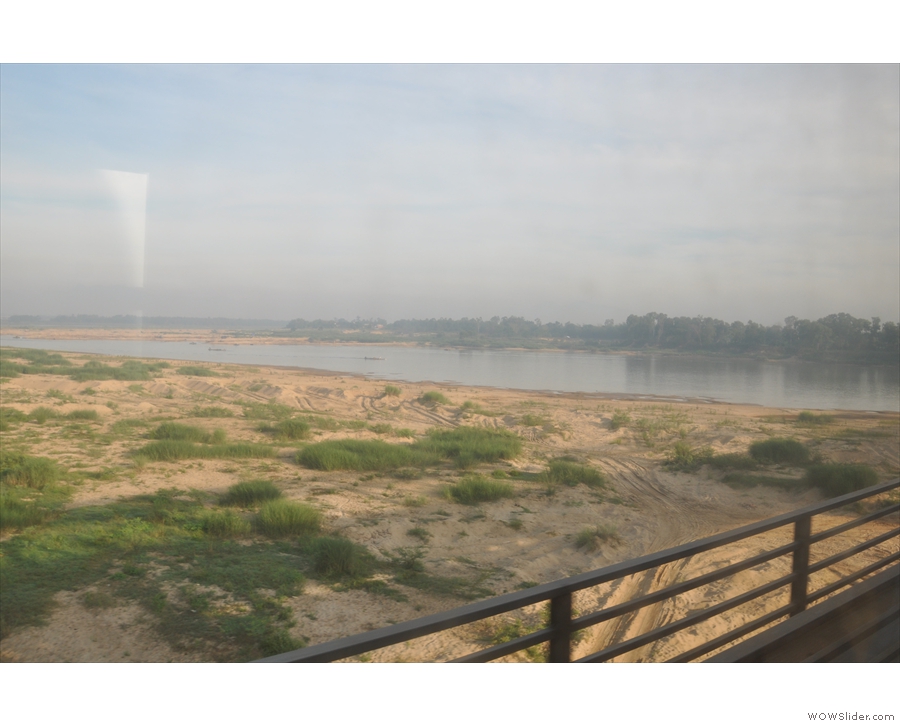
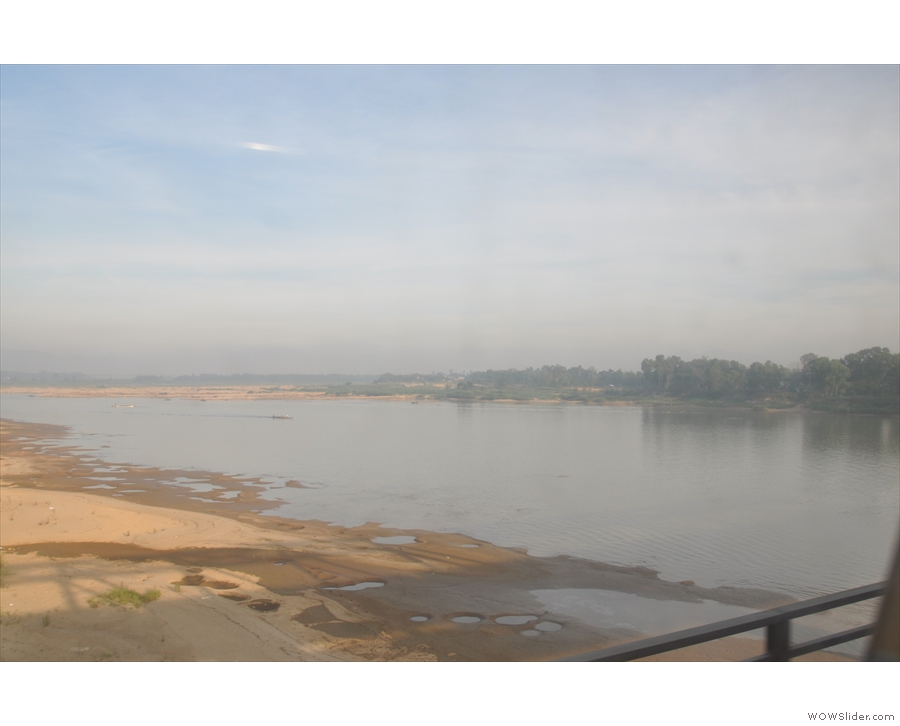
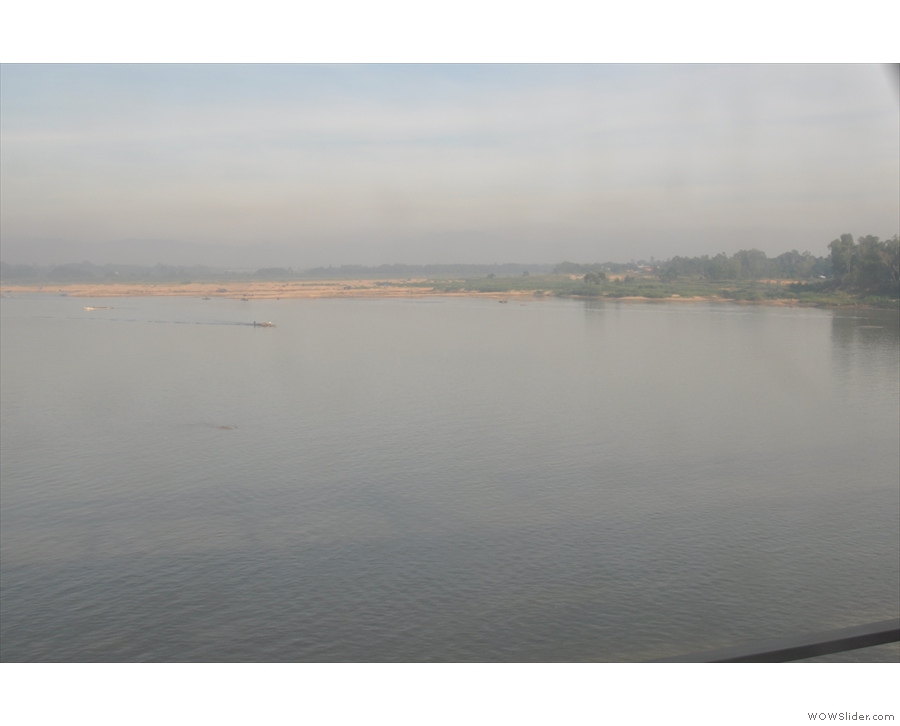
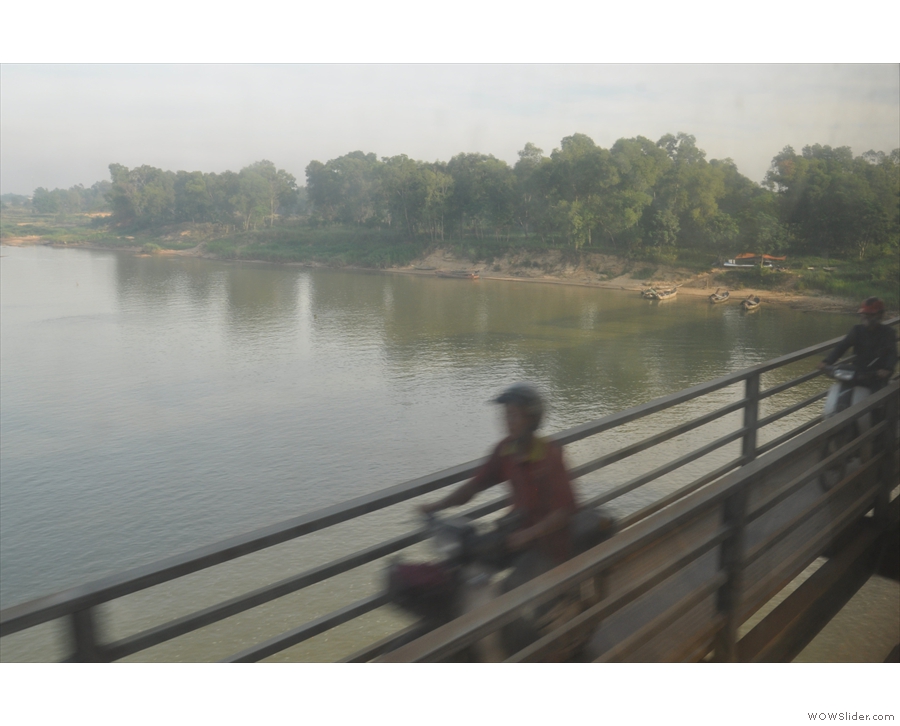
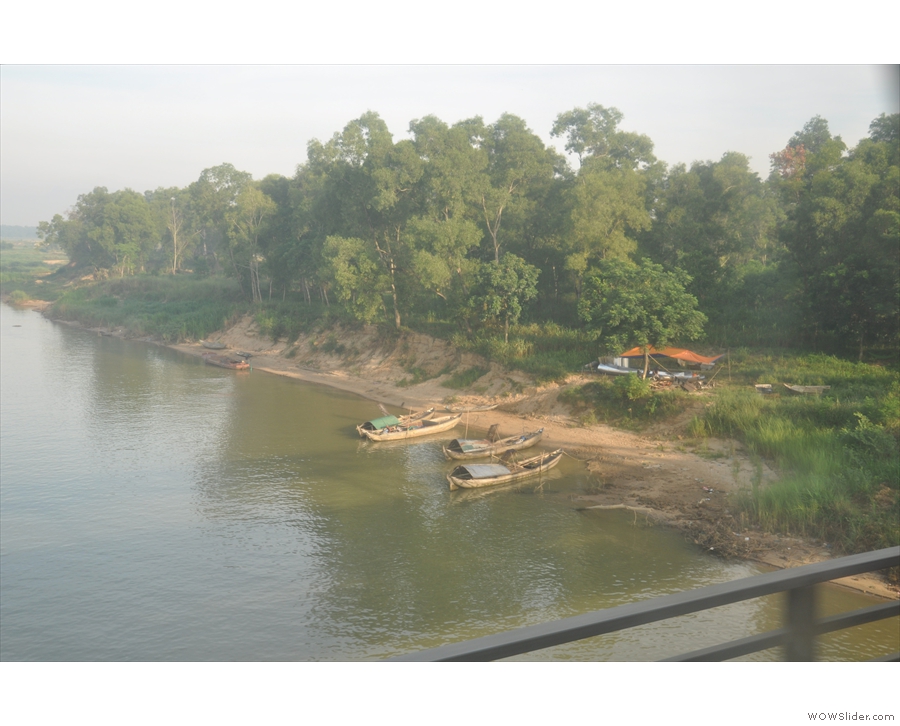
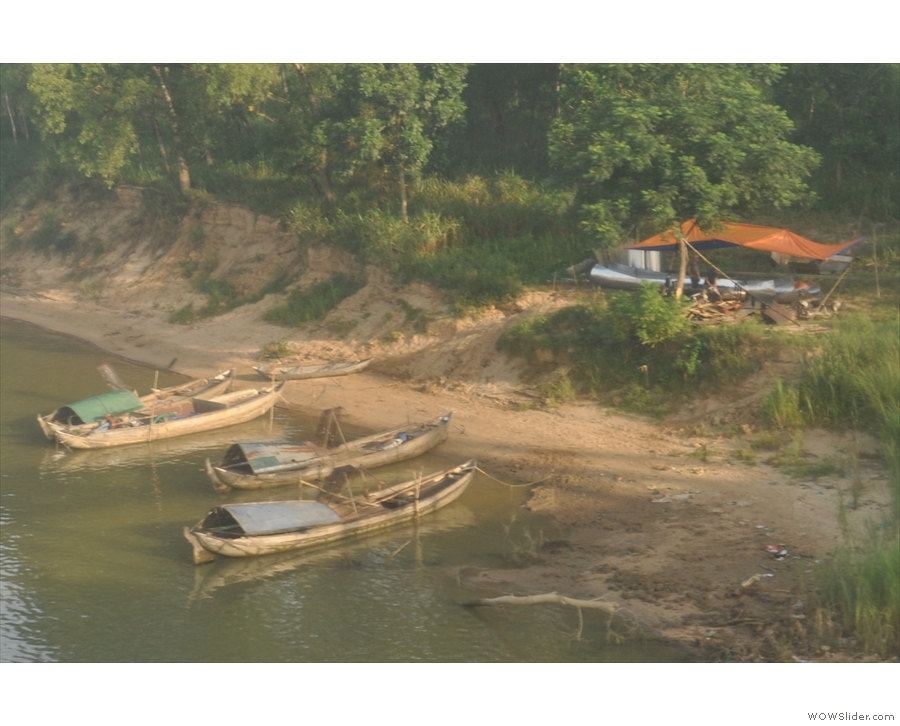
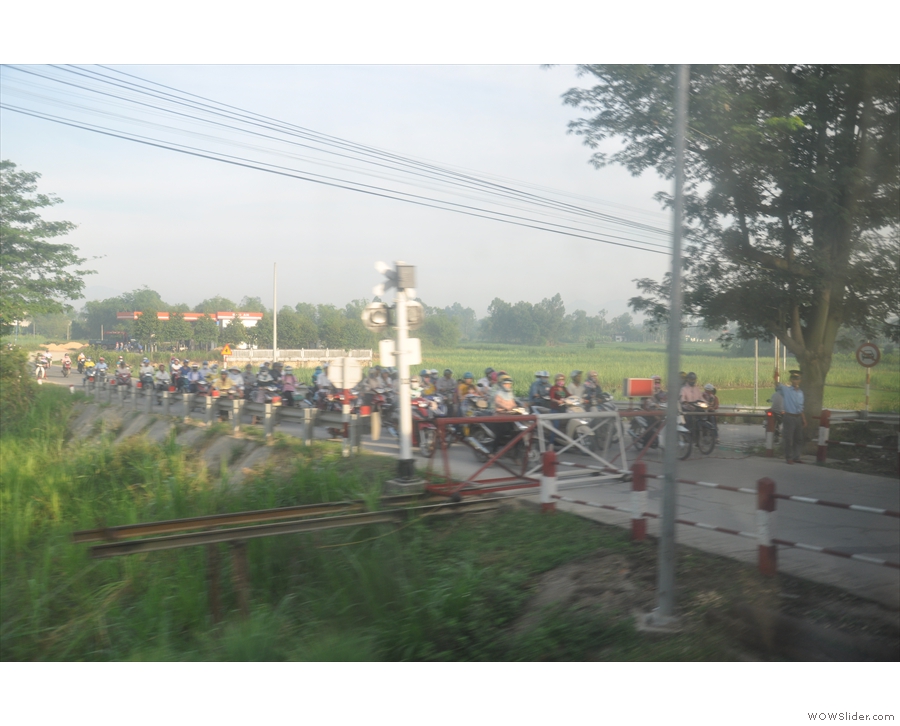
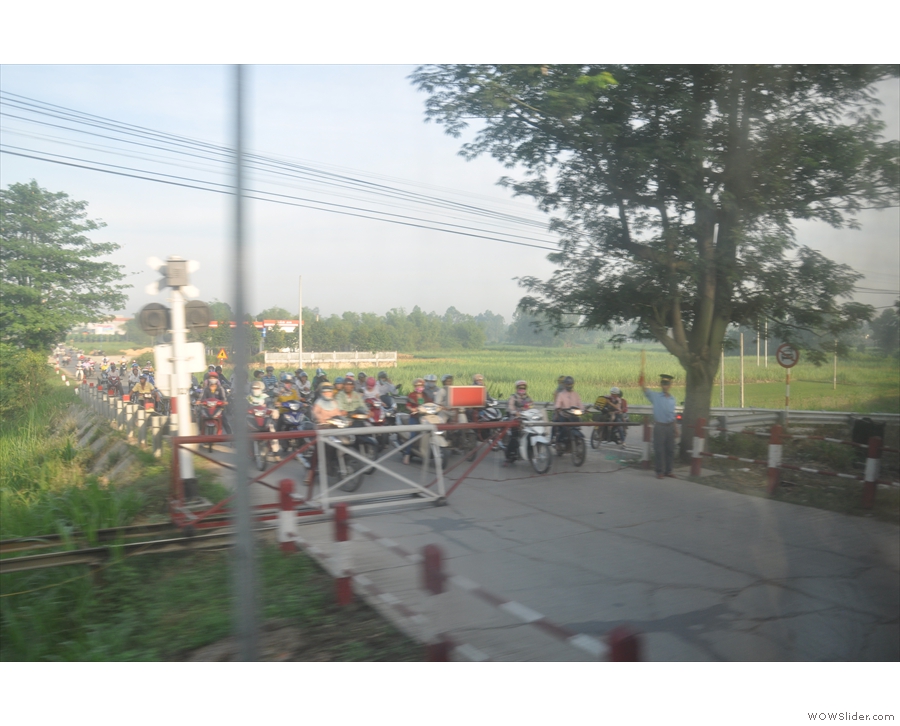
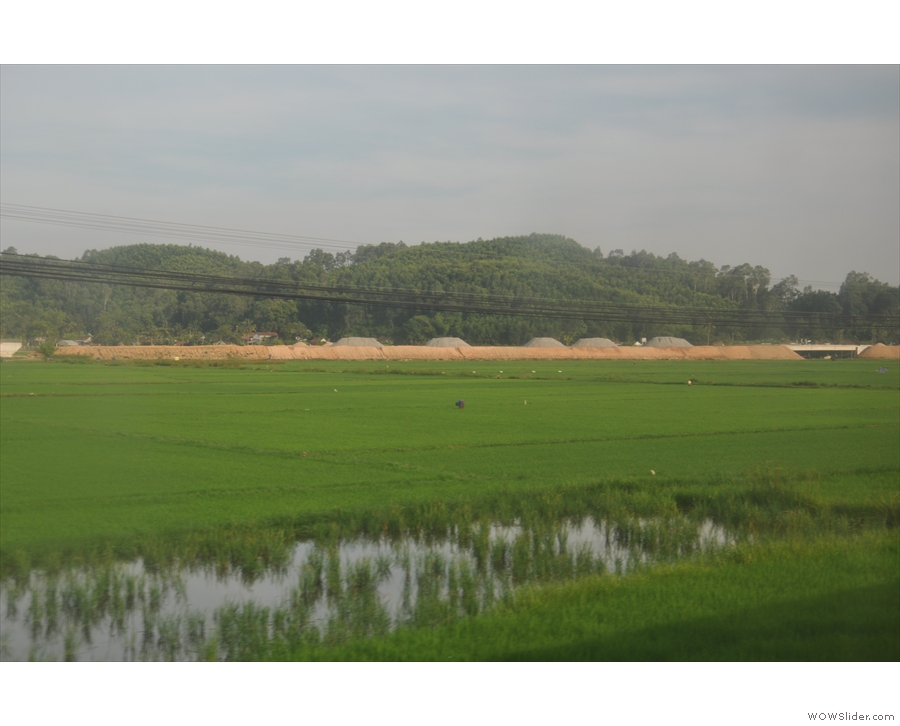
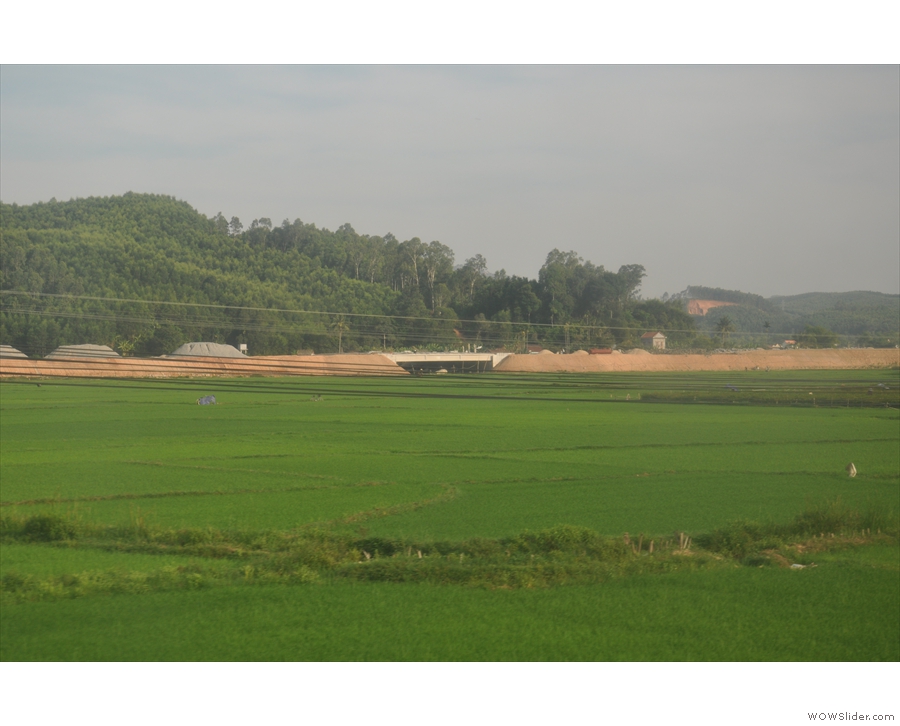
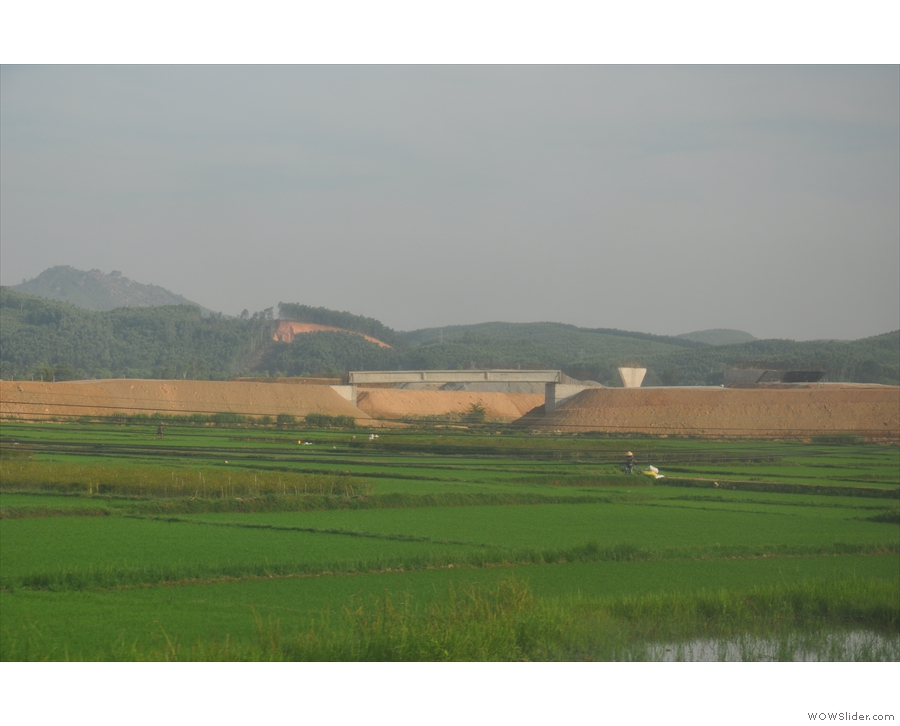
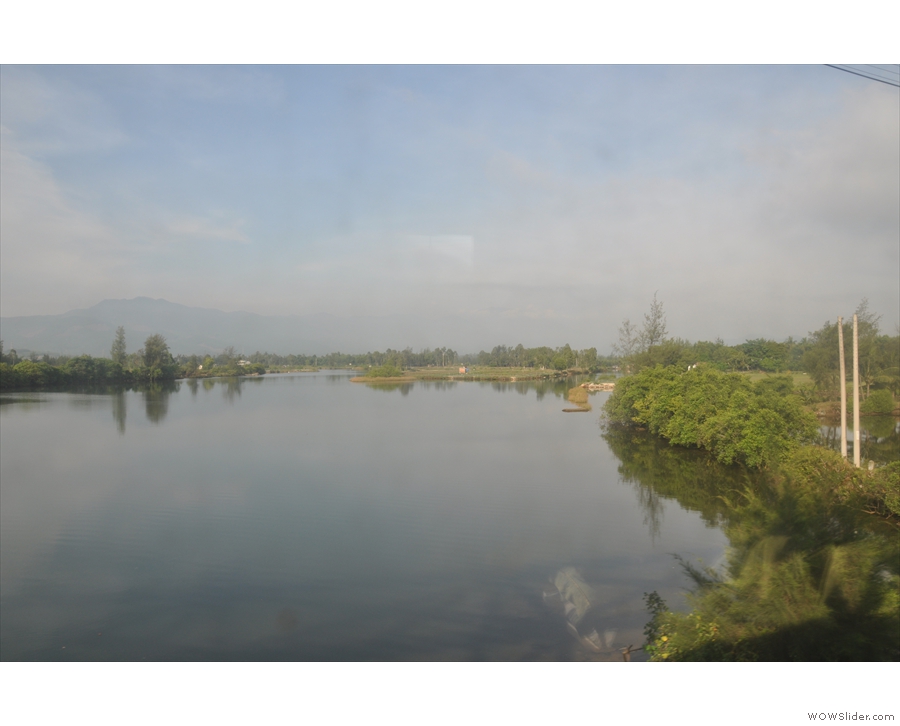
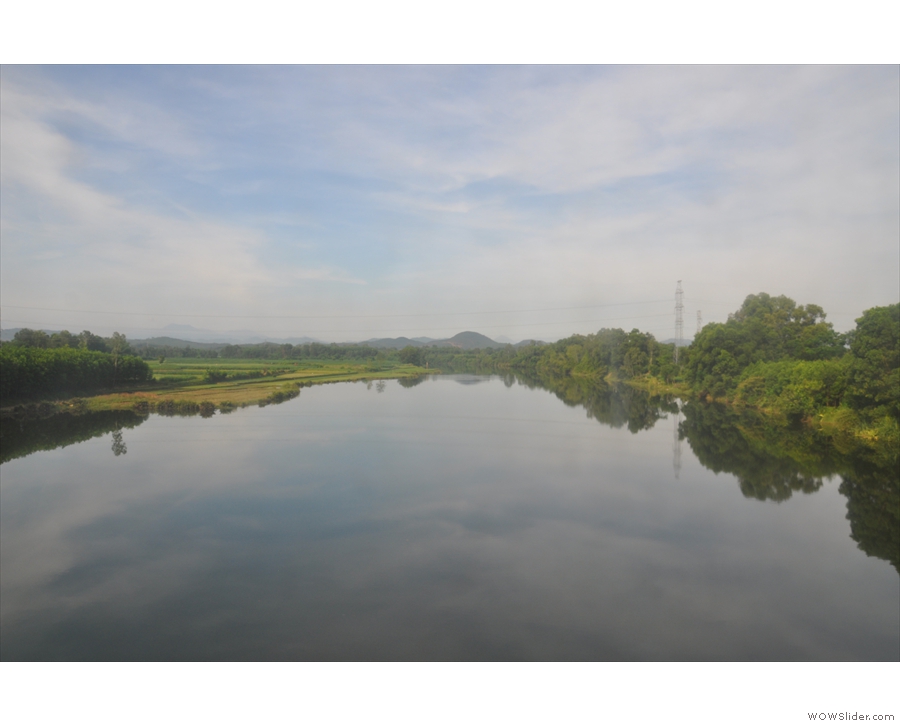
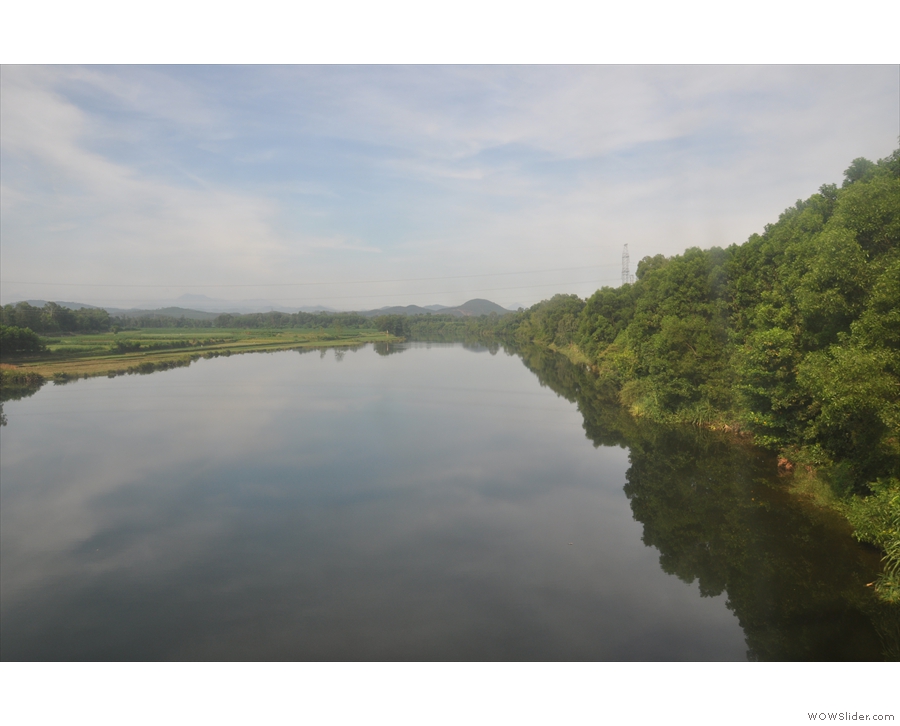
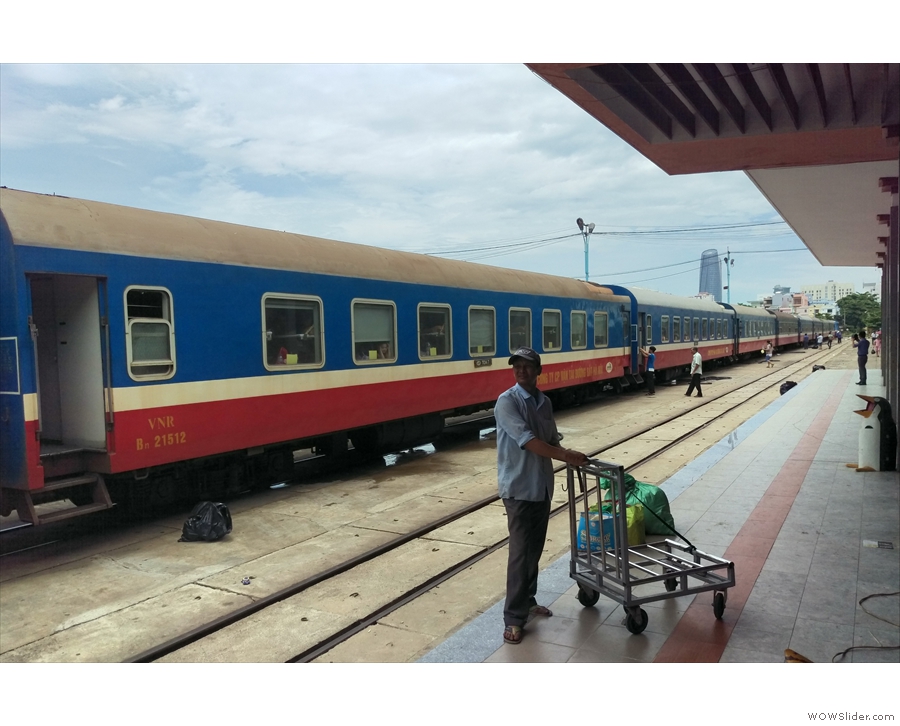
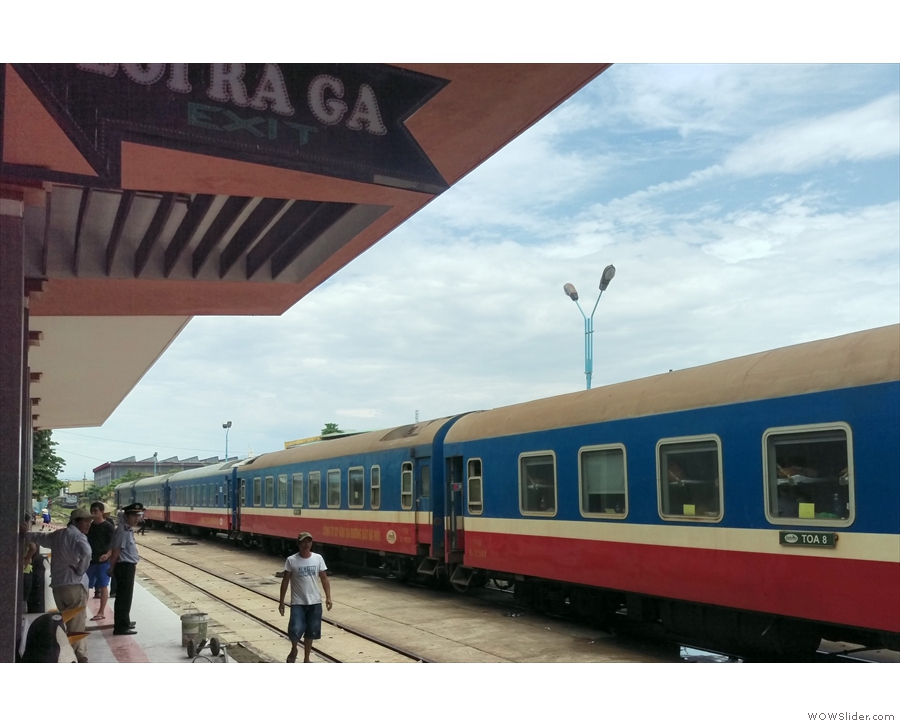
 1
1 2
2 3
3 4
4 5
5 6
6 7
7 8
8 9
9 10
10 11
11 12
12 13
13 14
14 15
15 16
16 17
17 18
18 19
19
Pingback: Brian’s Travel Spot: Flying Business Class with Vietnam Airlines | Brian's Coffee Spot
Pingback: Brian’s Travel Spot: Vietnam | Brian's Coffee Spot
Pingback: The Coffee Spot is Five! | Brian's Coffee Spot
Pingback: Brian’s Travel Spot: Shanghai to Beijing by Train | Brian's Coffee Spot
Pingback: Brian’s Travel Spot: Beijing to Shanghai by Sleeper | Brian's Coffee Spot
Pingback: Brian’s Travel Spot: Amtrak’s Crescent to New Orleans | Brian's Coffee Spot
Pingback: The Chiang Mai Sleeper | Brian's Coffee Spot
Pingback: Brian’s Travel Spot: Caledonian Sleeper to Glasgow | Brian's Coffee Spot
Pingback: Brian’s Travel Spot: Amtrak’s Crescent to New Orleans | Brian's Coffee Spot
Pingback: Brian’s Travel Spot: The Chiang Mai Sleeper, Special Express #13 | Brian's Coffee Spot
Pingback: Brian’s Travel Spot: Vietnam | Brian's Coffee Spot
Pingback: Brian’s Travel Spot: Danang, Hoi An and Huế | Brian's Coffee Spot
Pingback: Brian’s Travel Spot: Huế to Hanoi | Brian's Coffee Spot